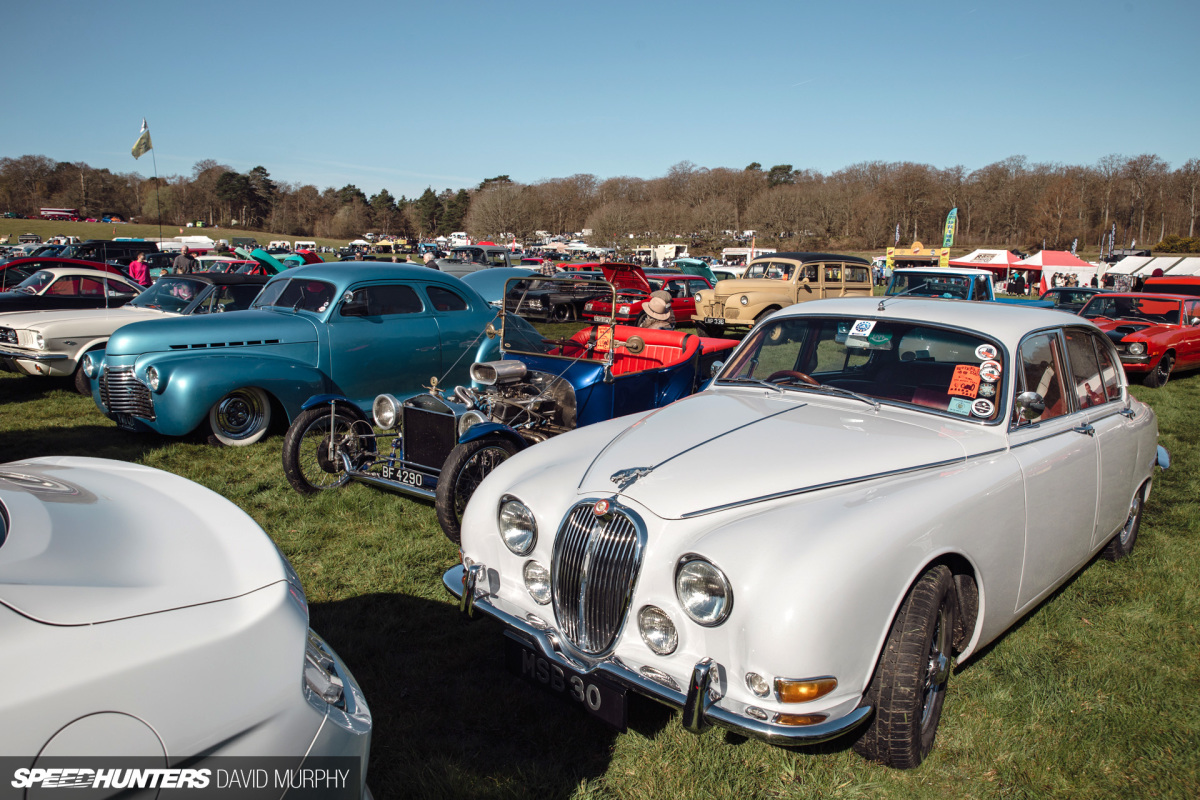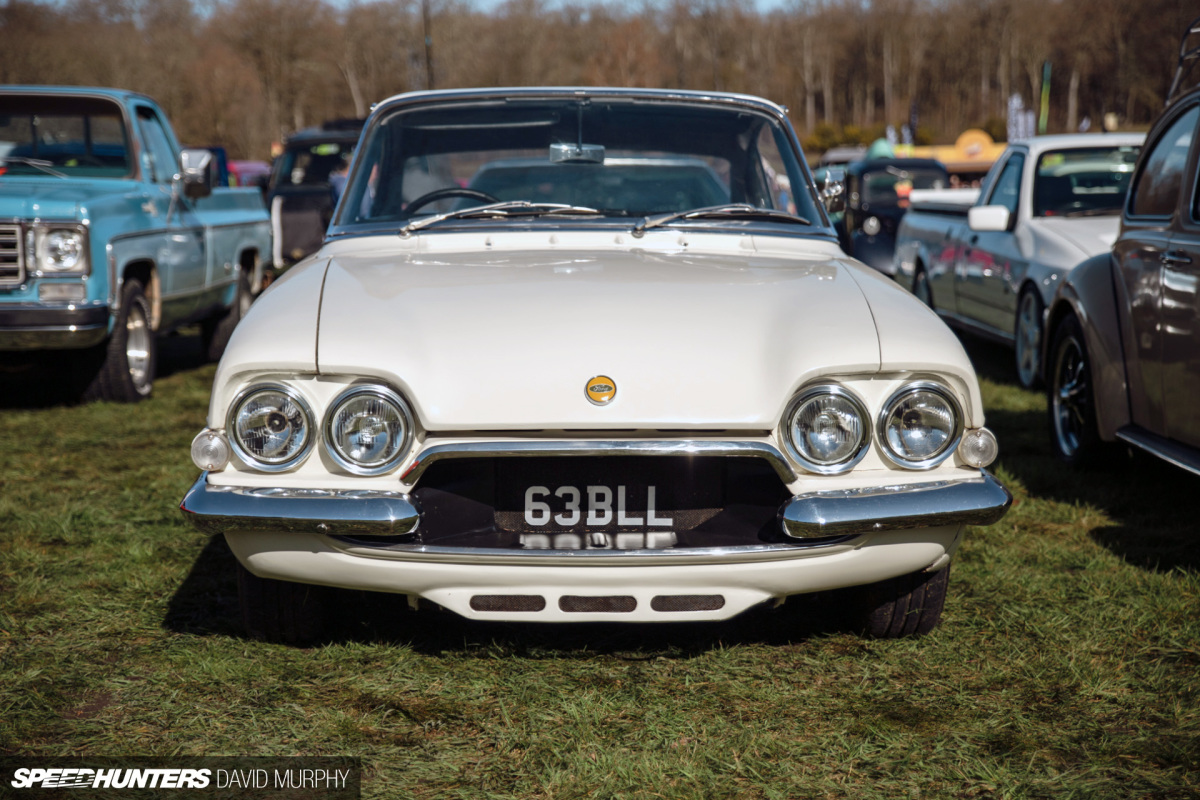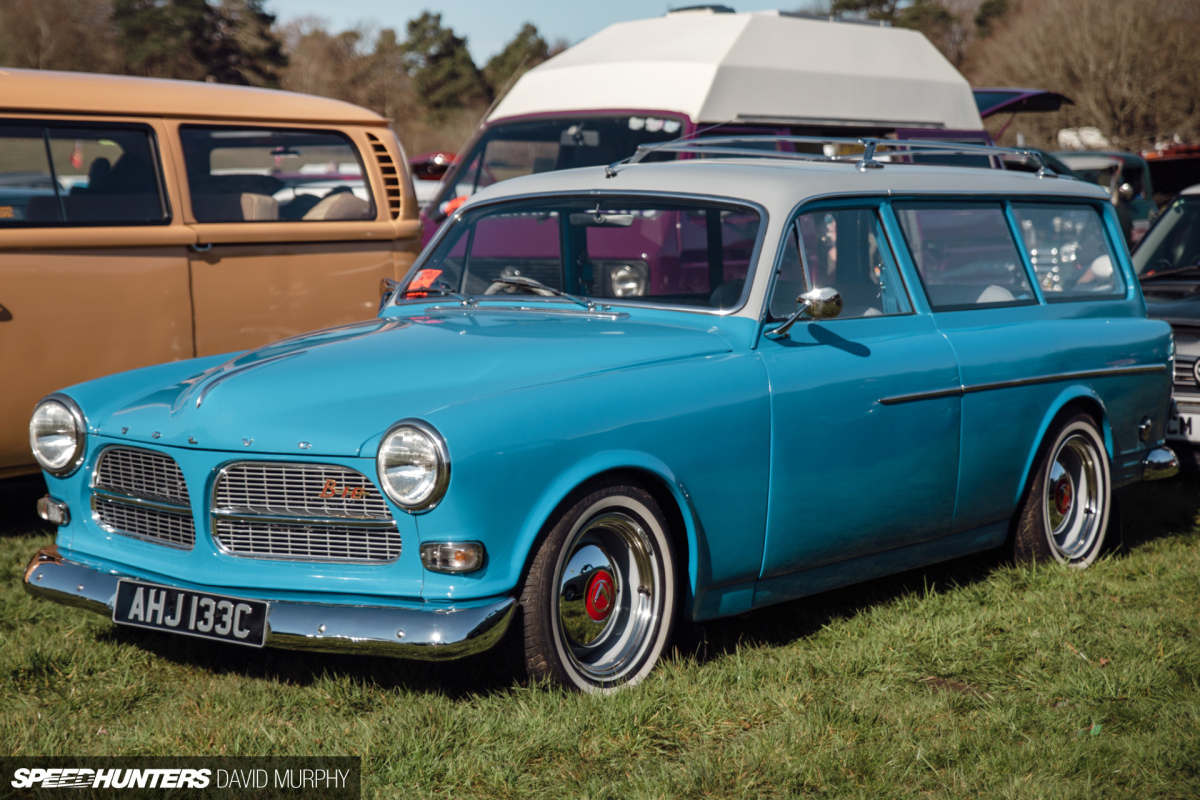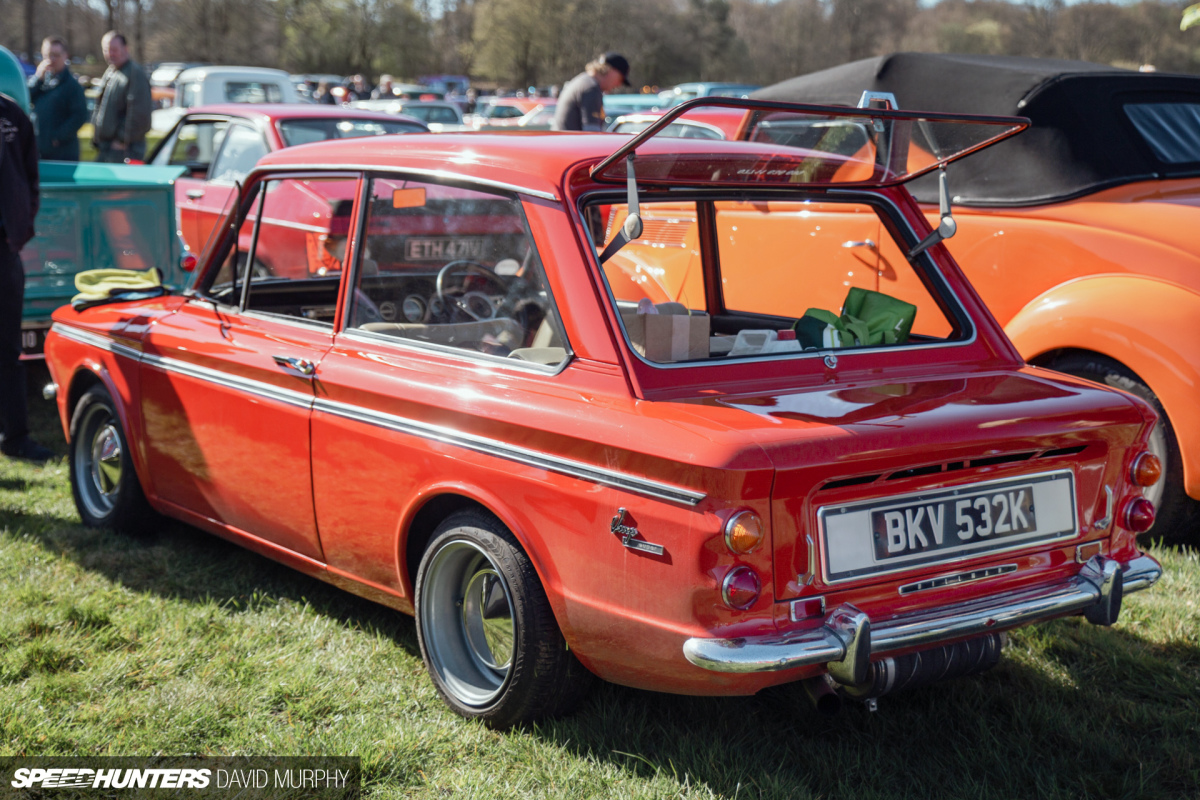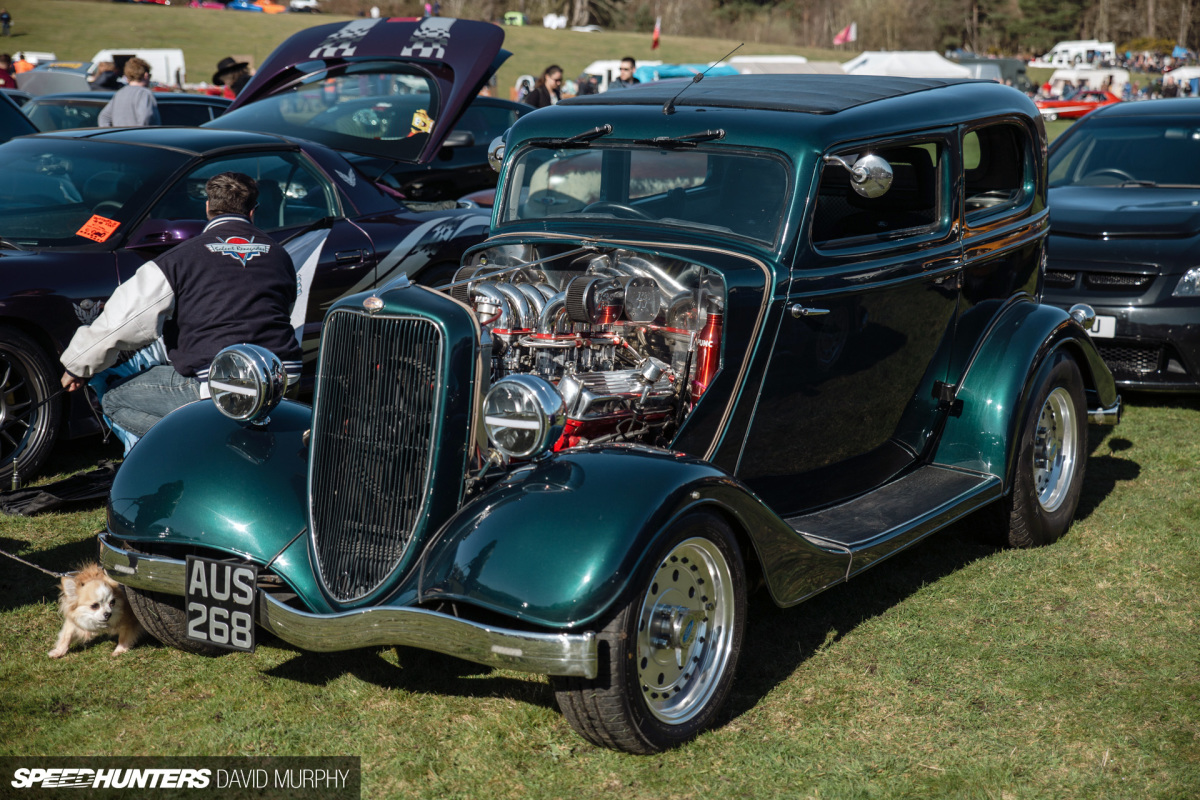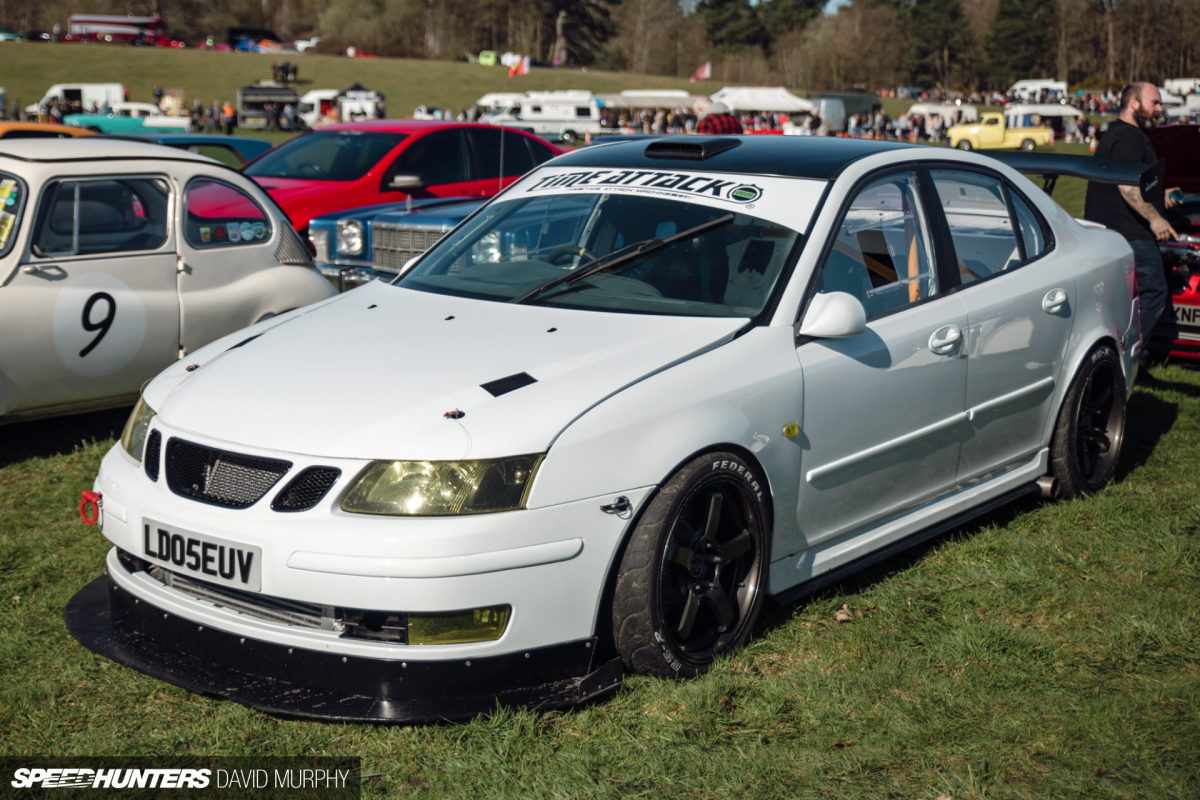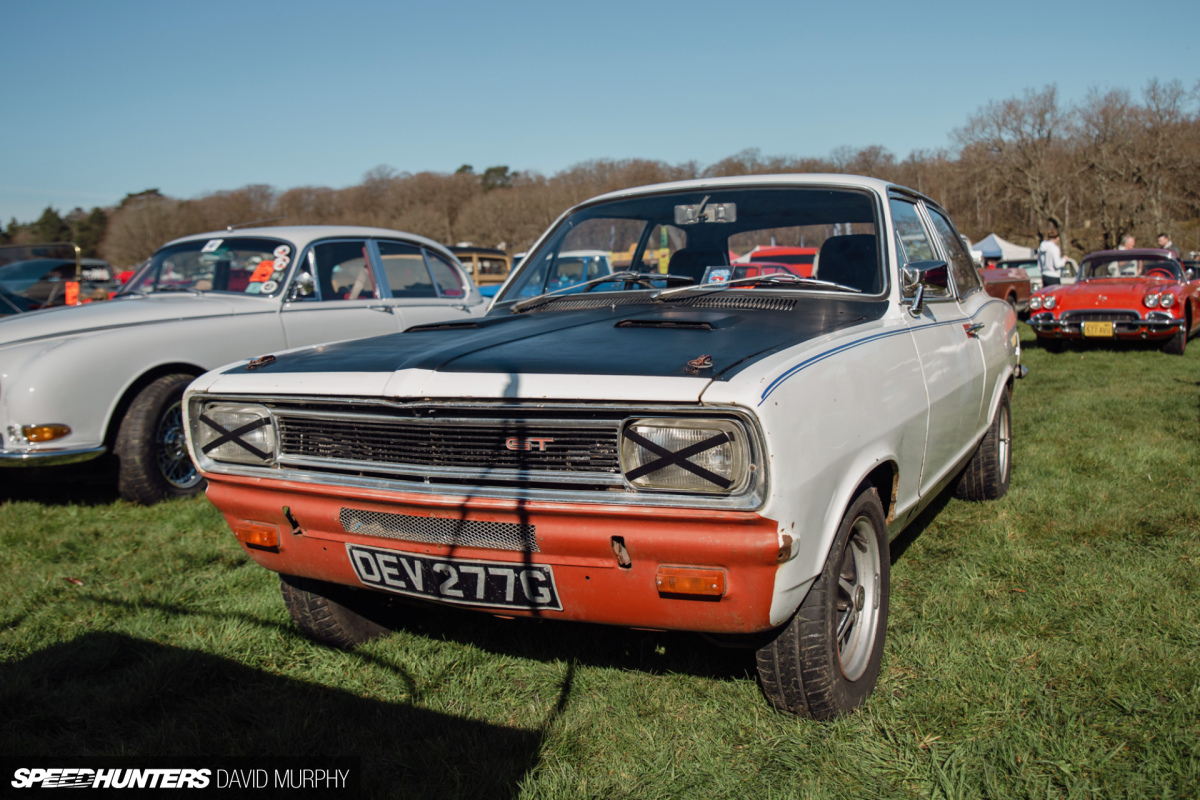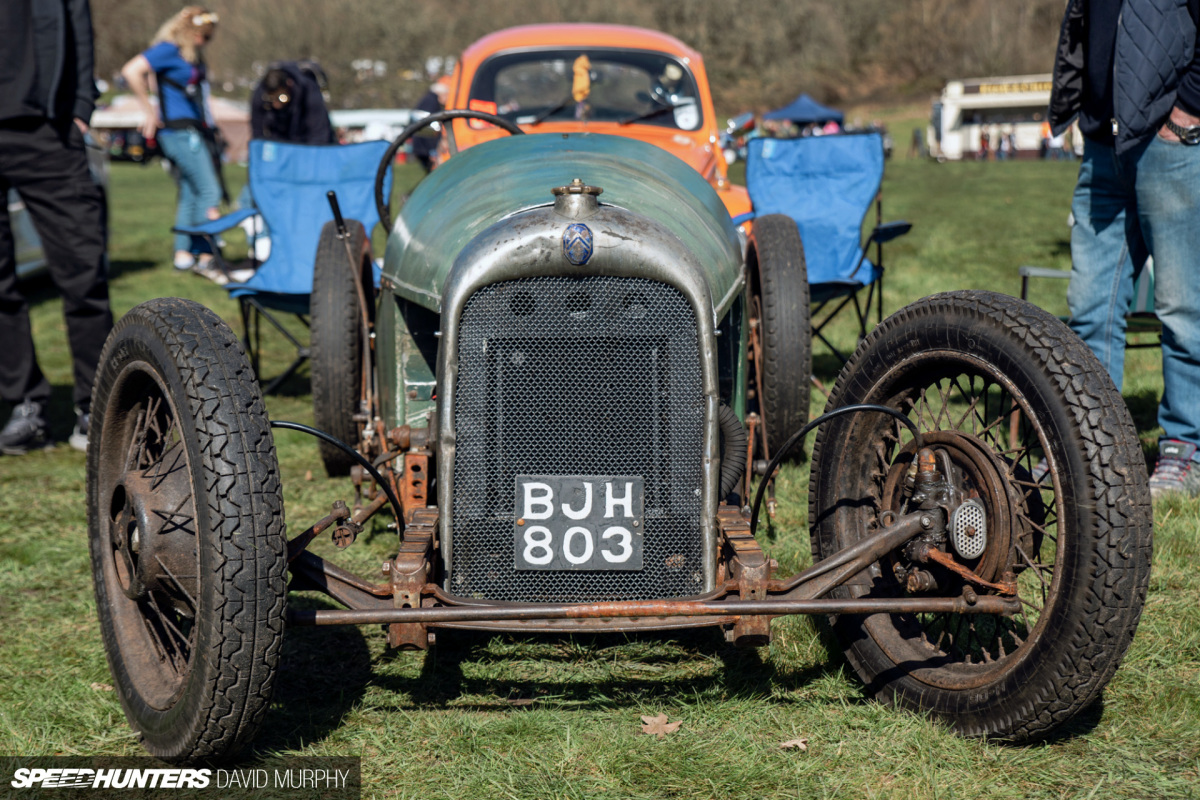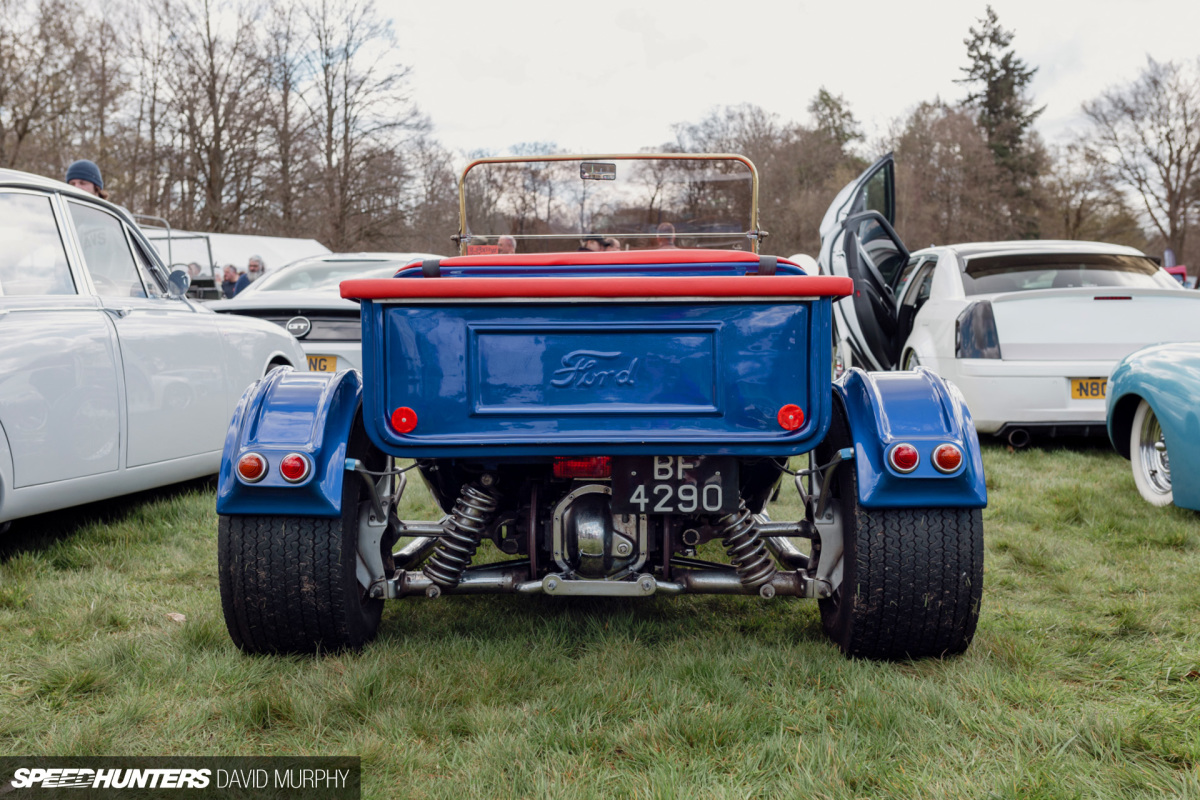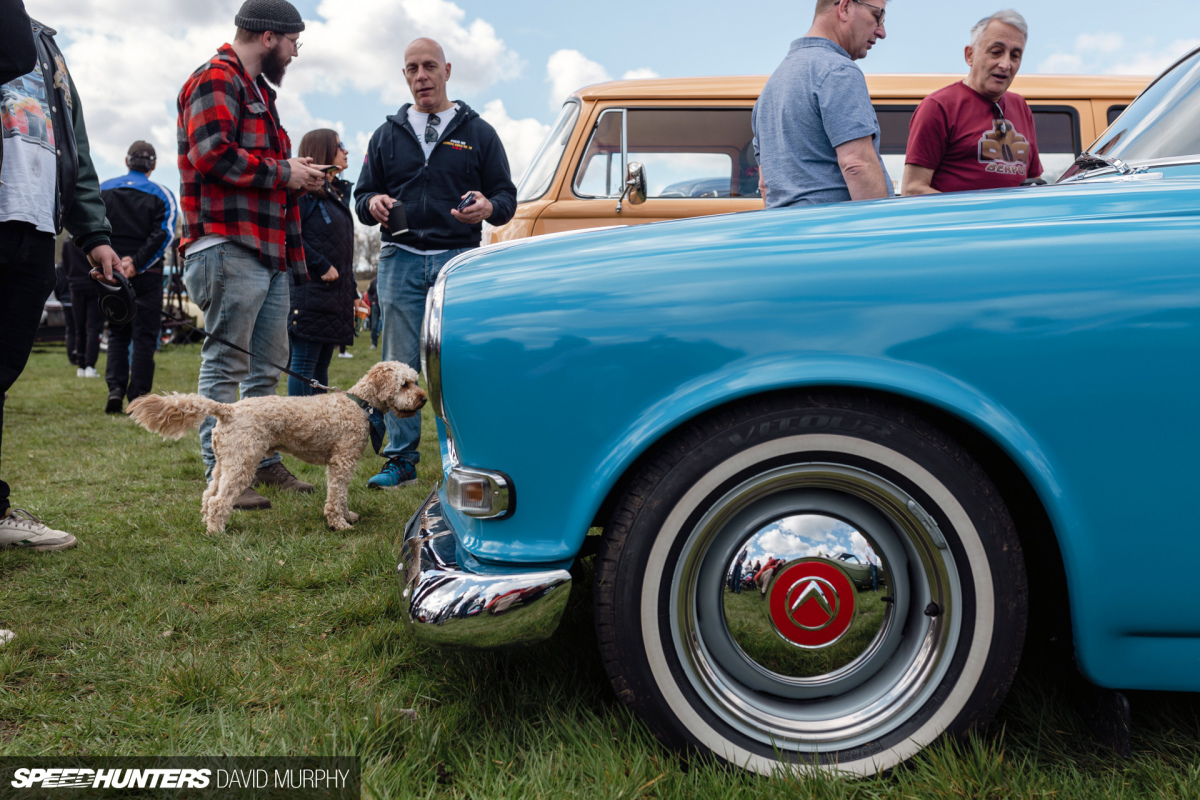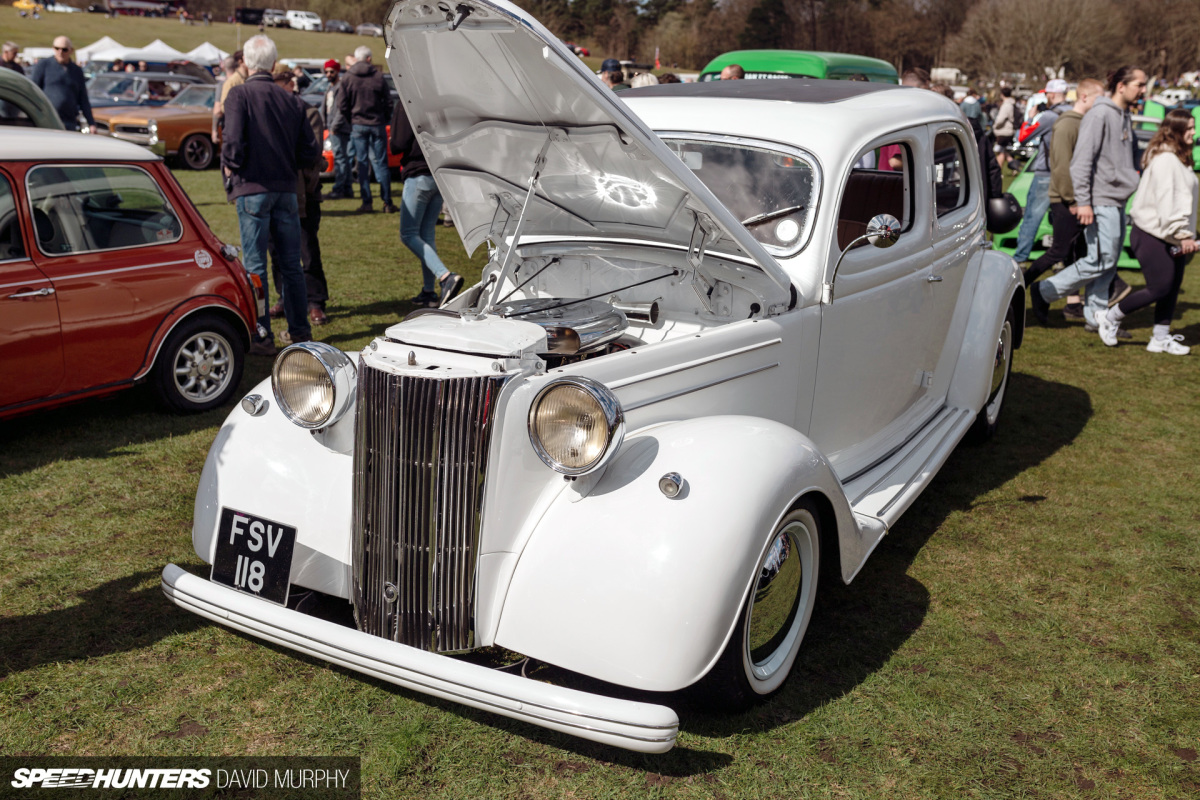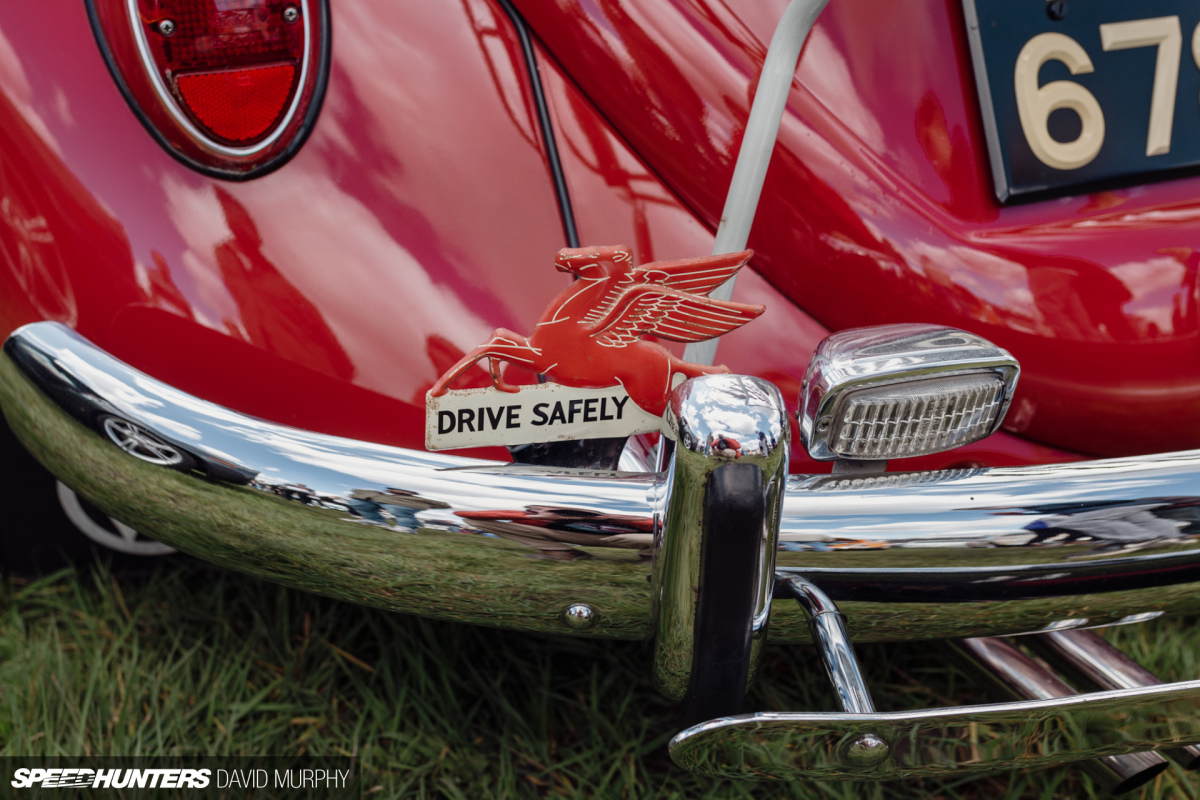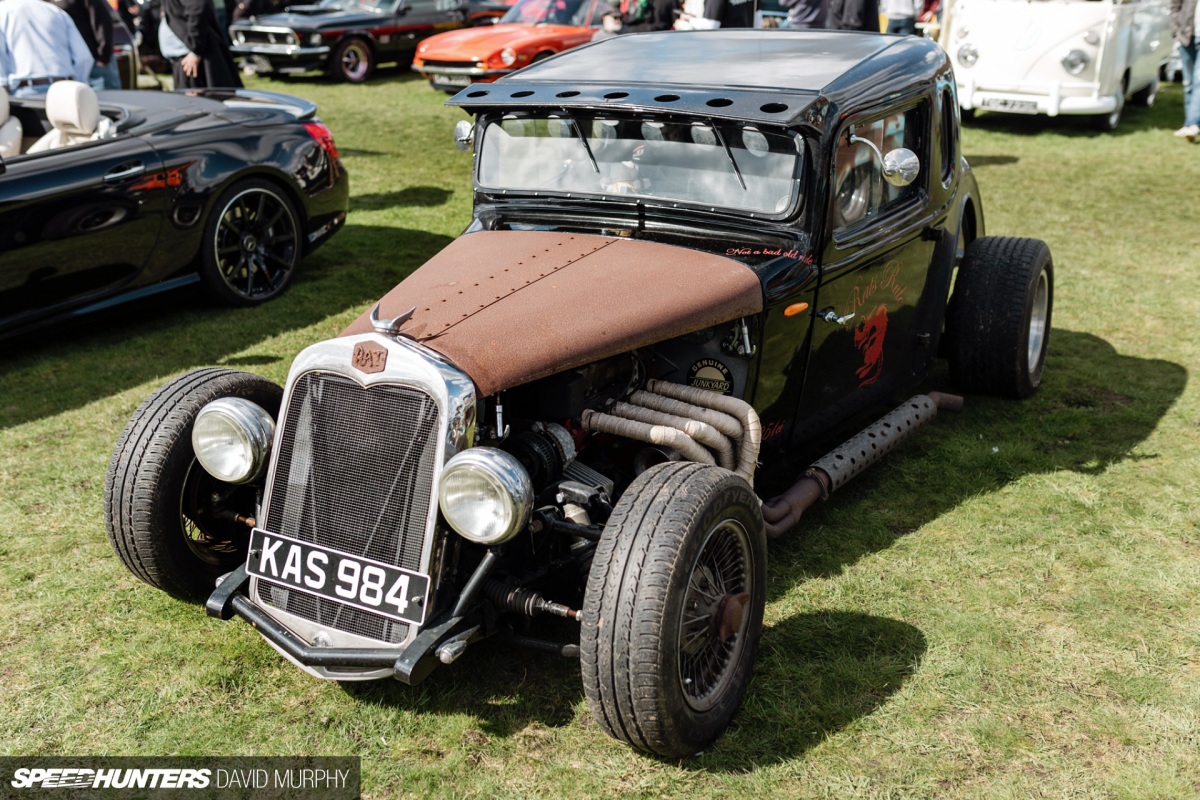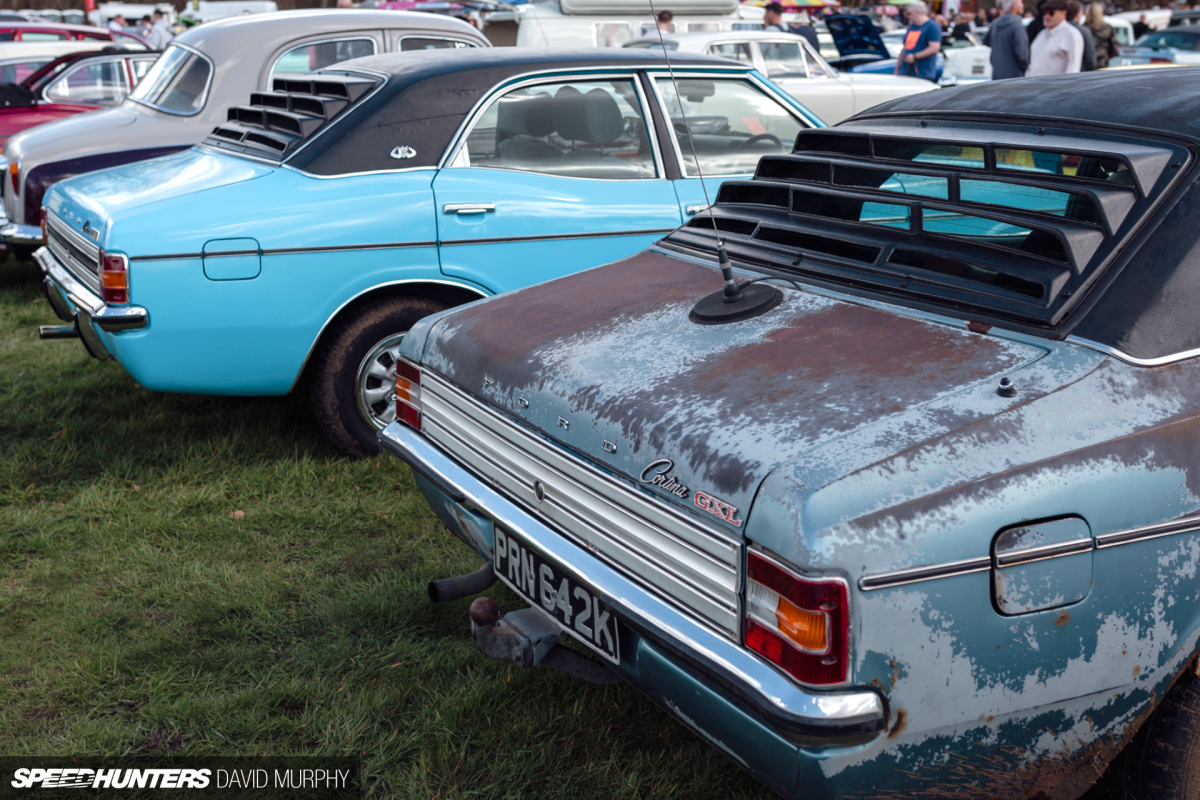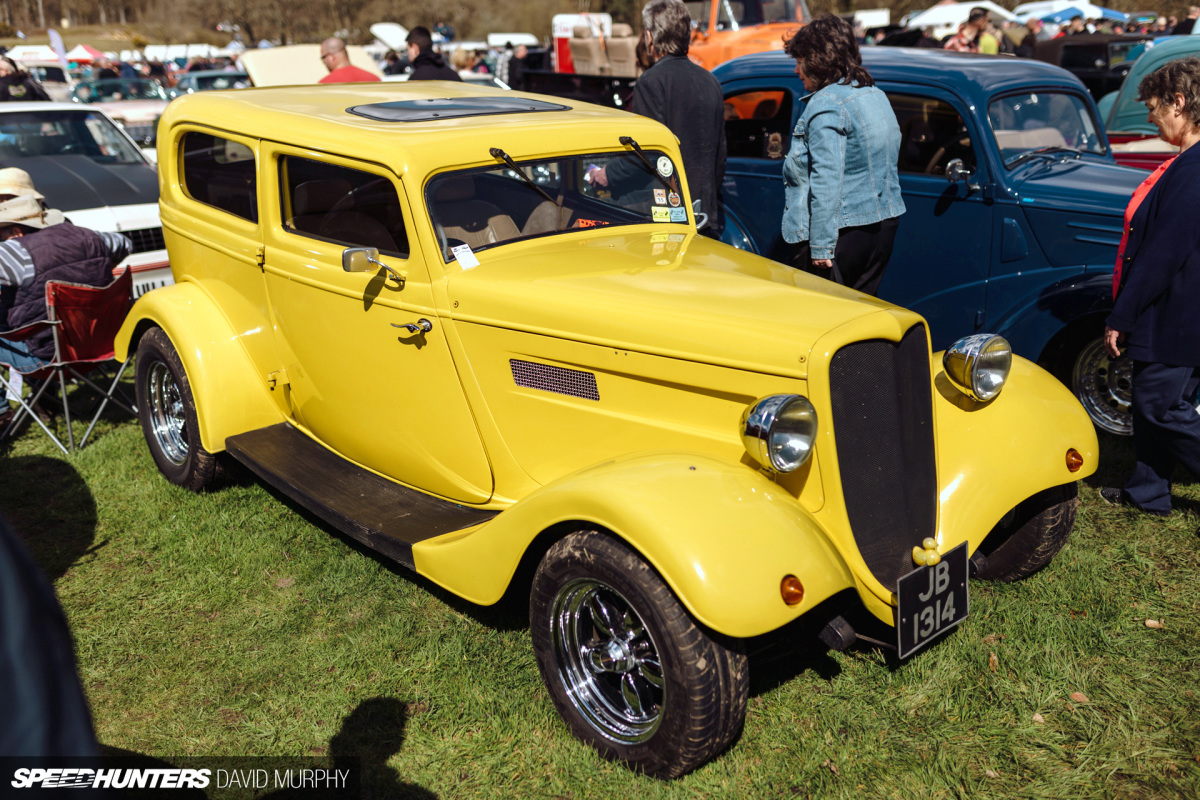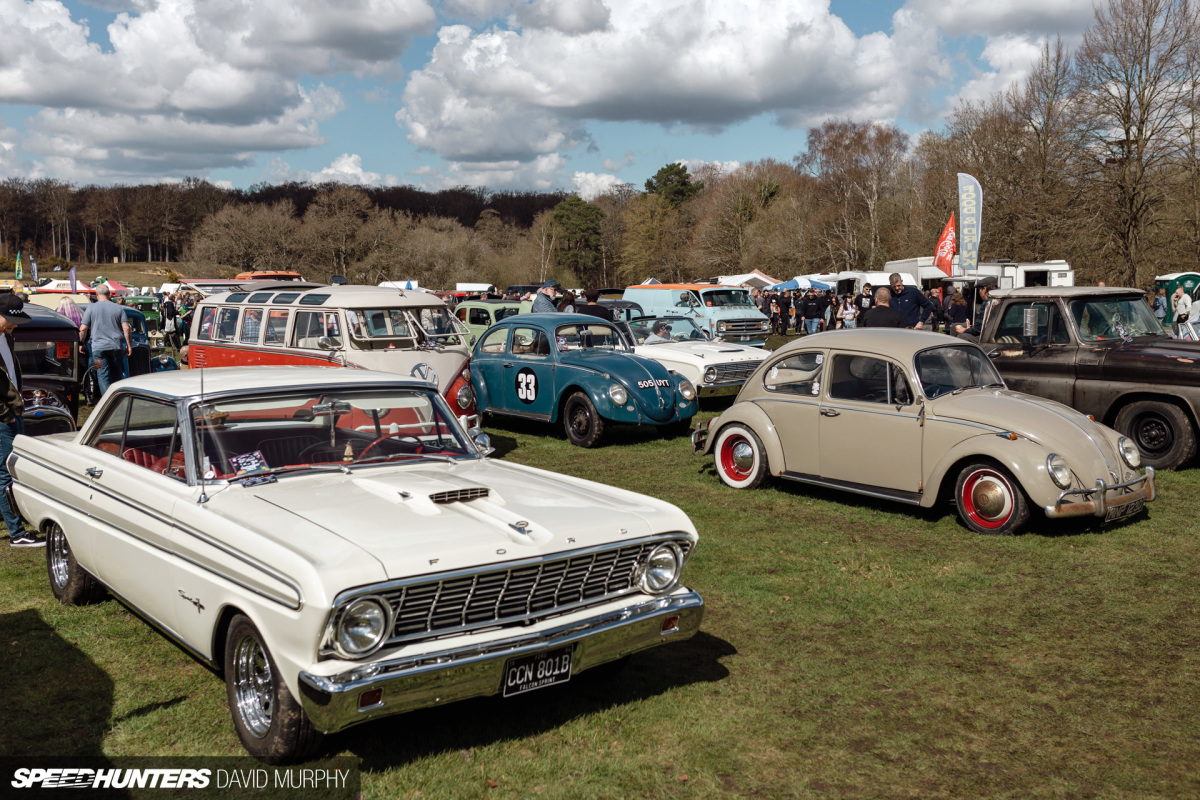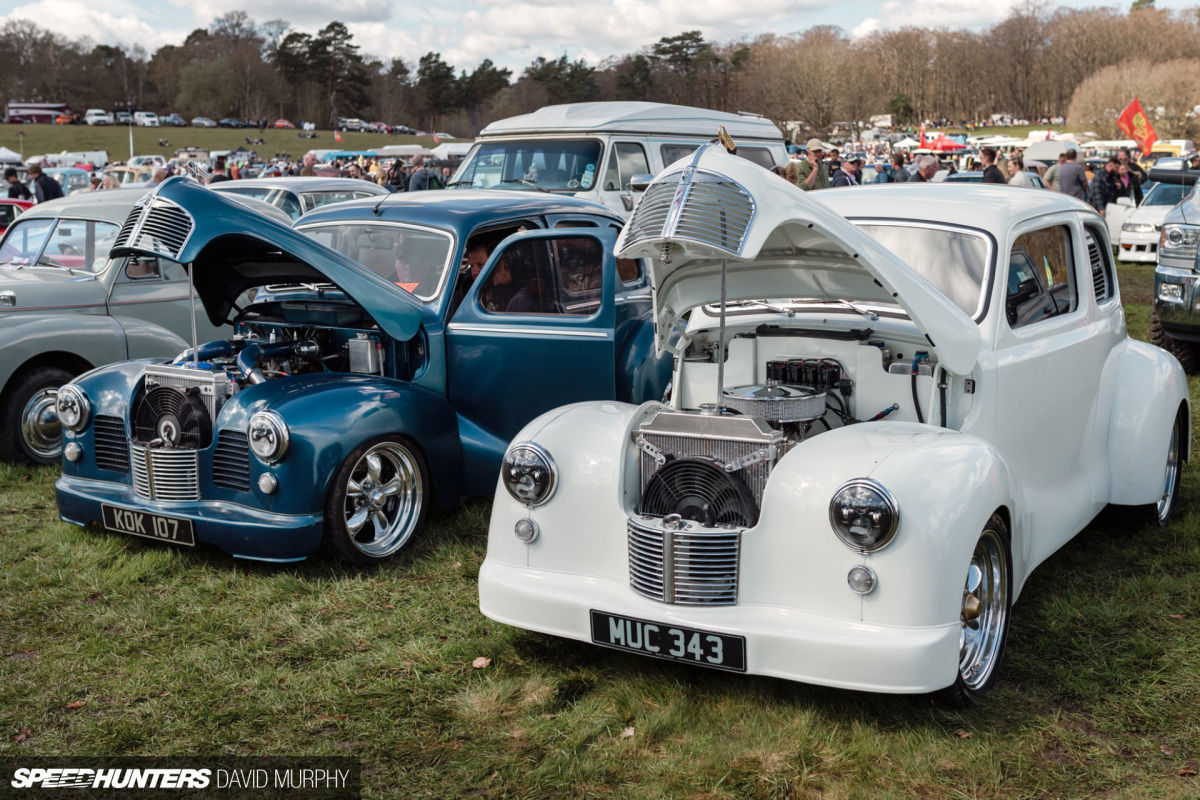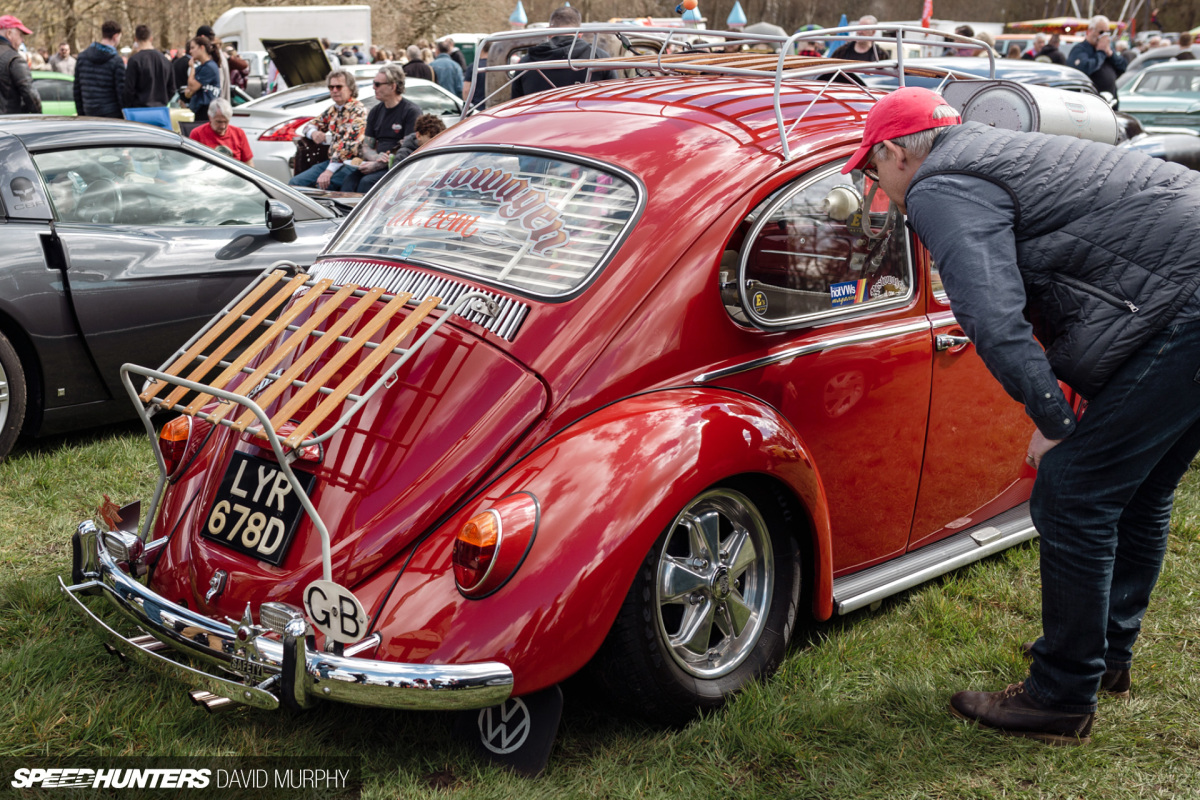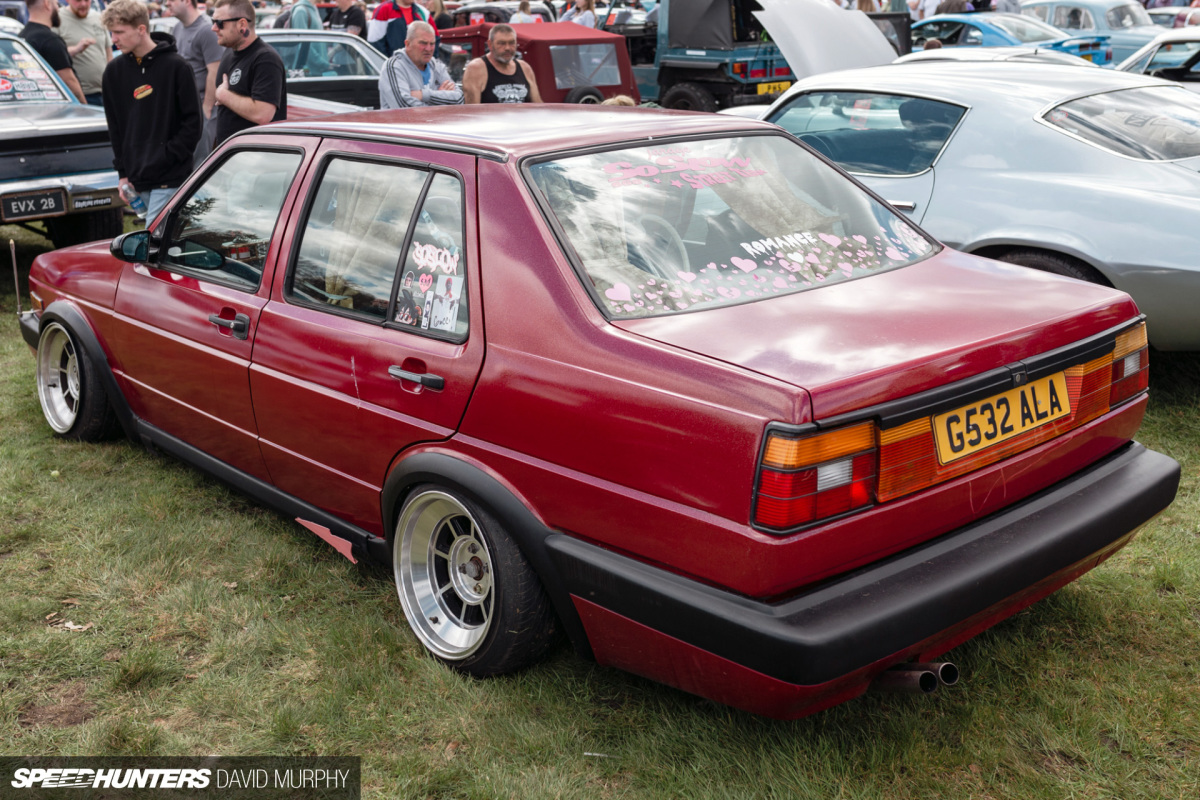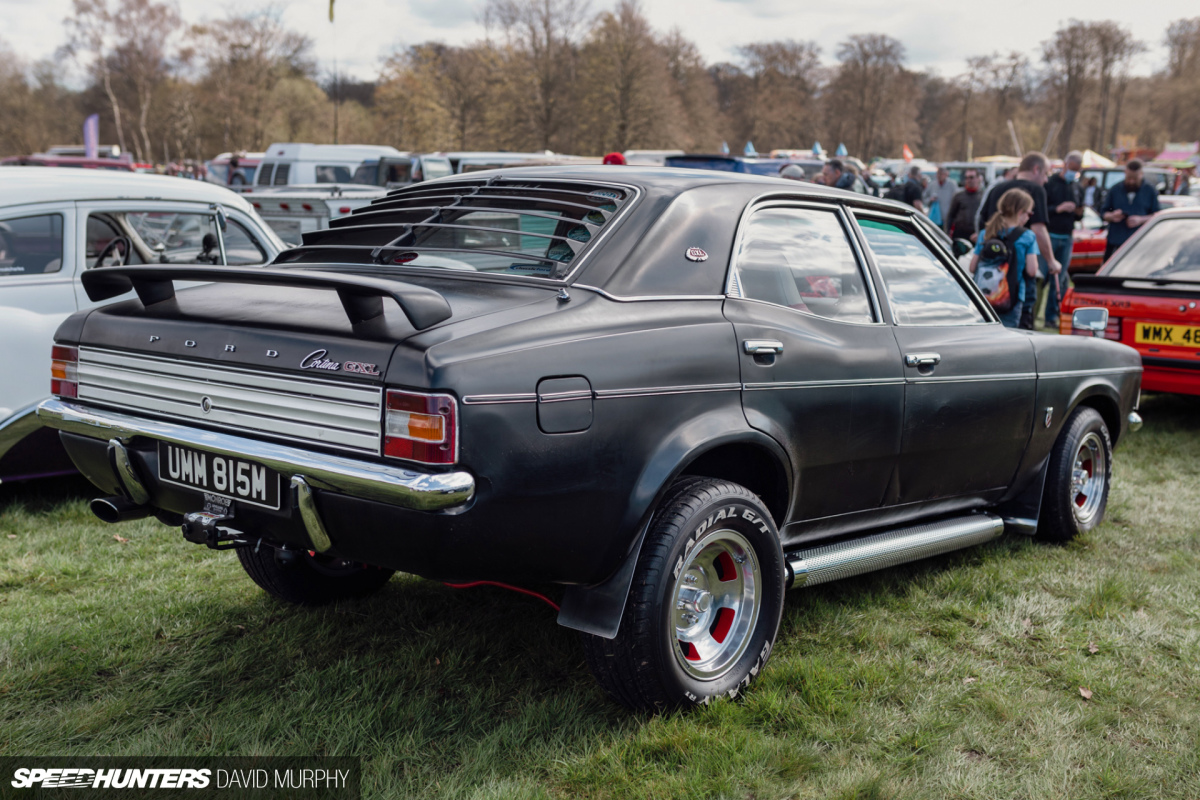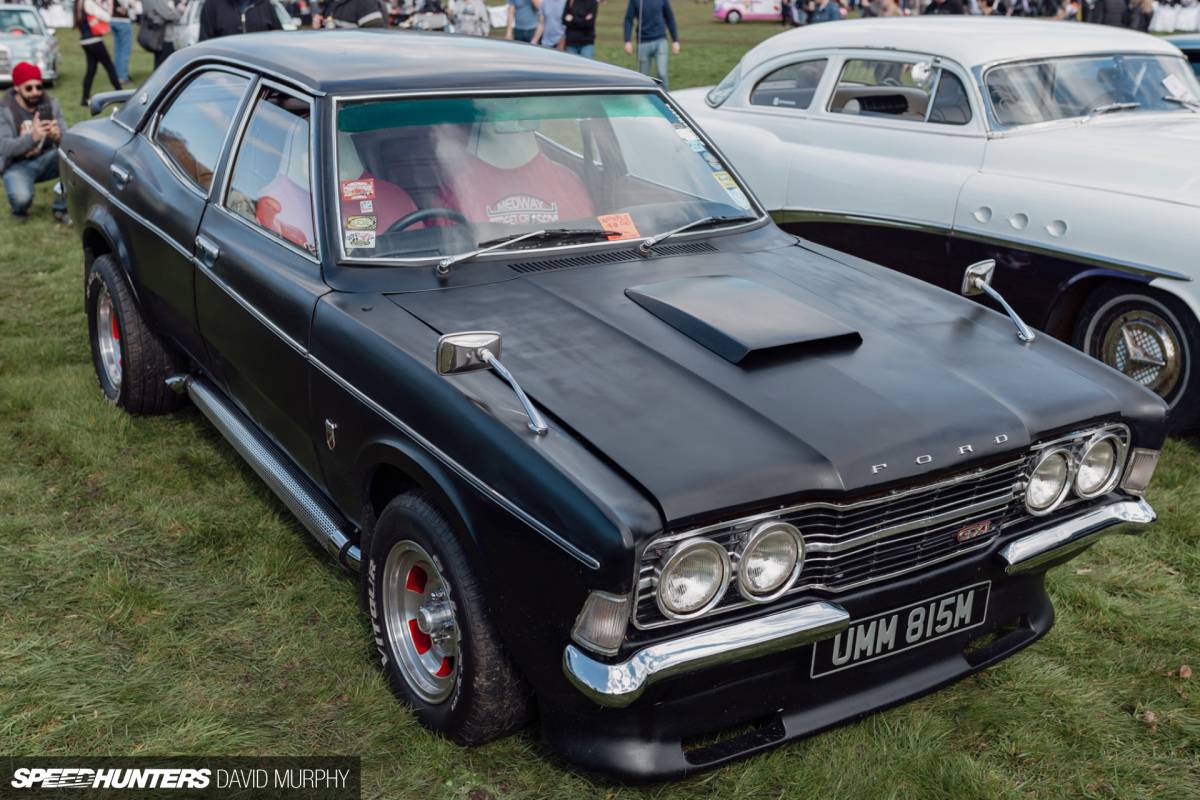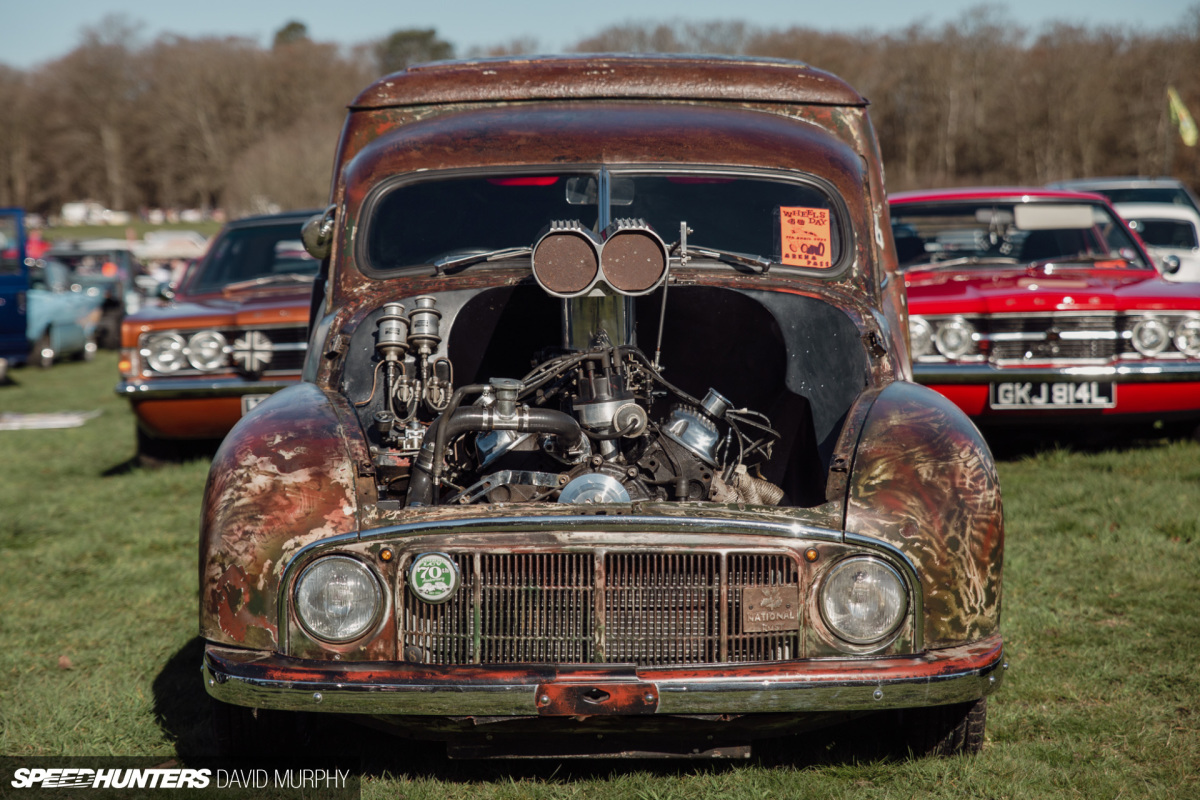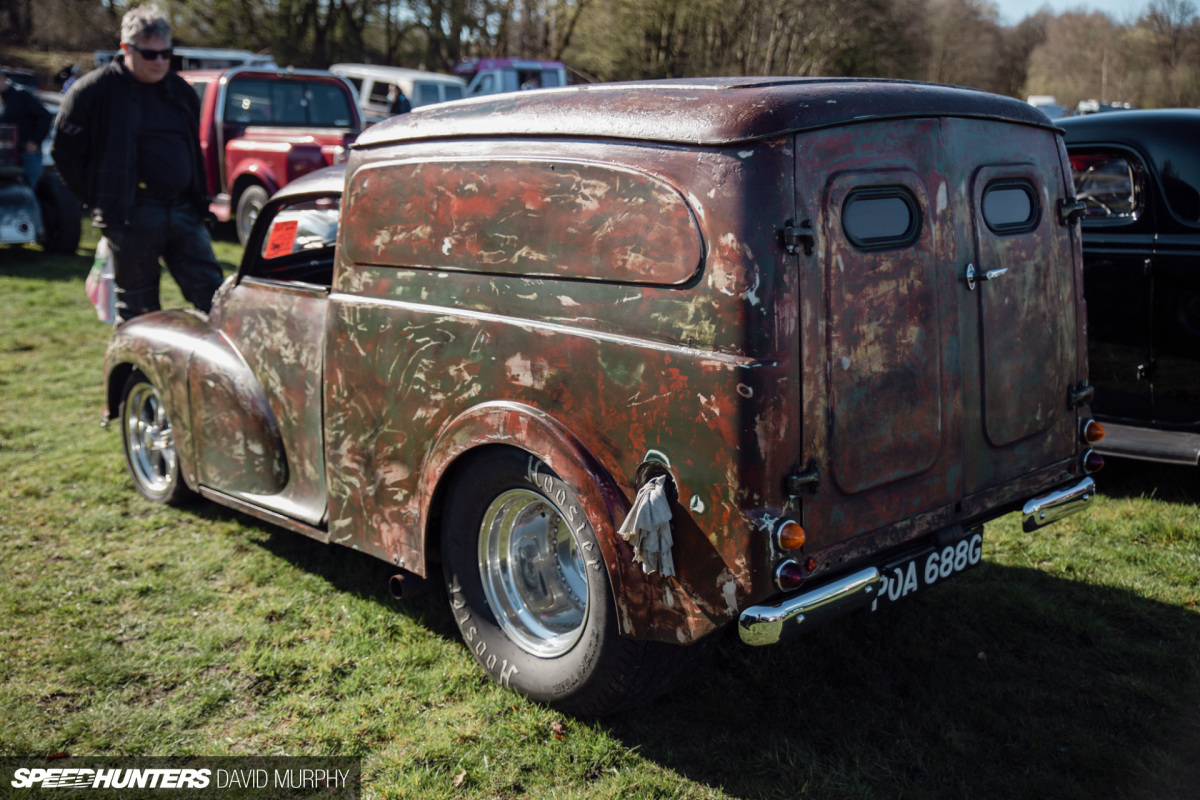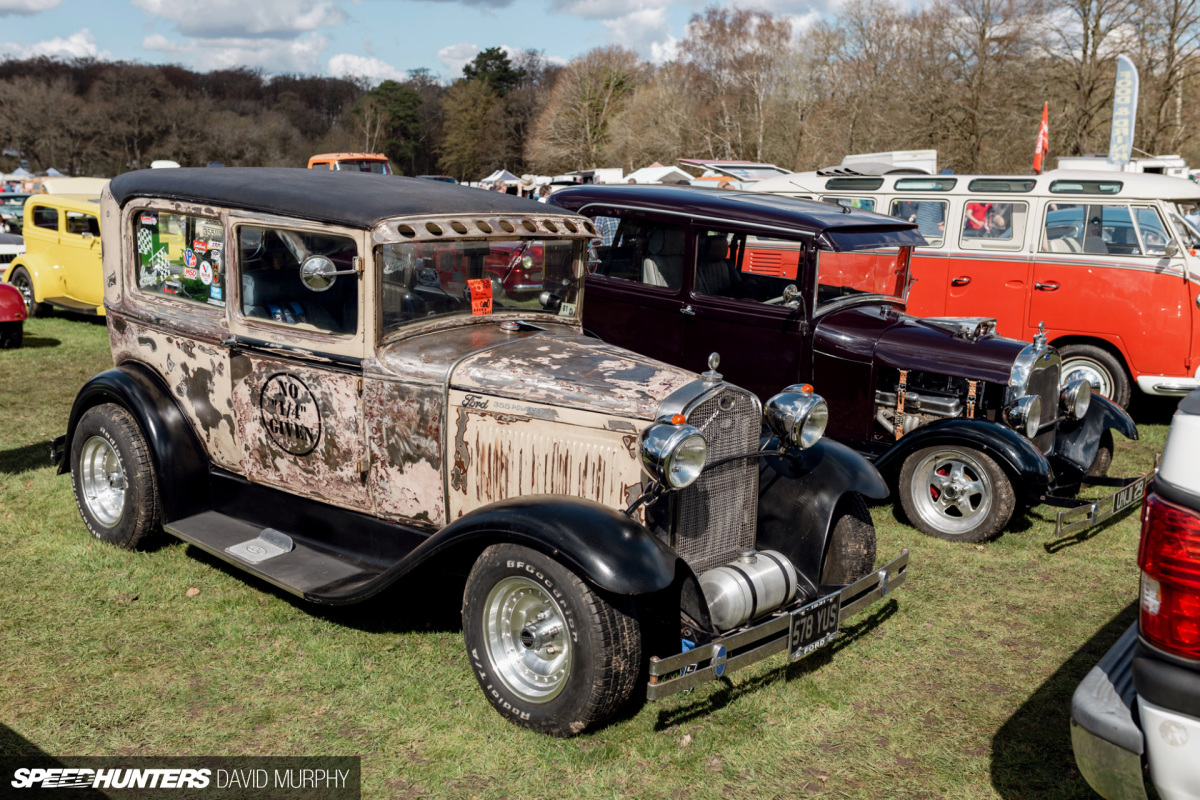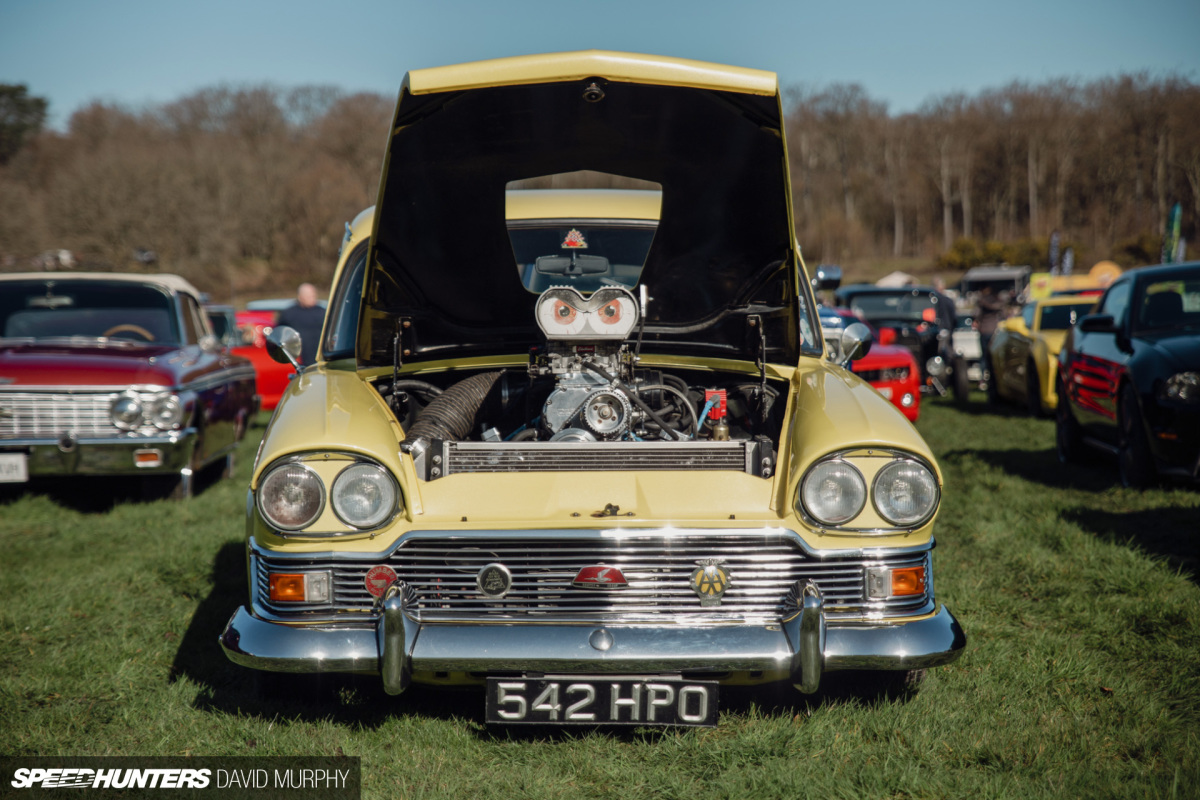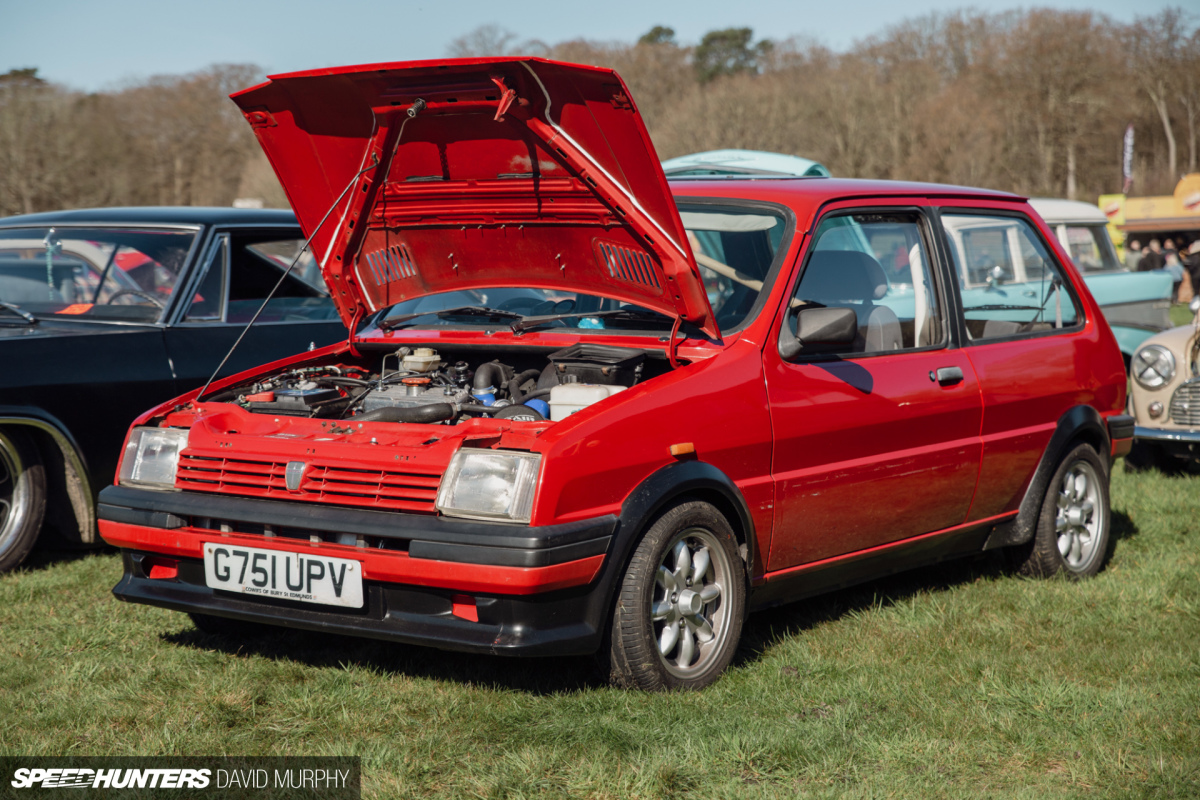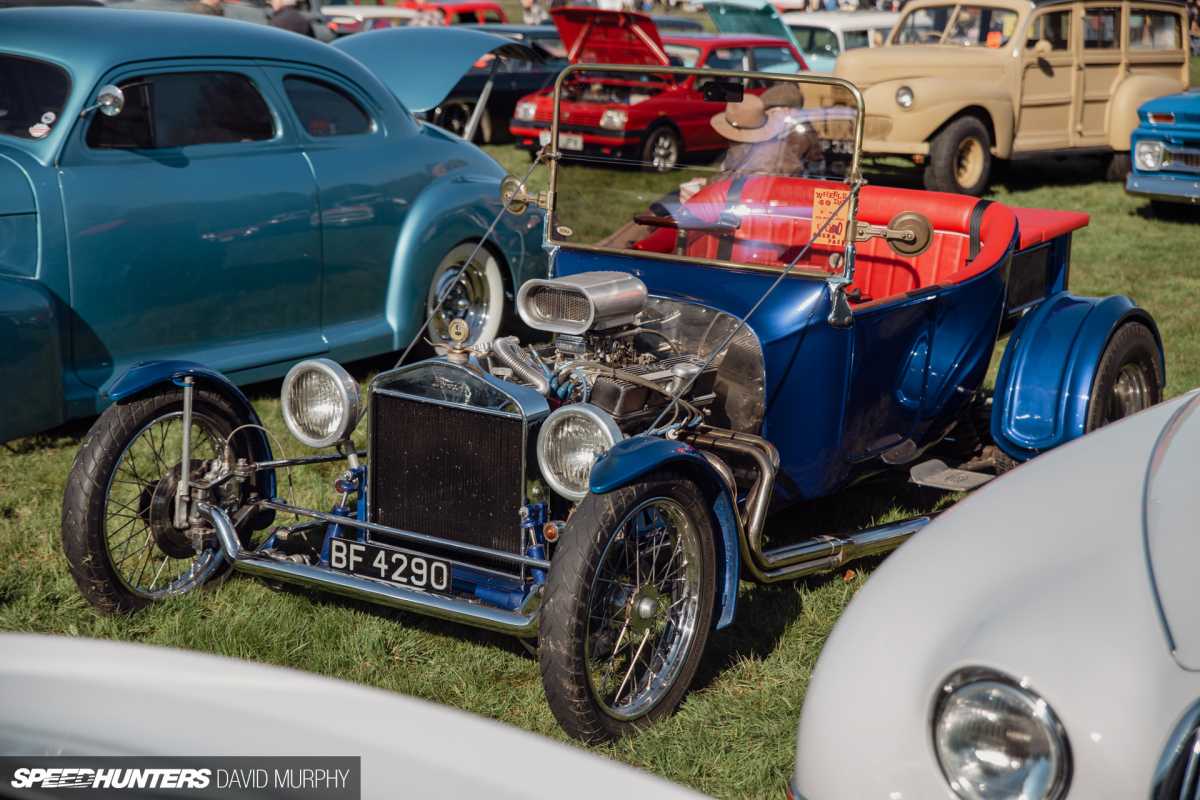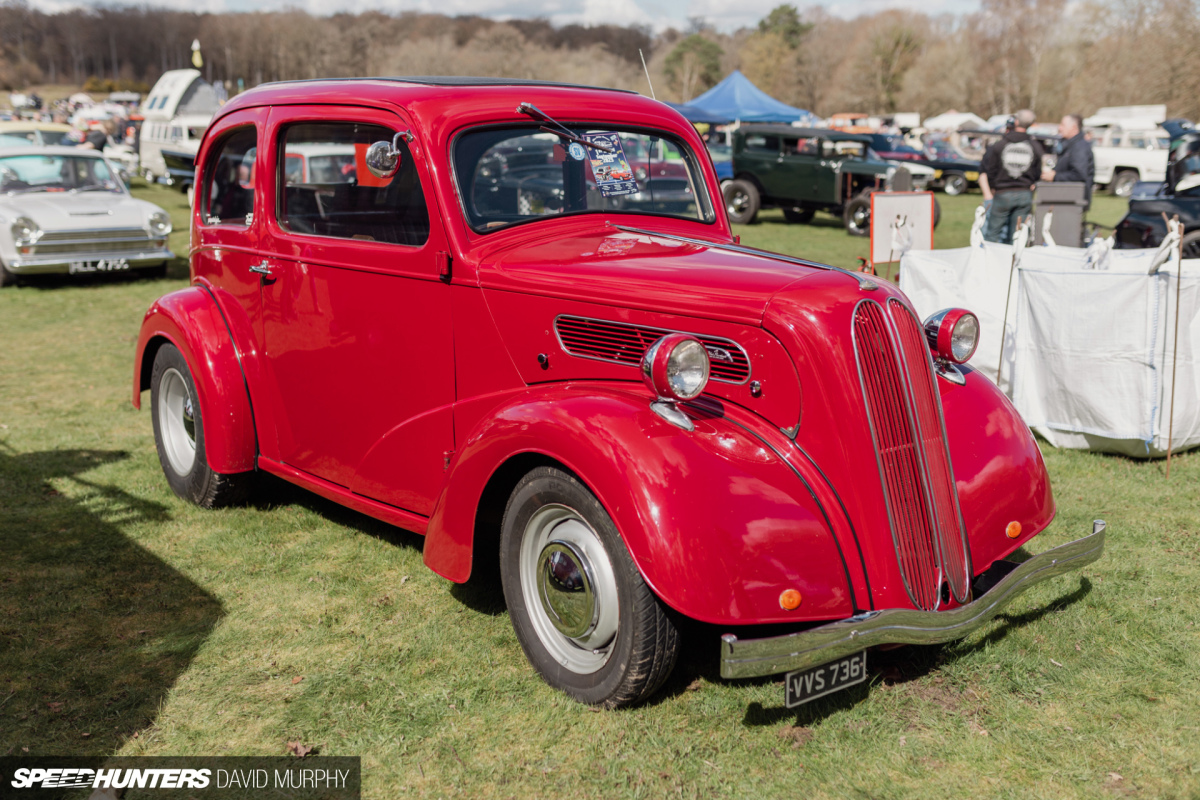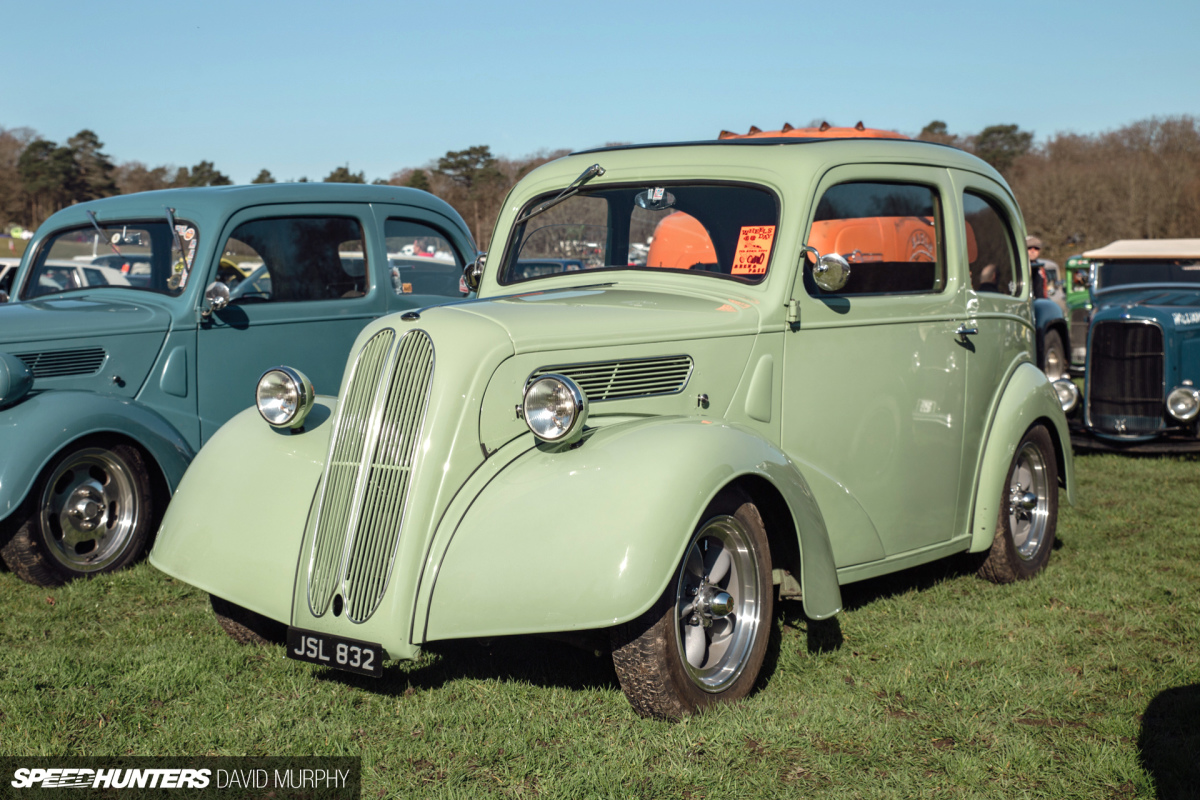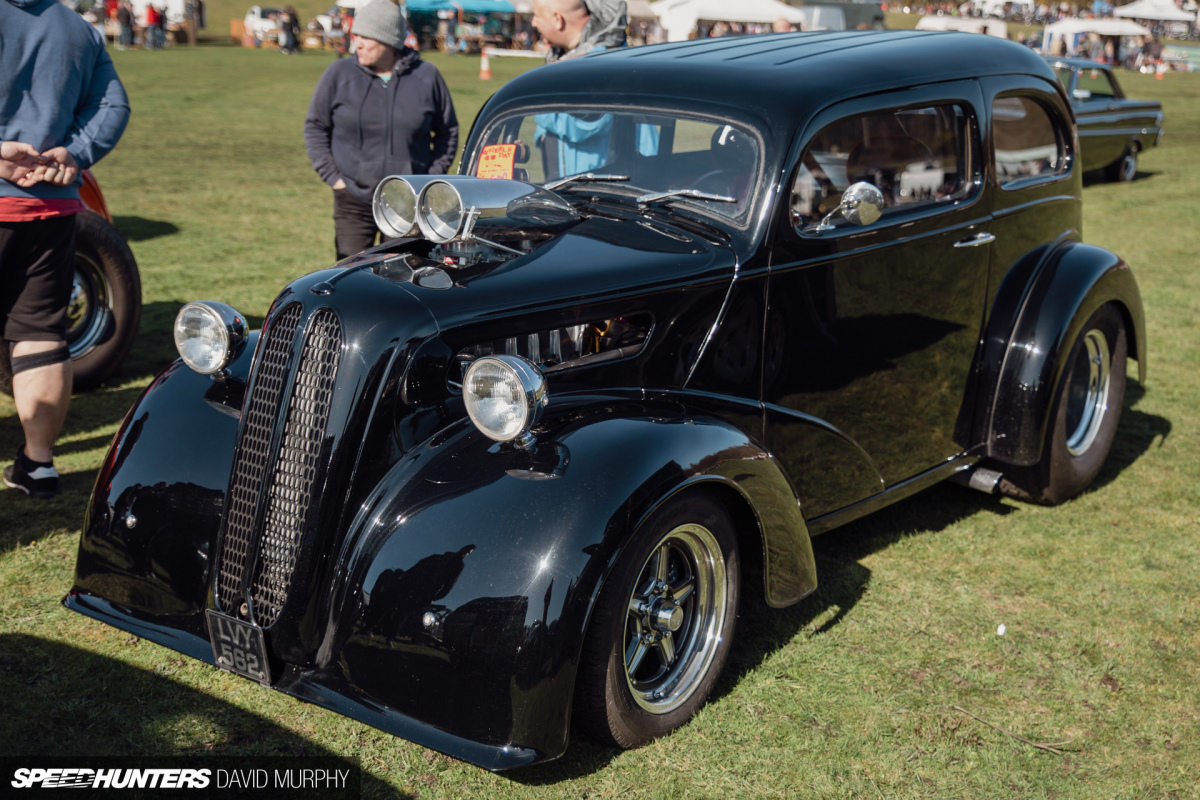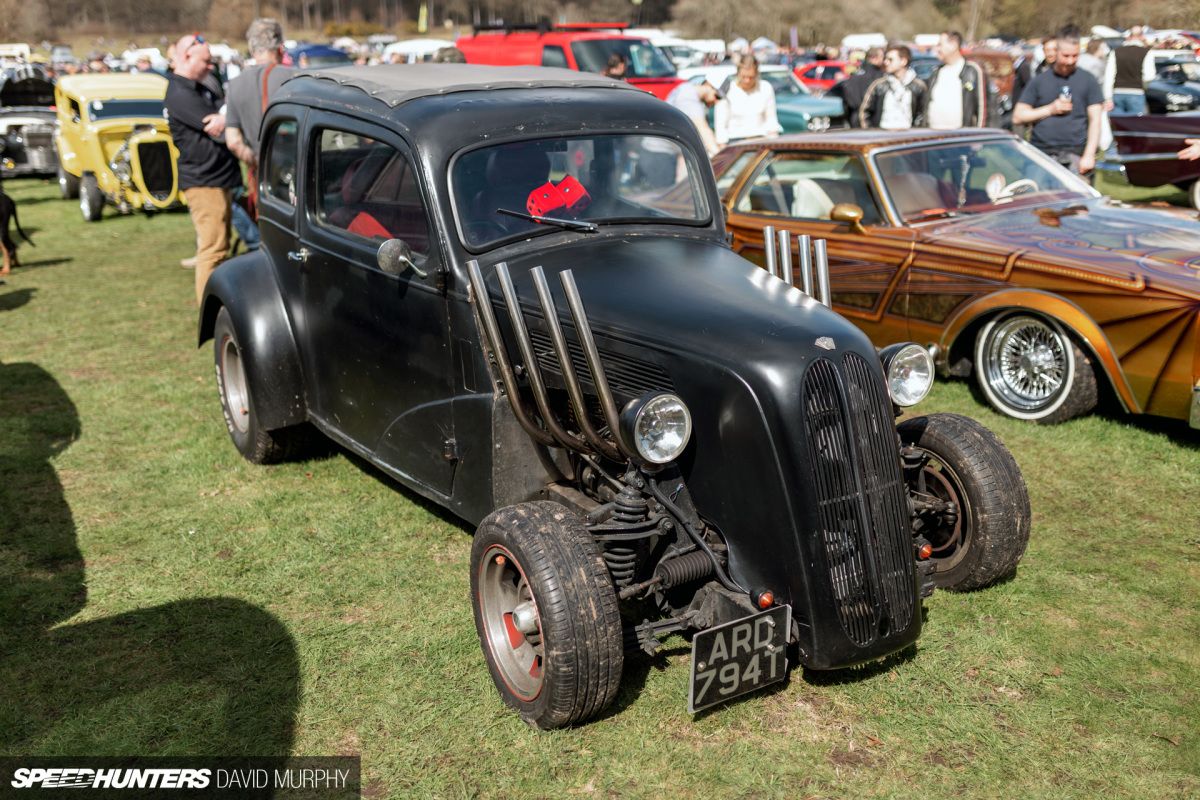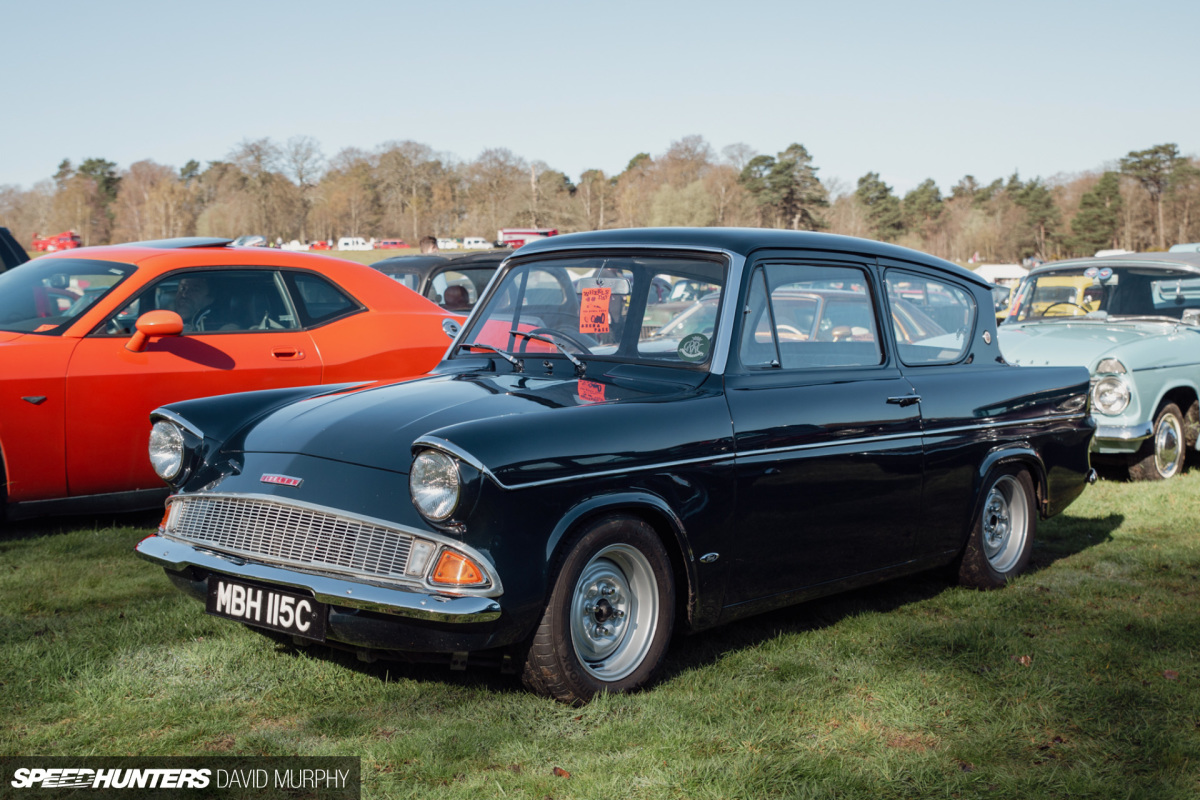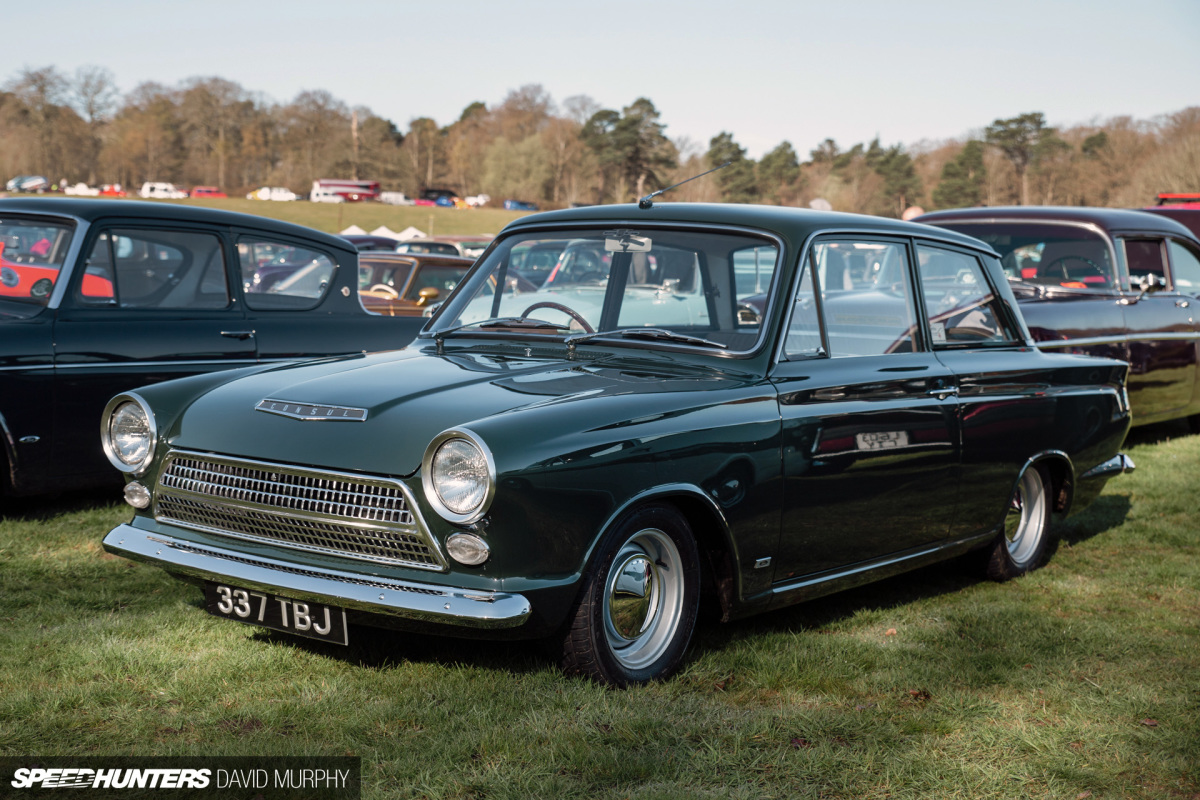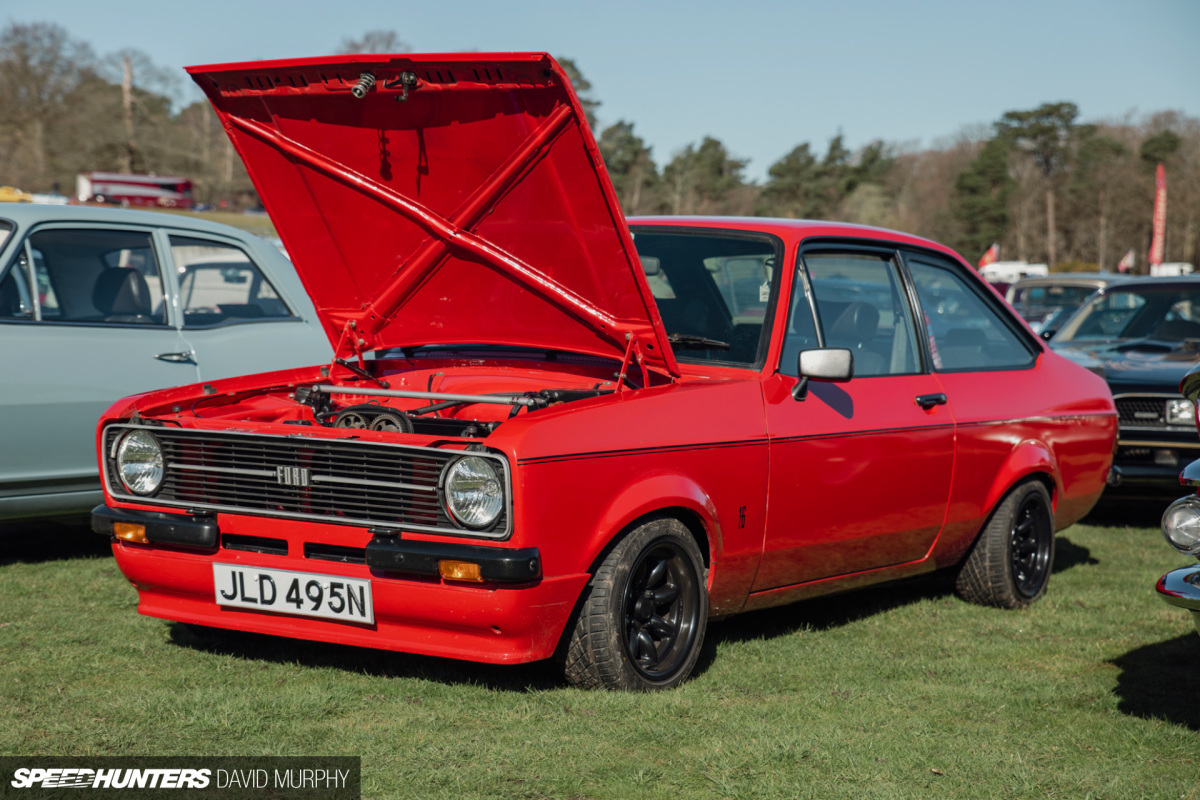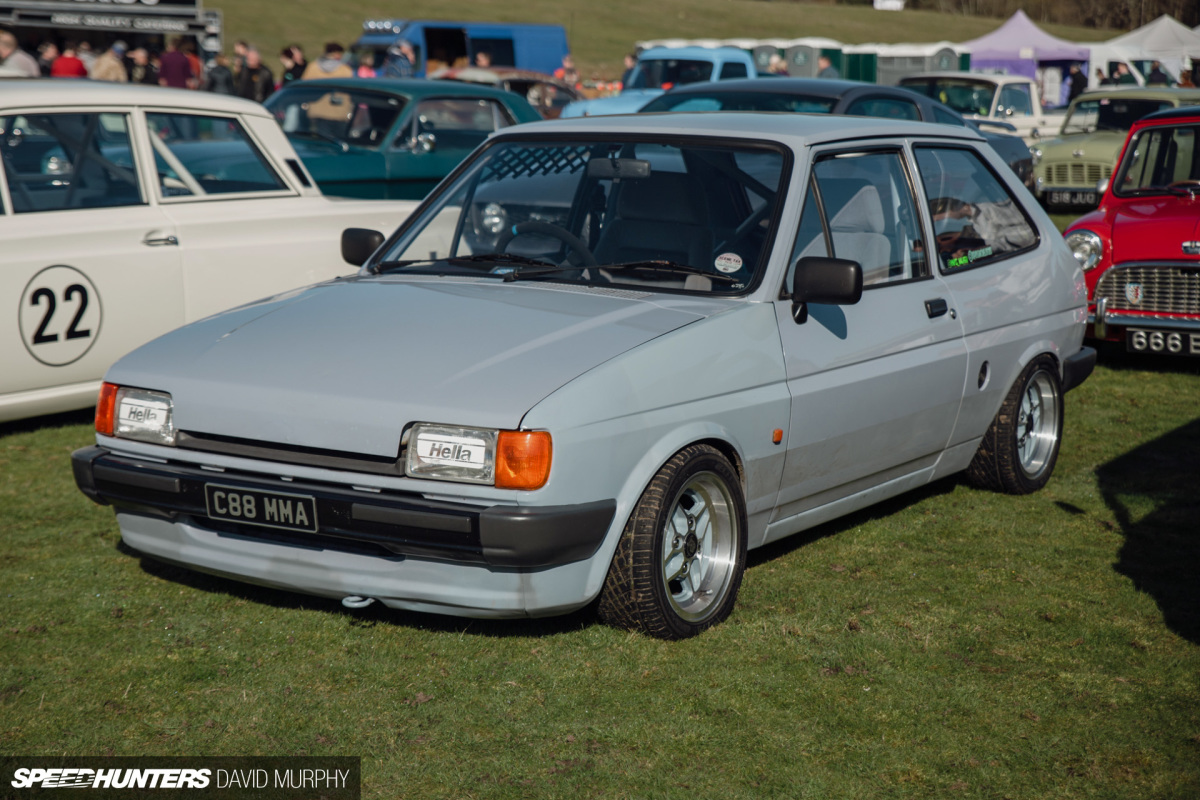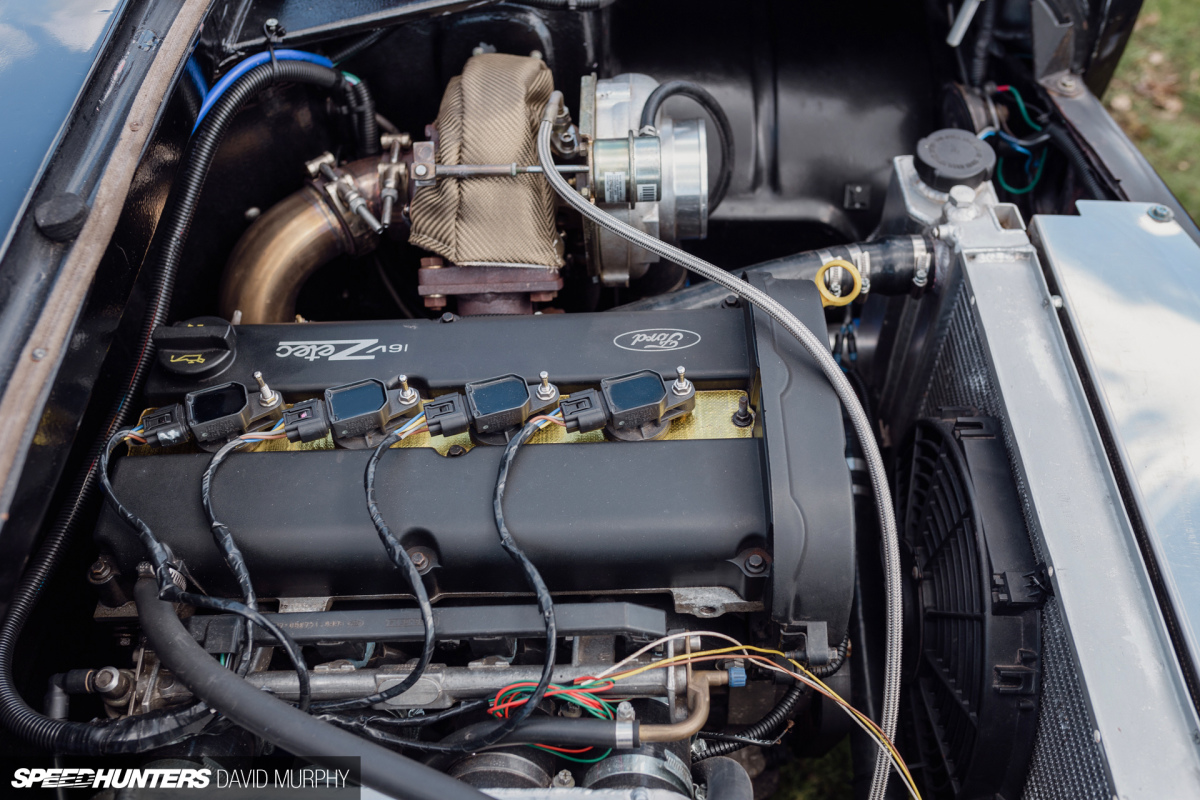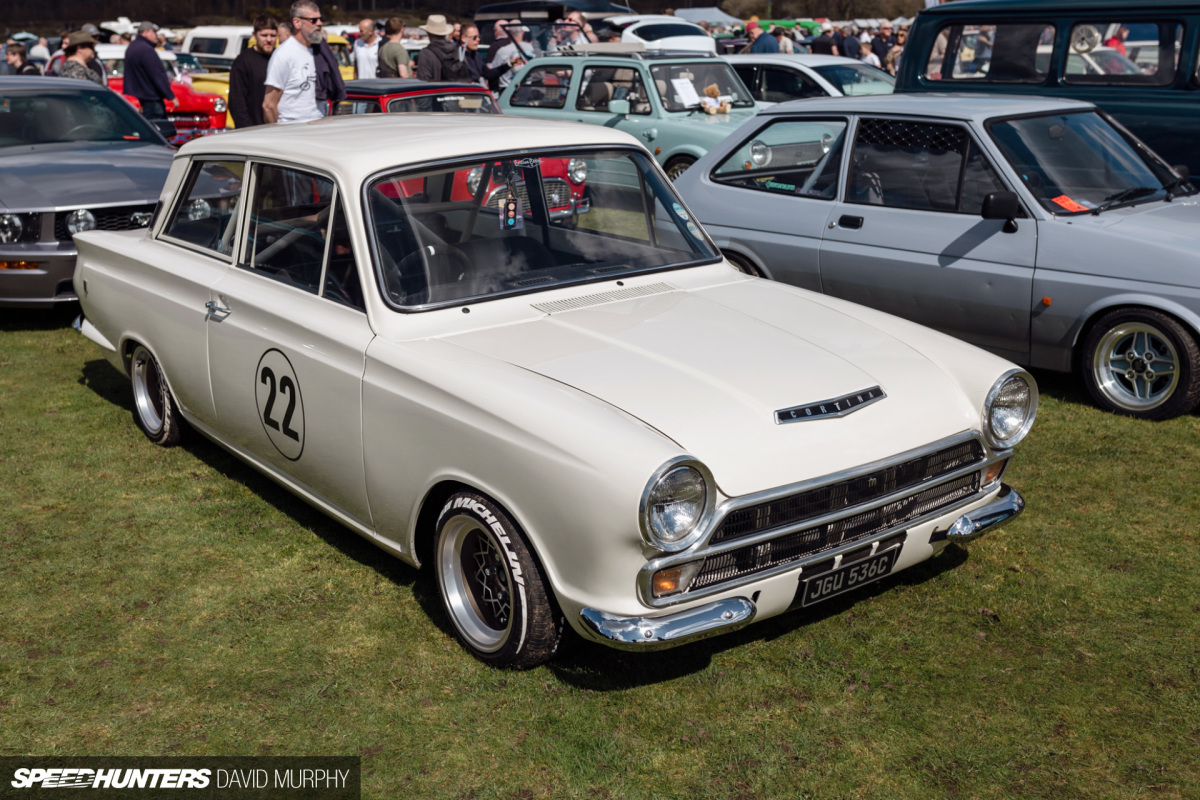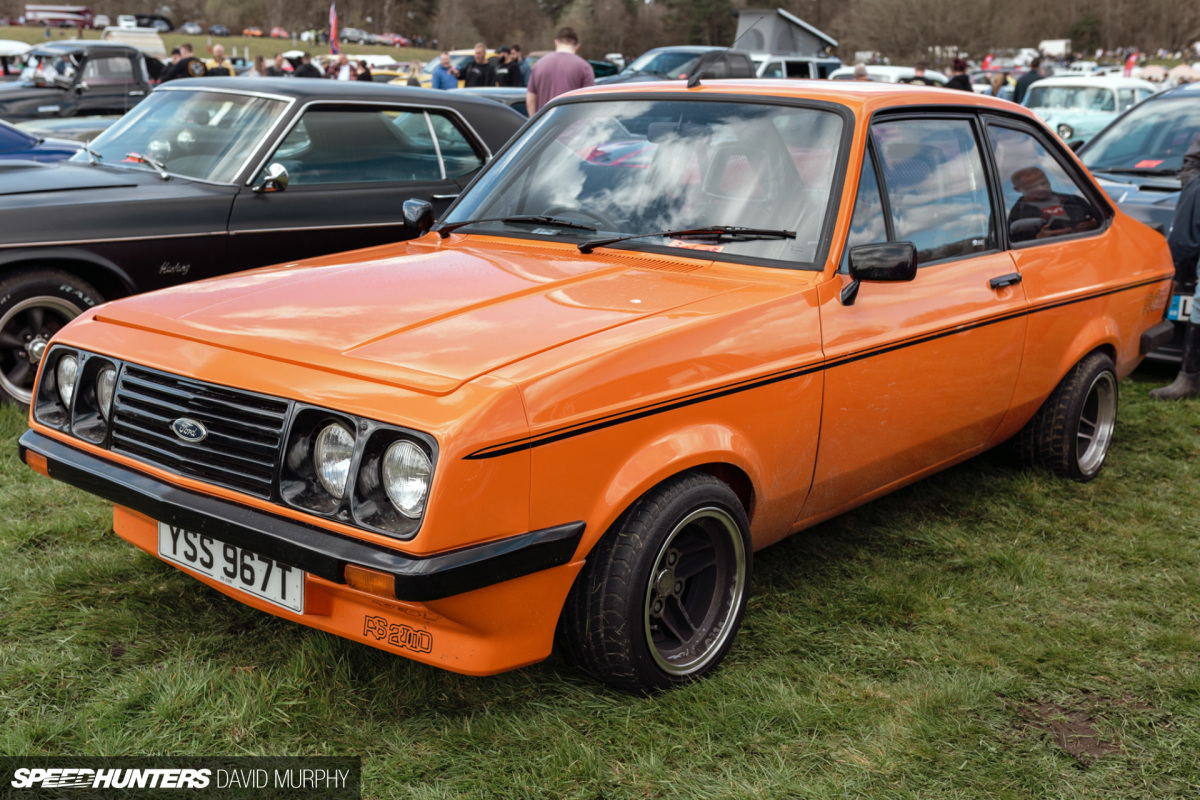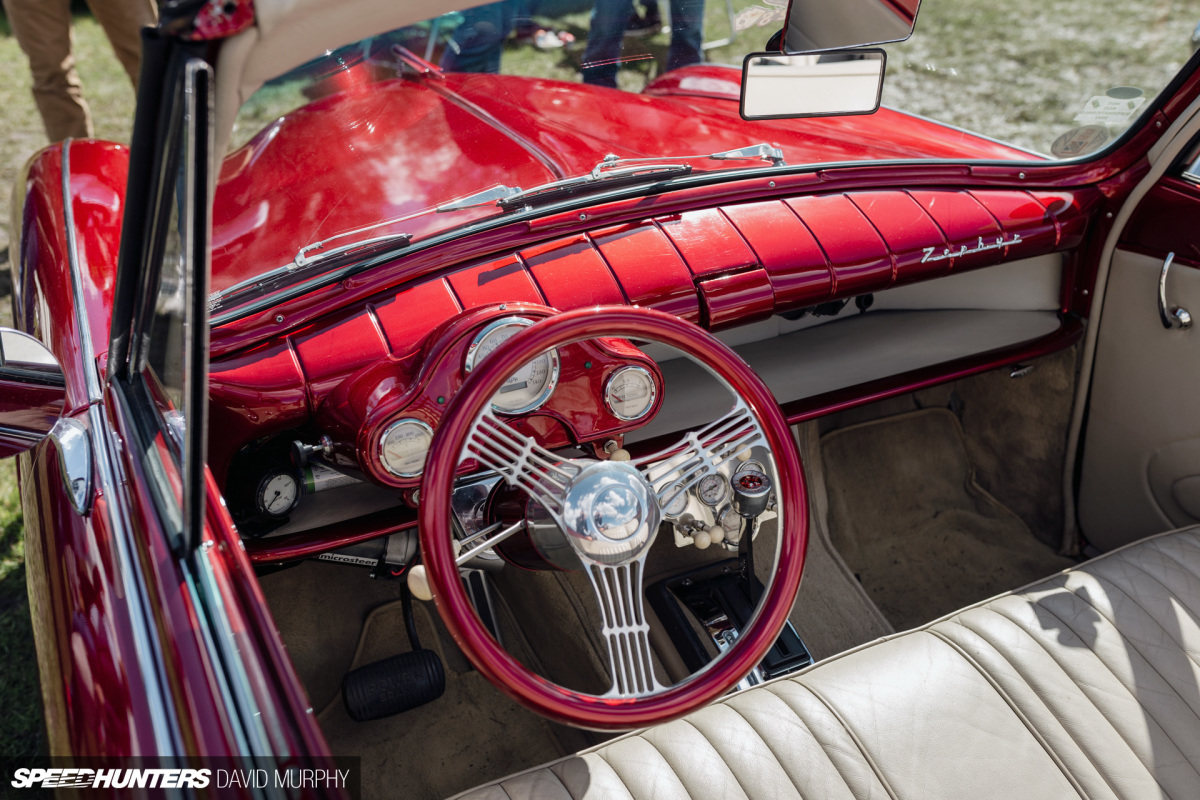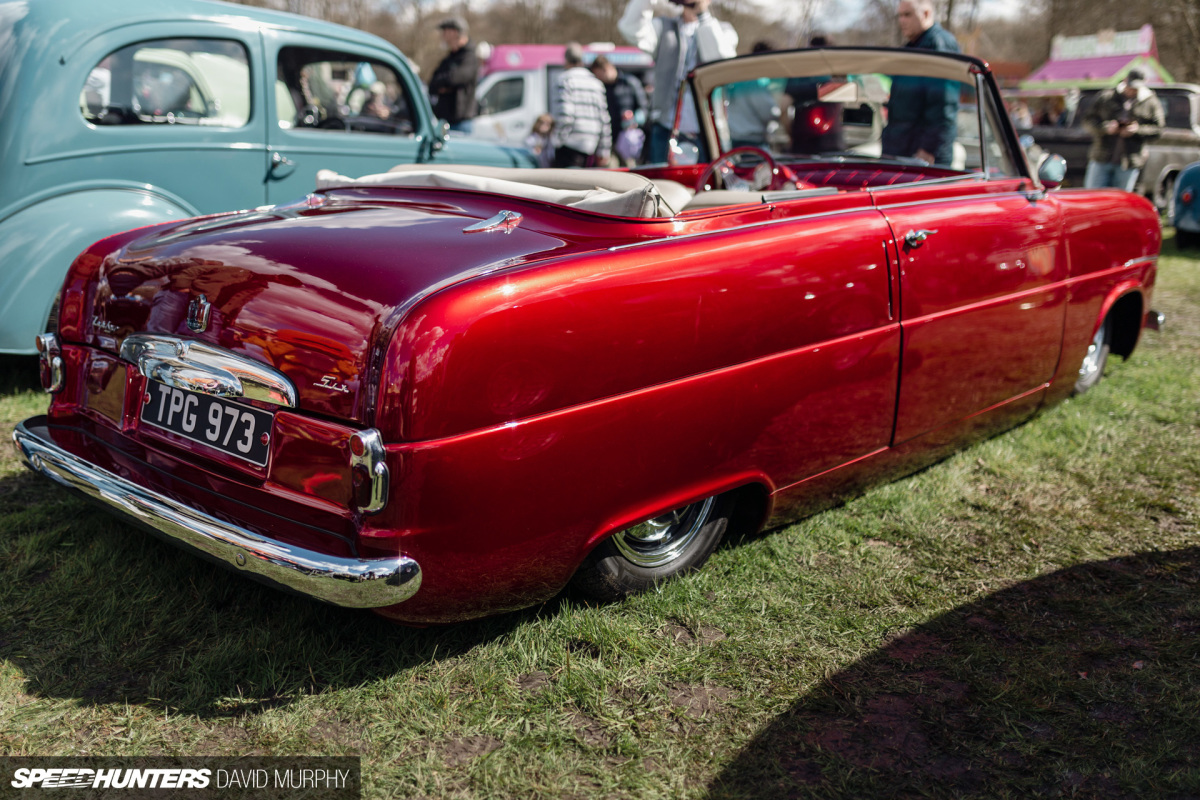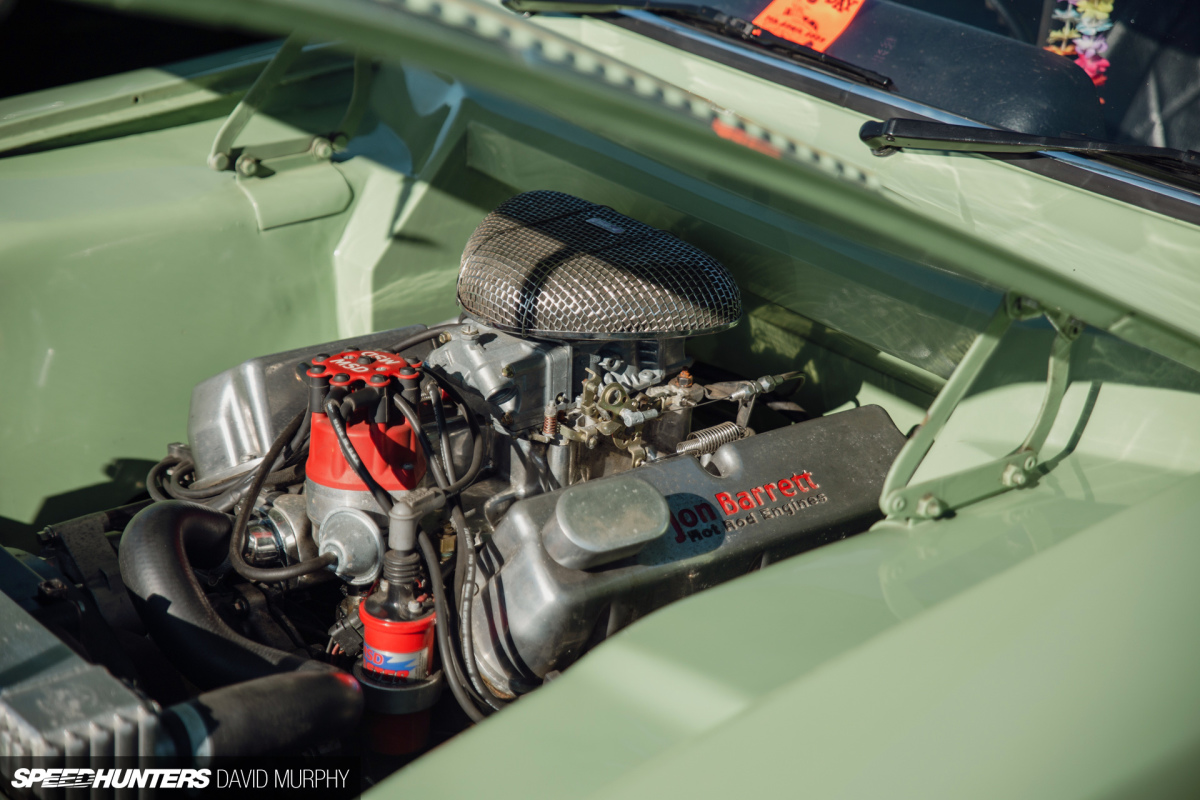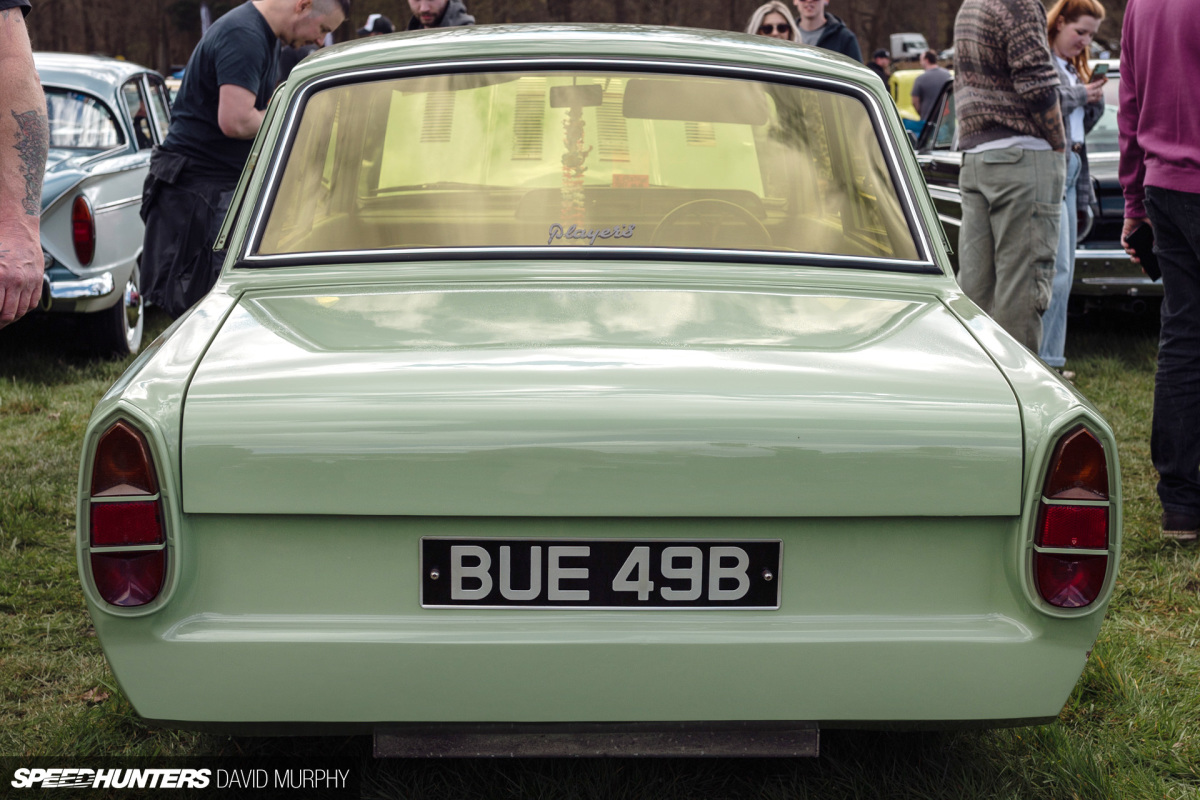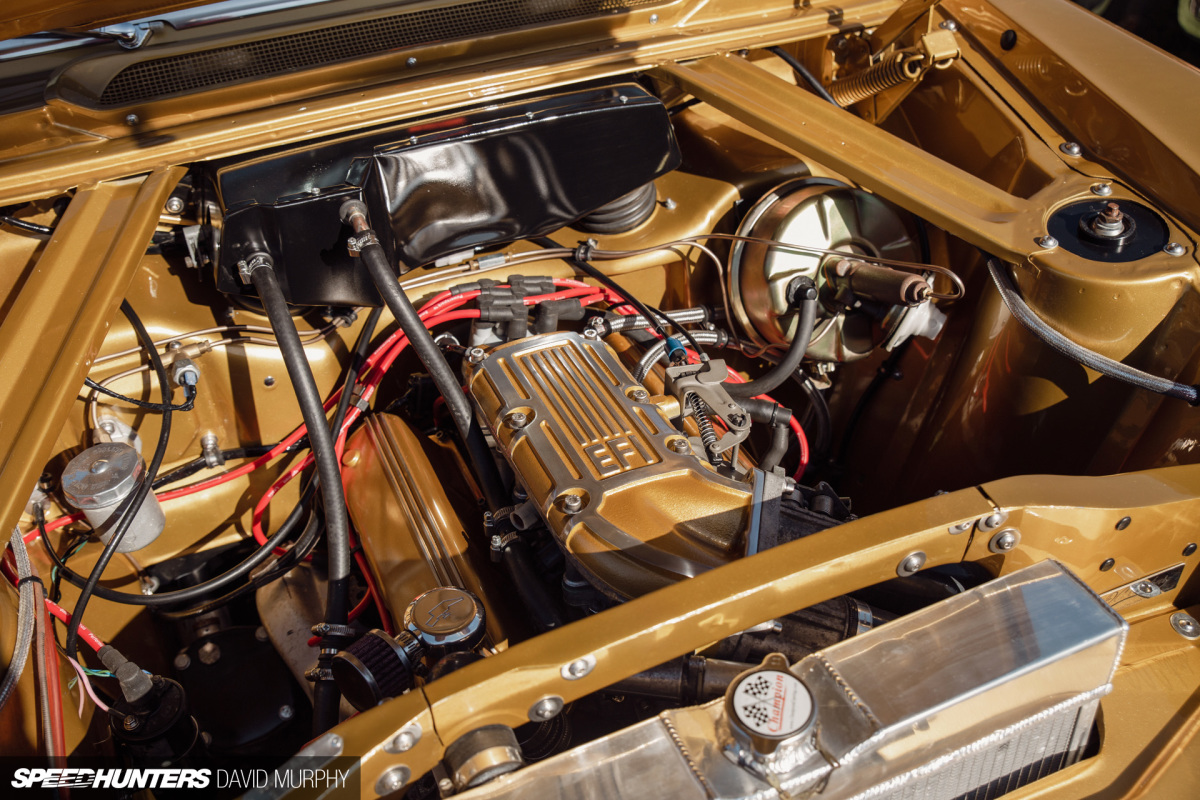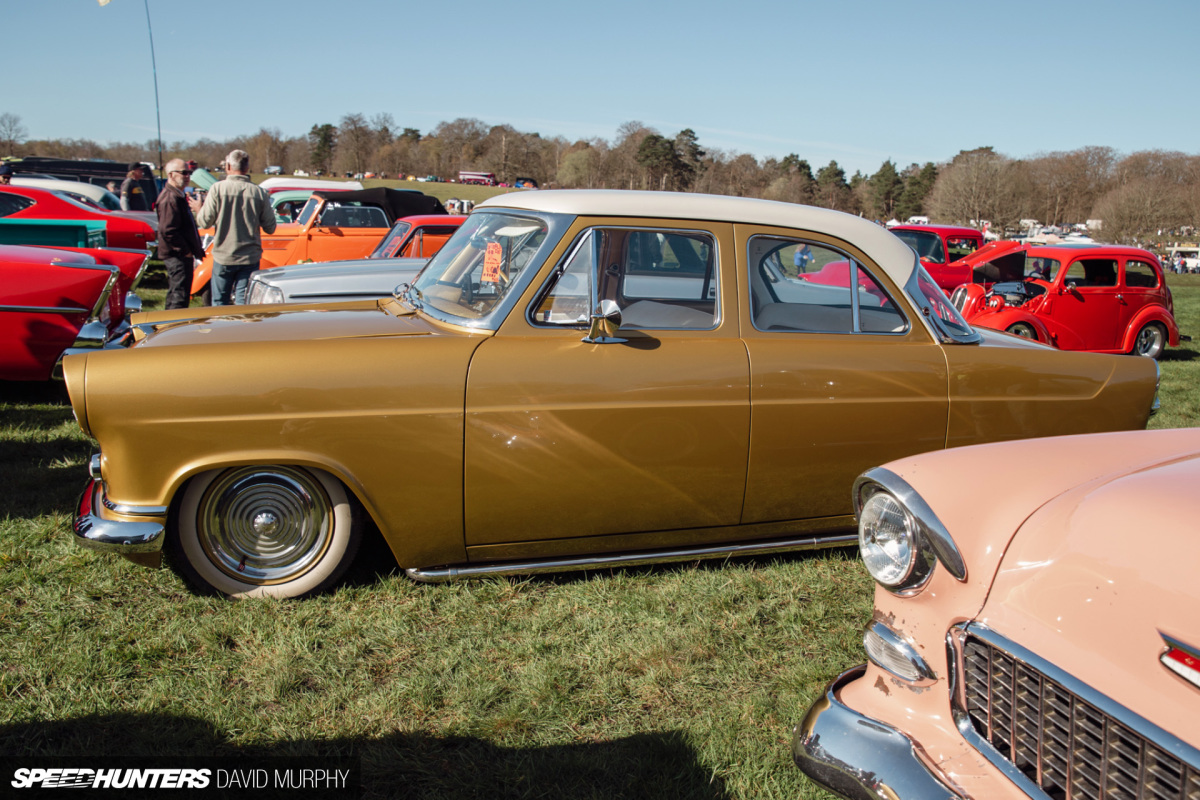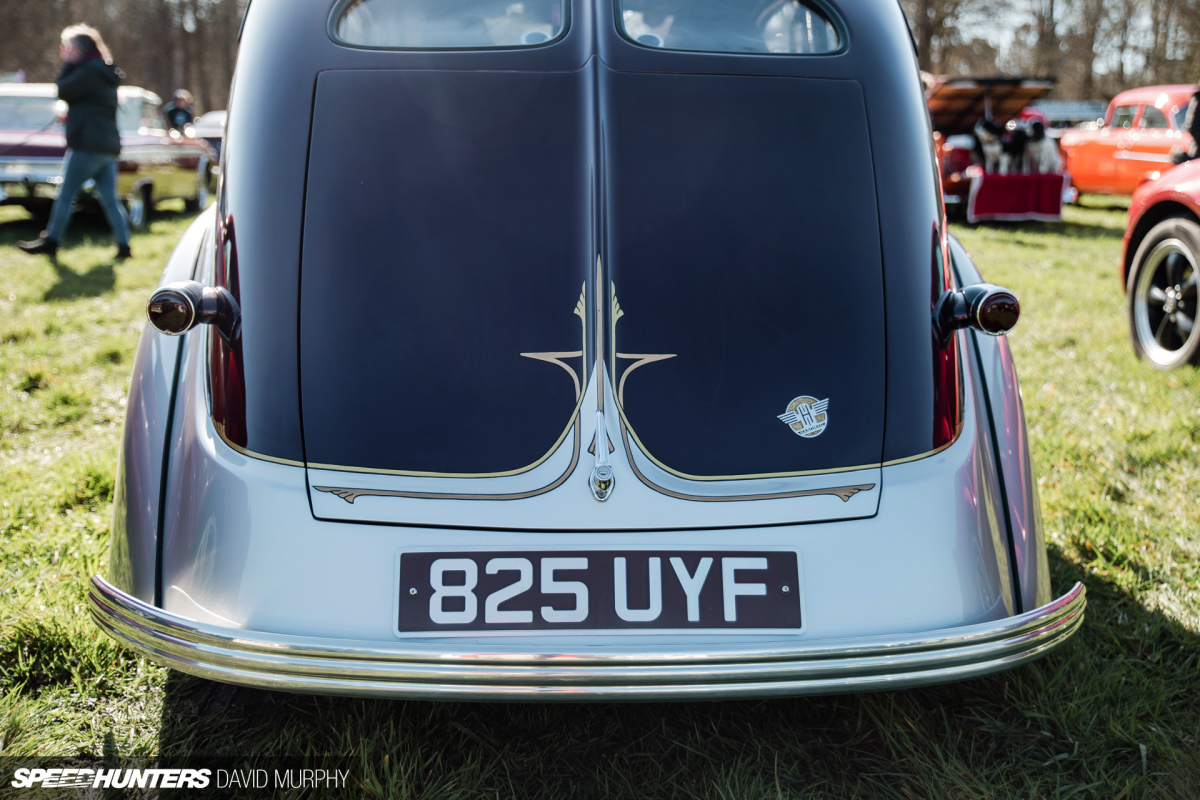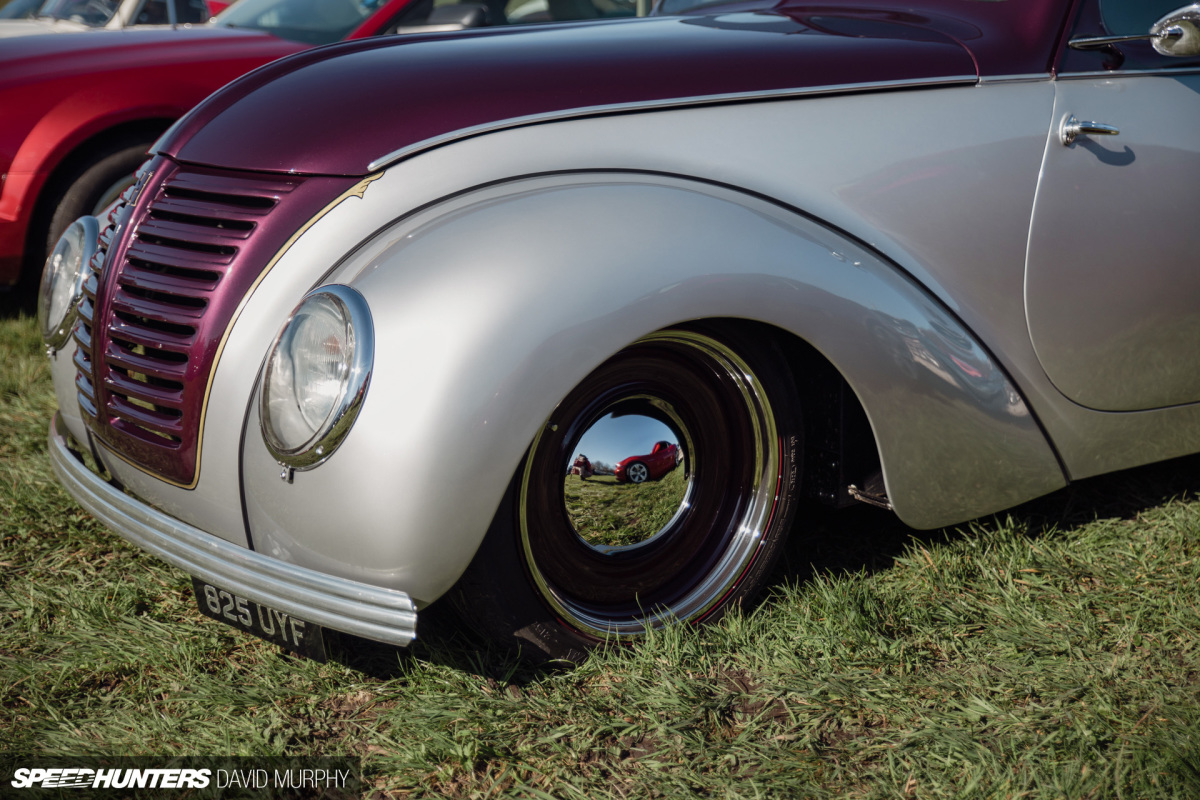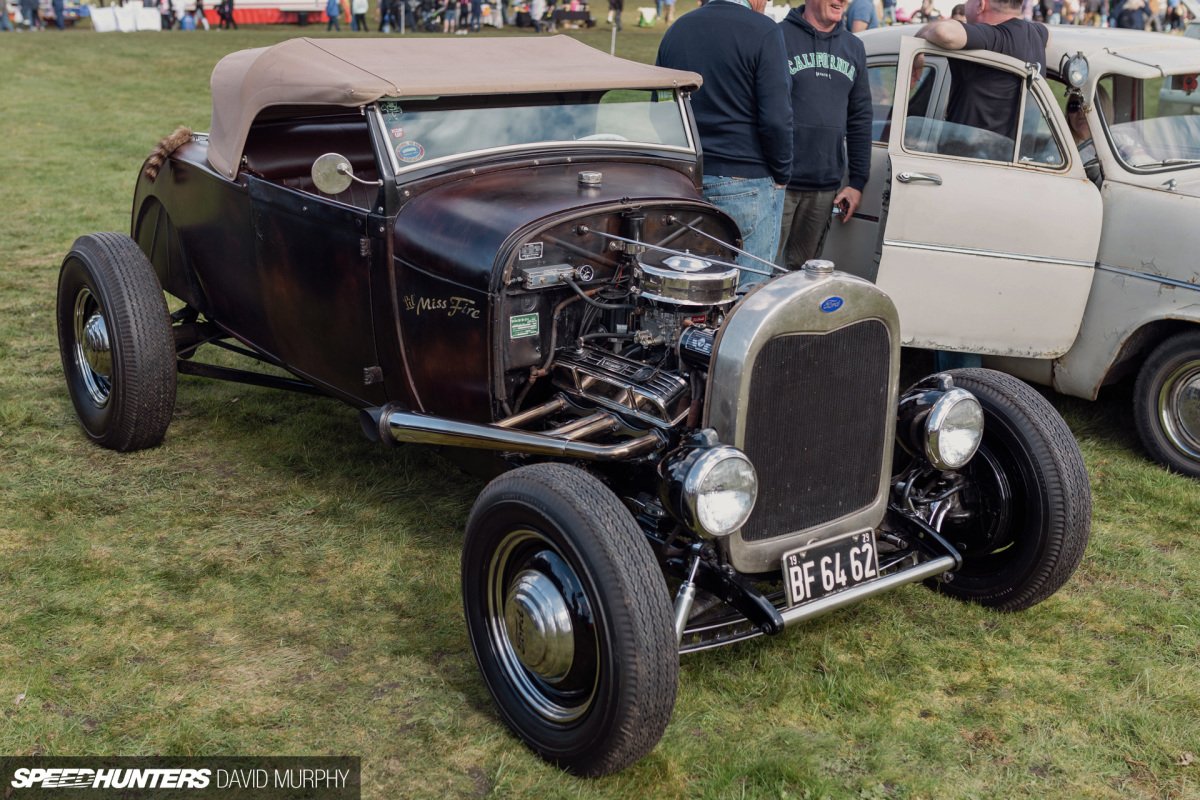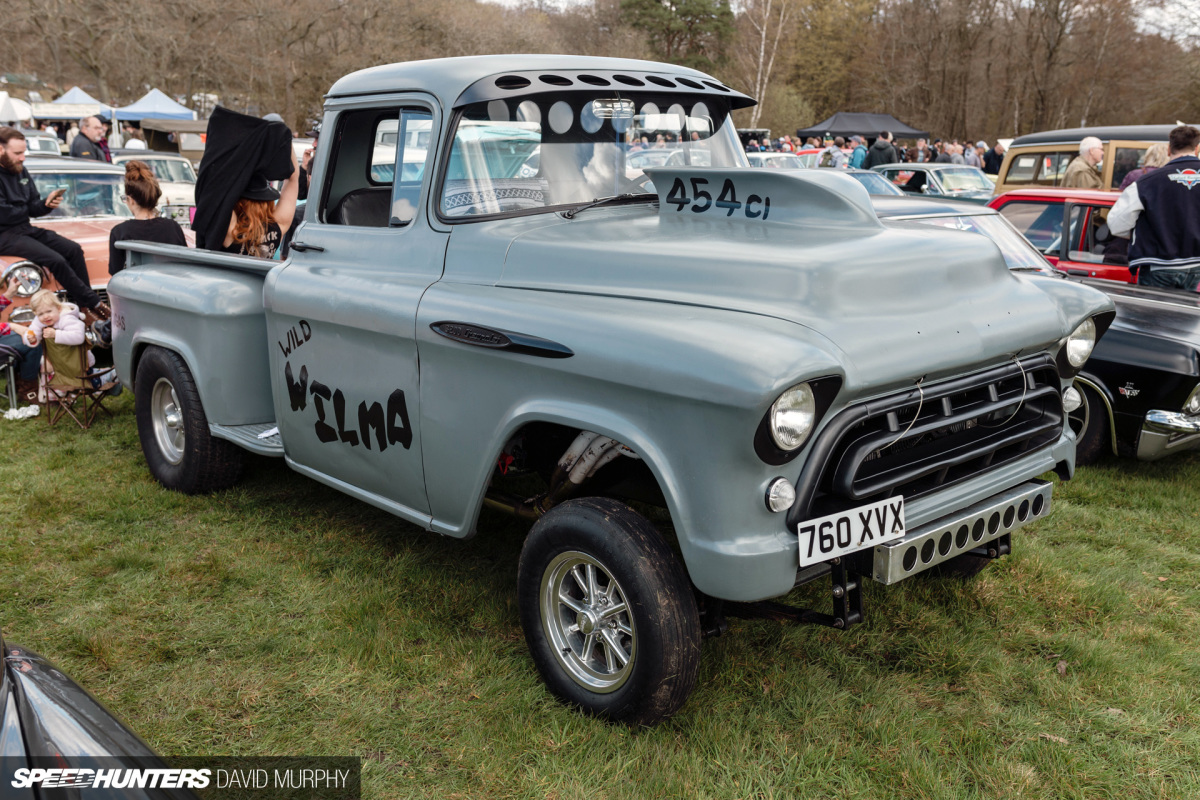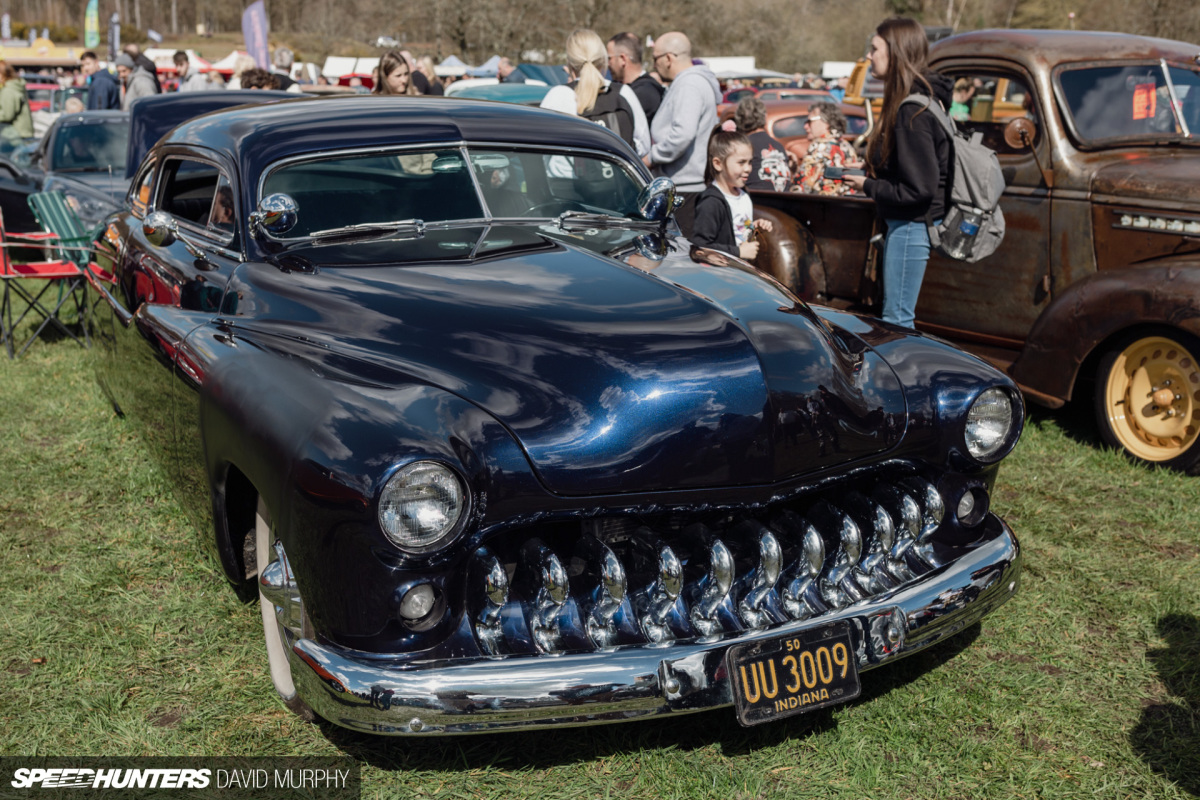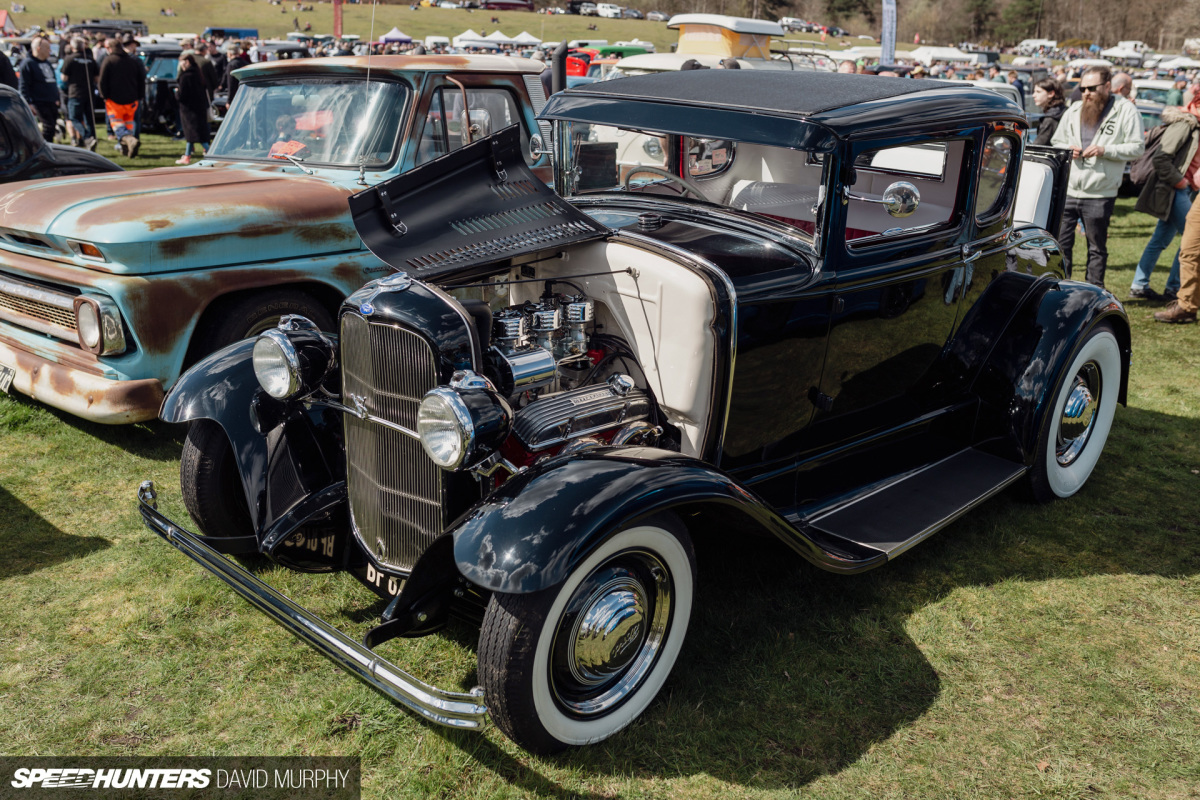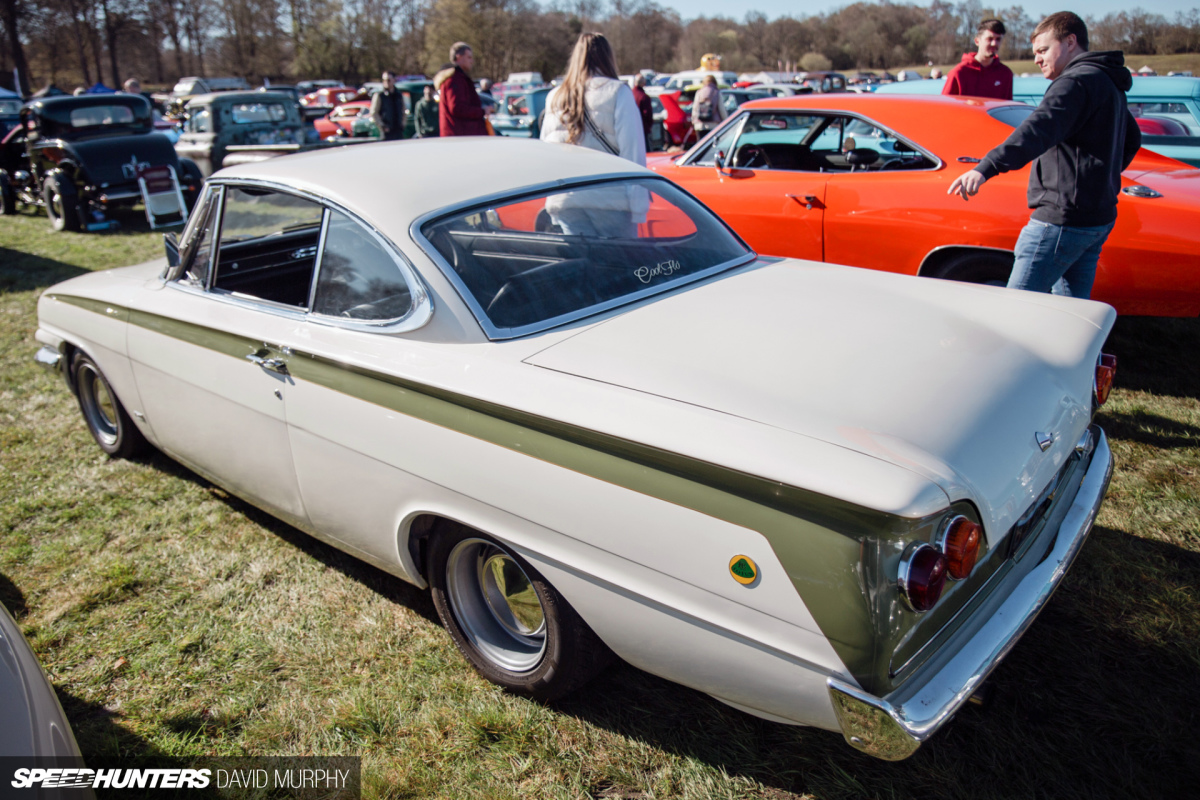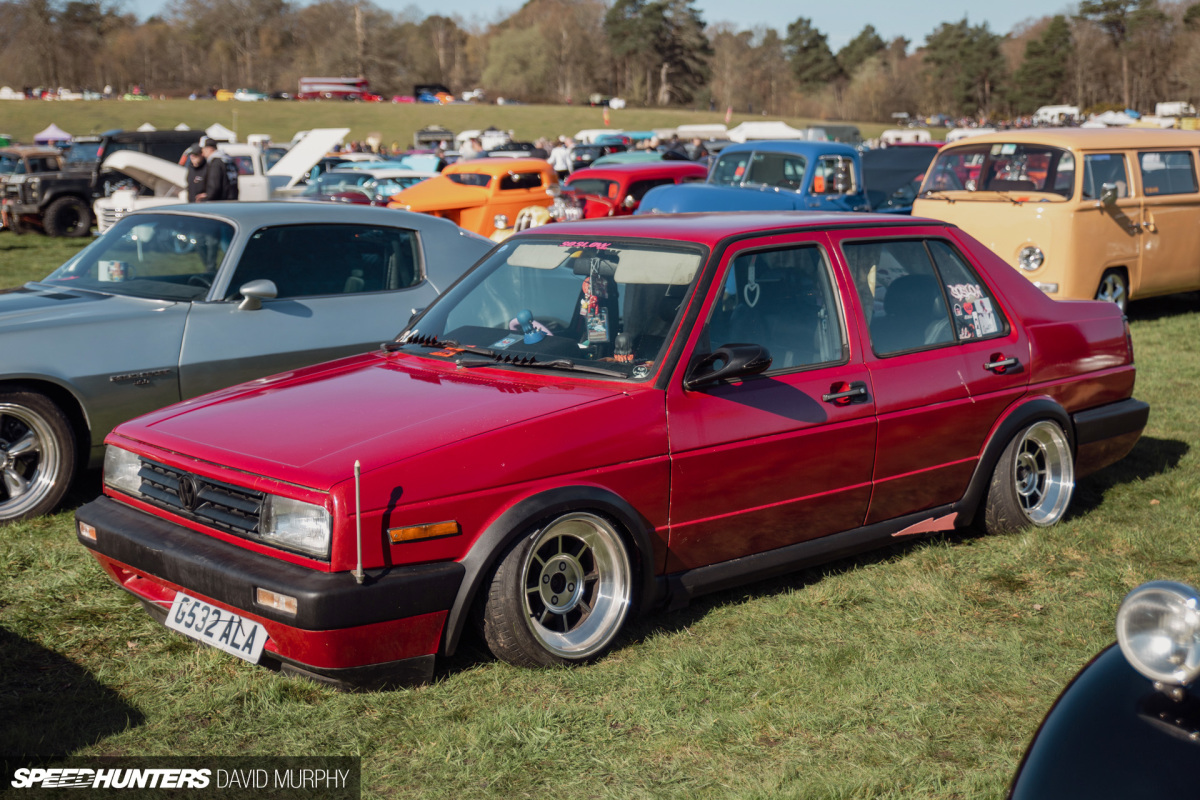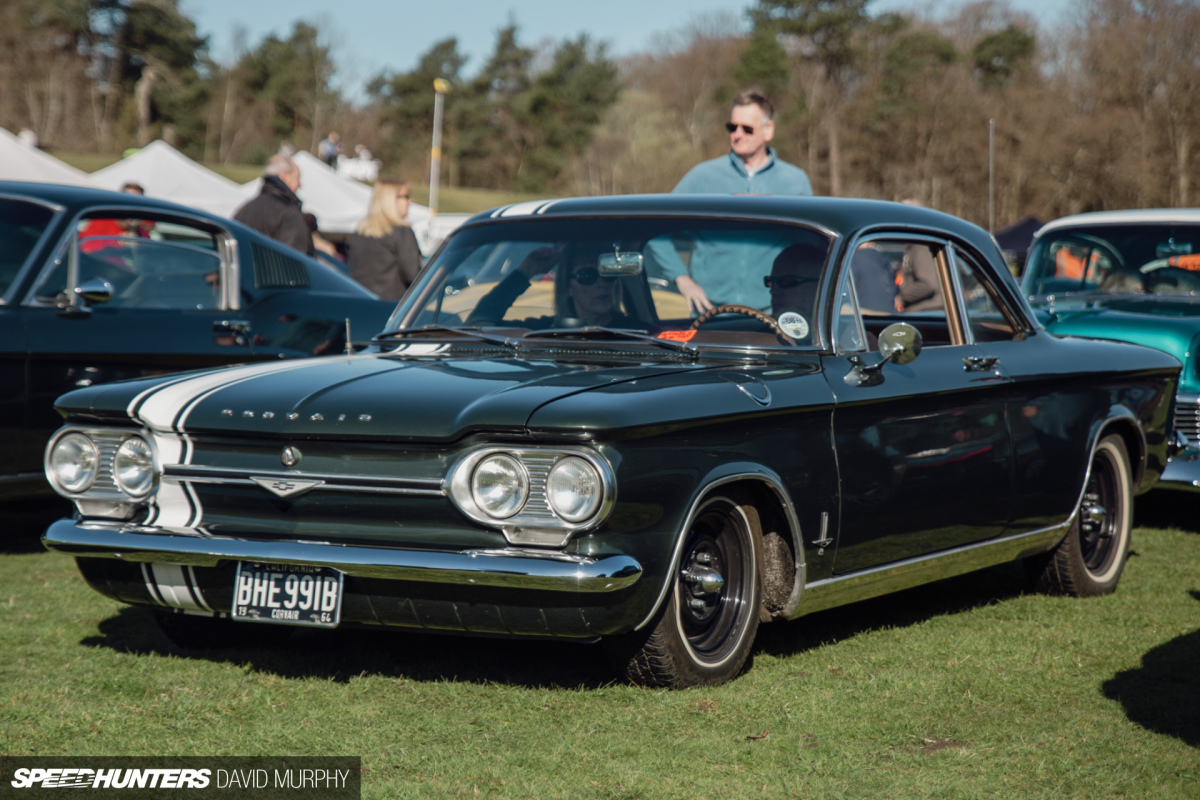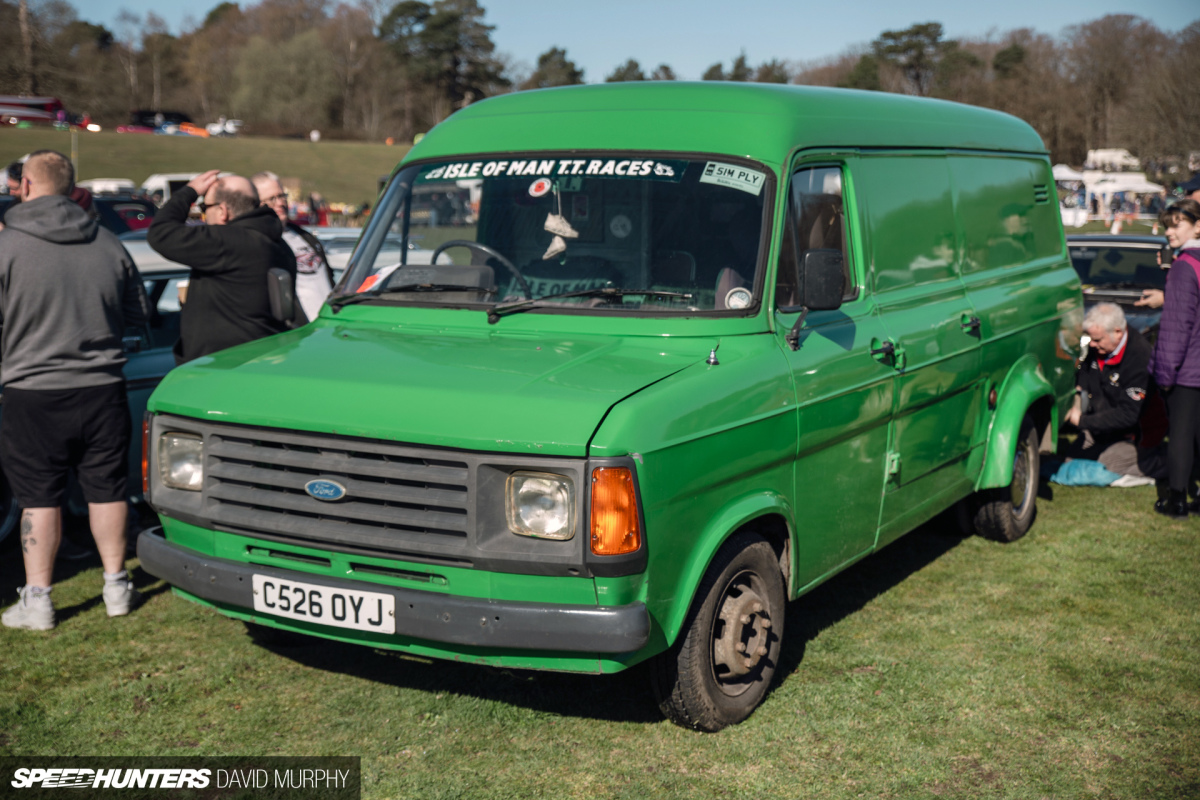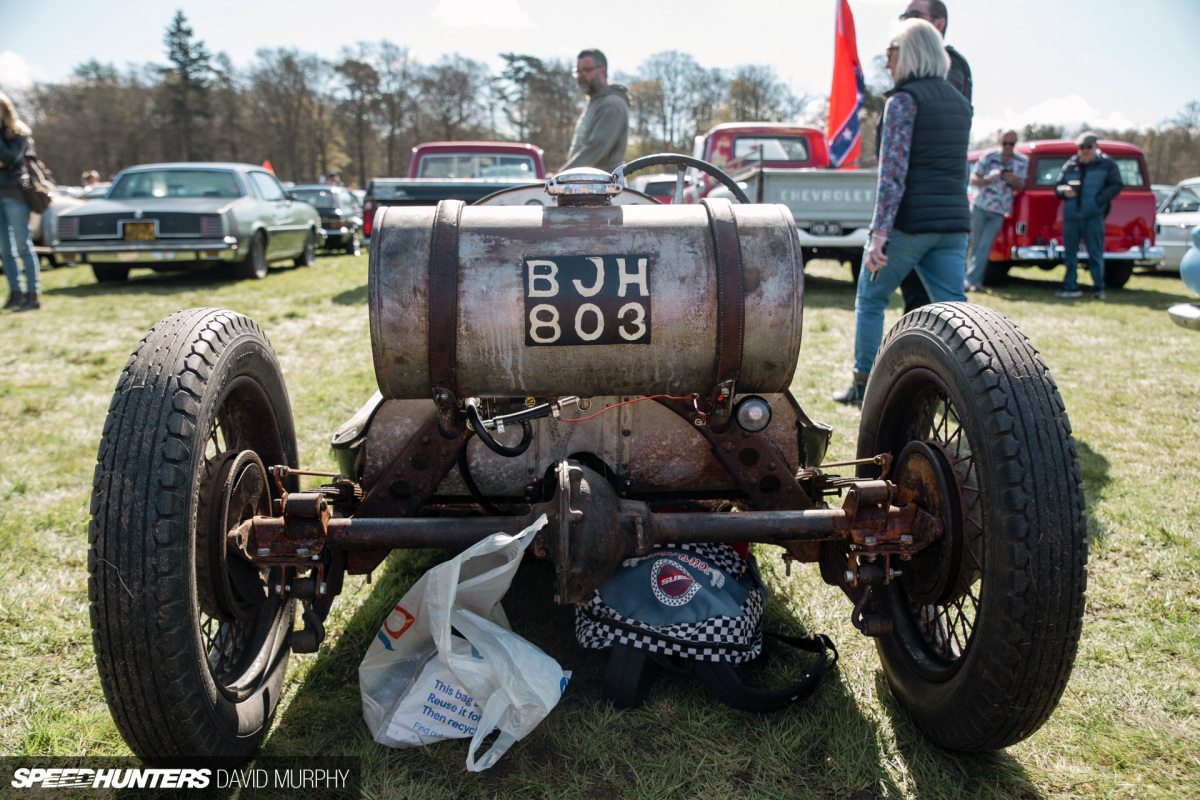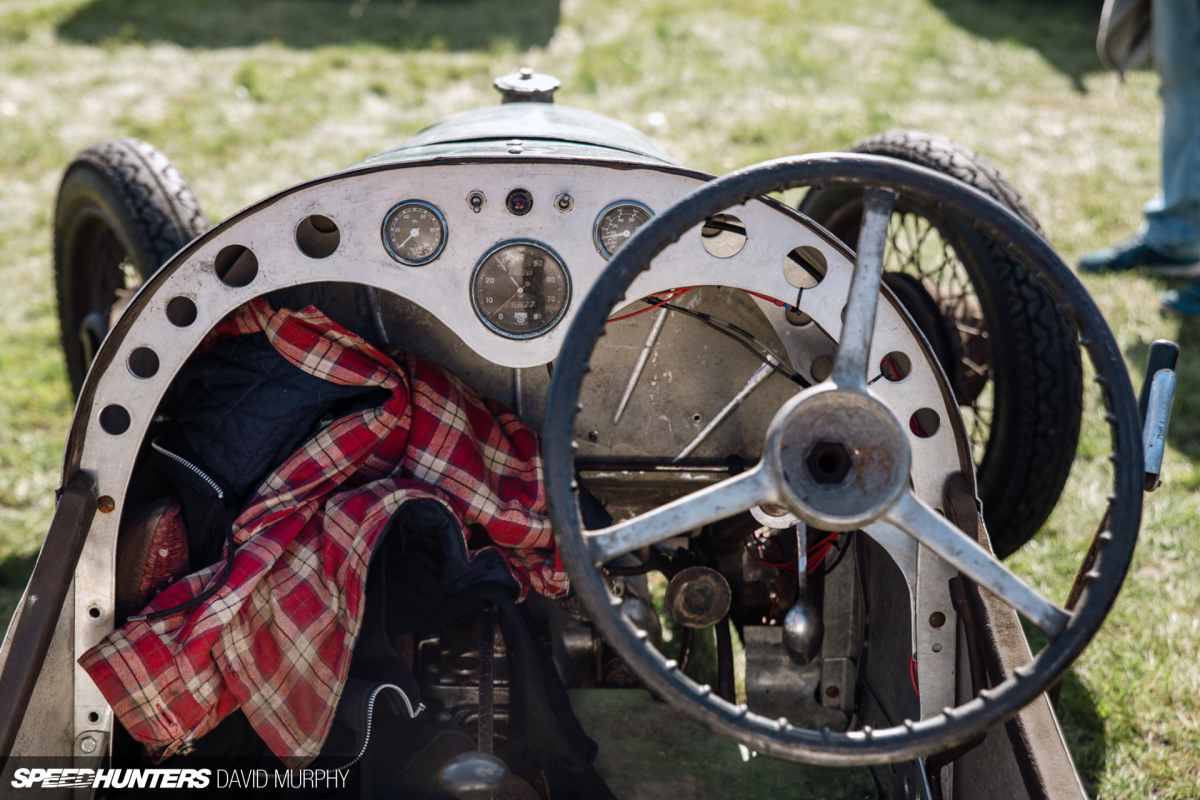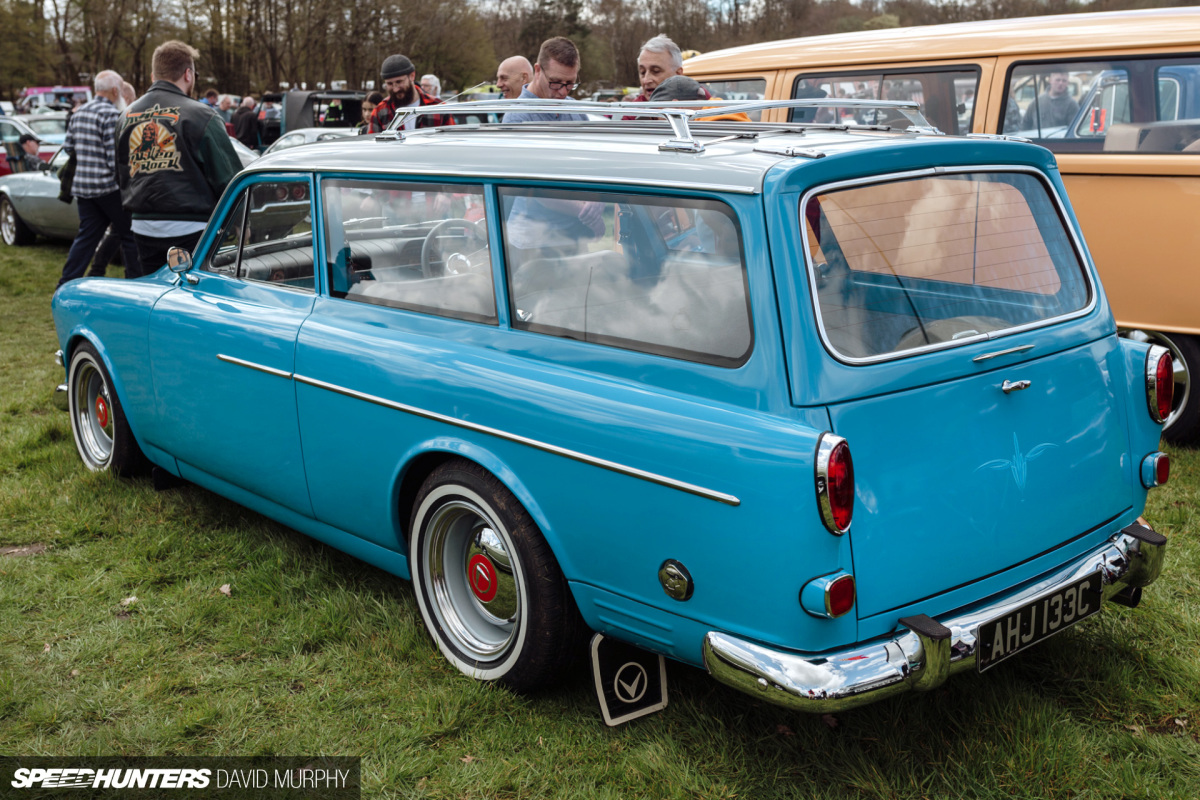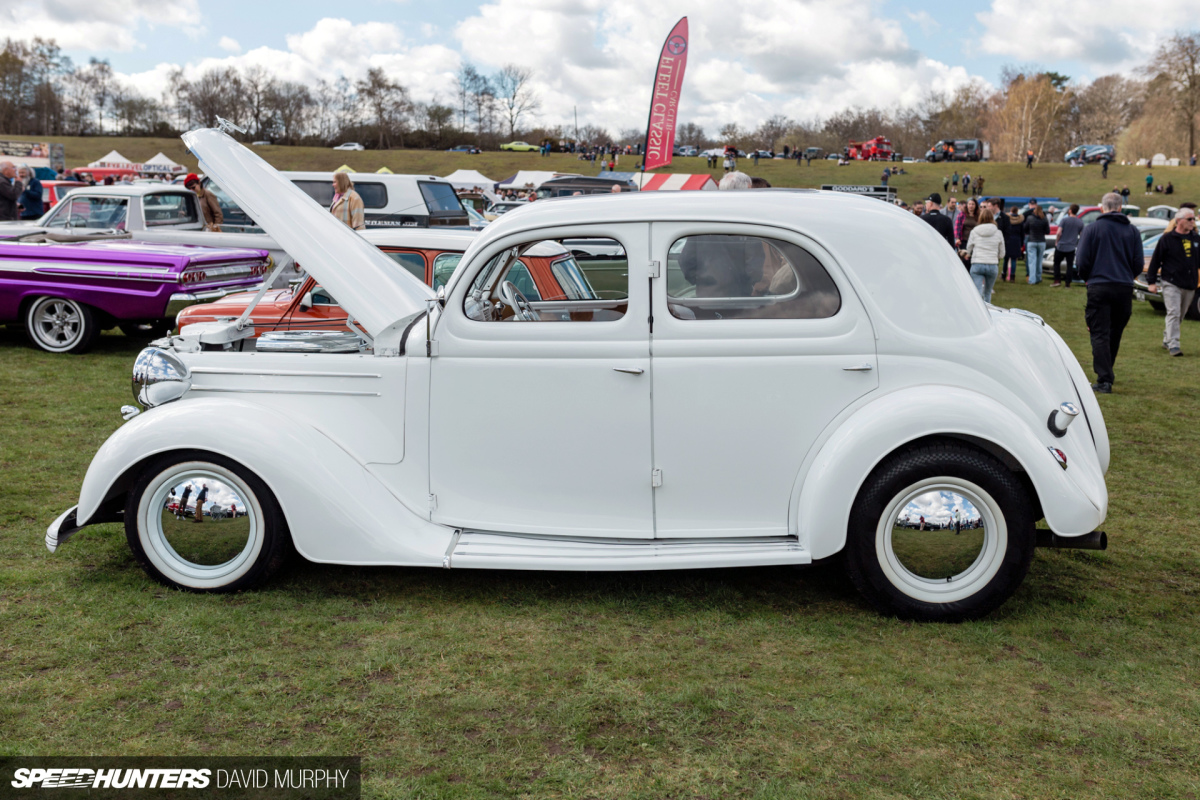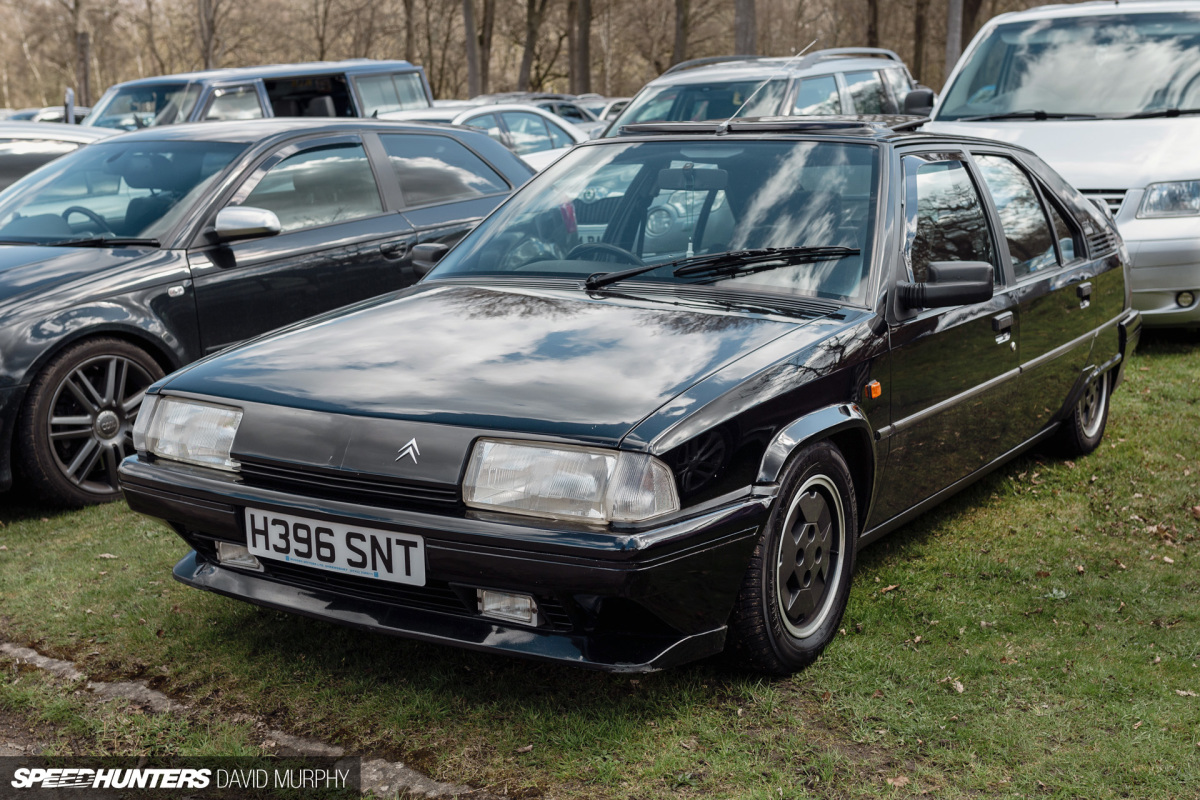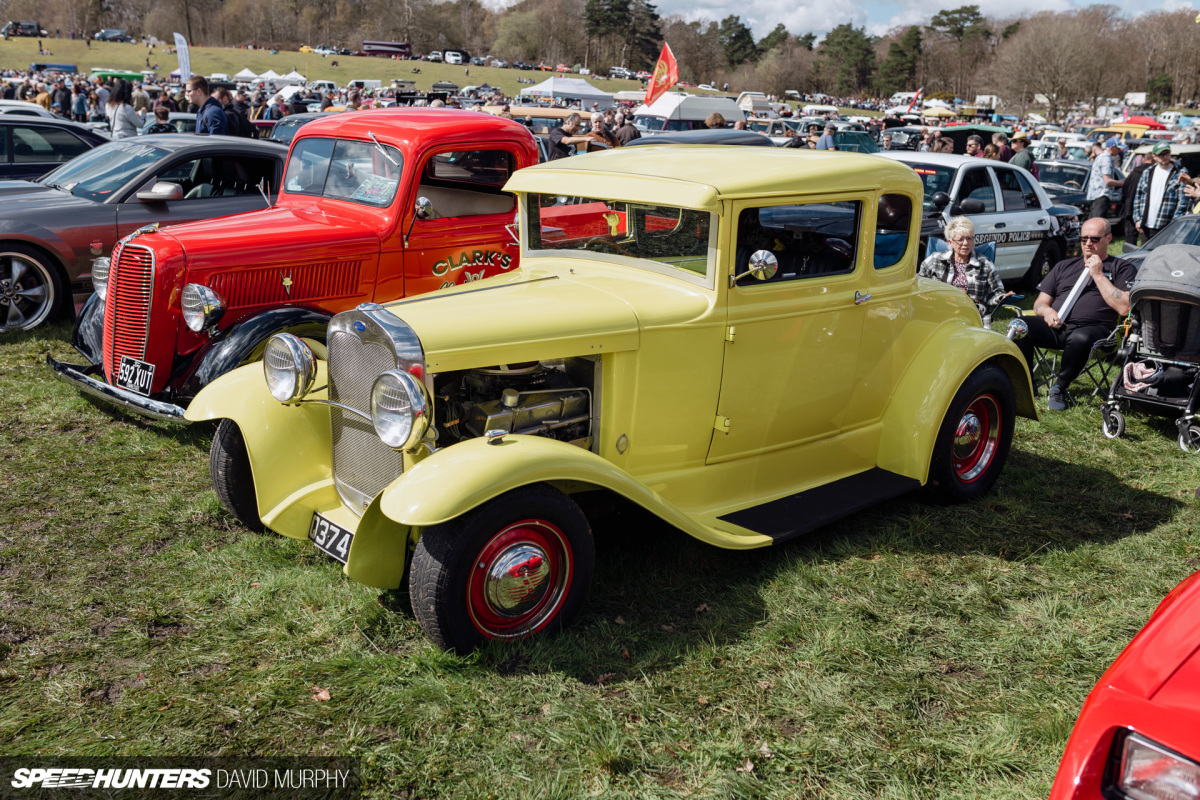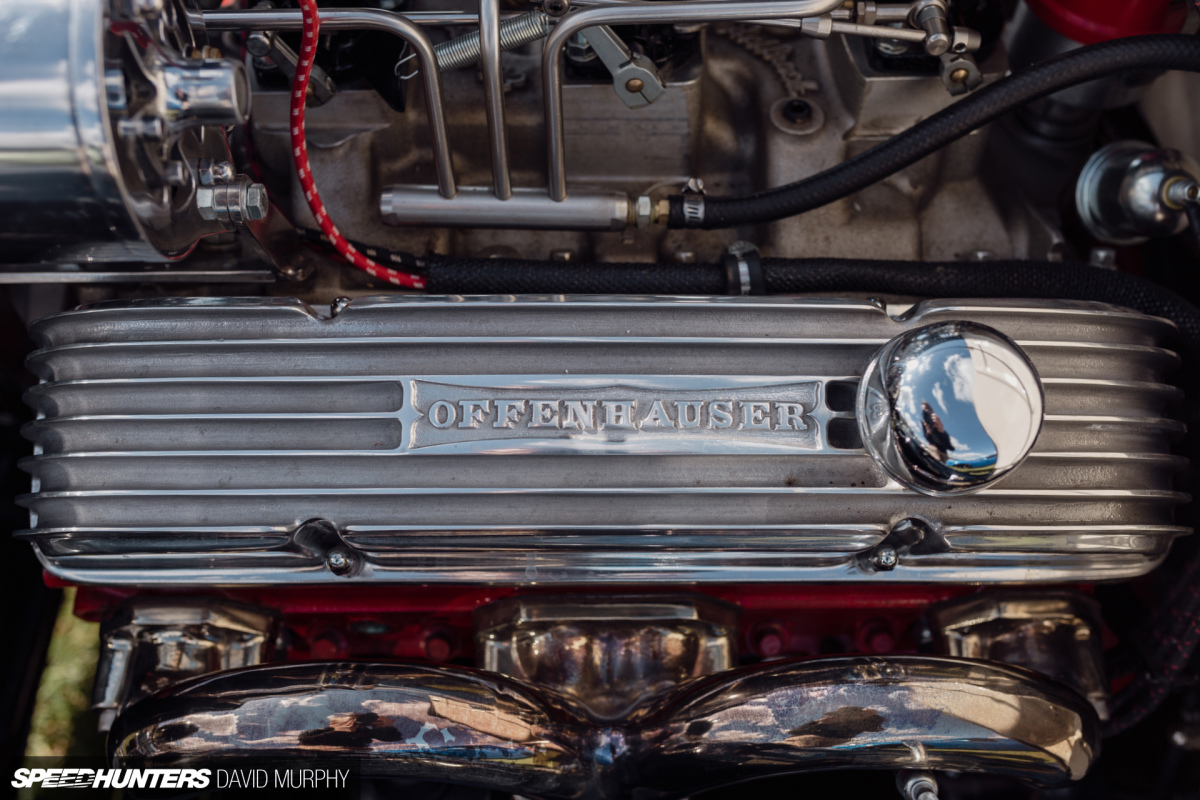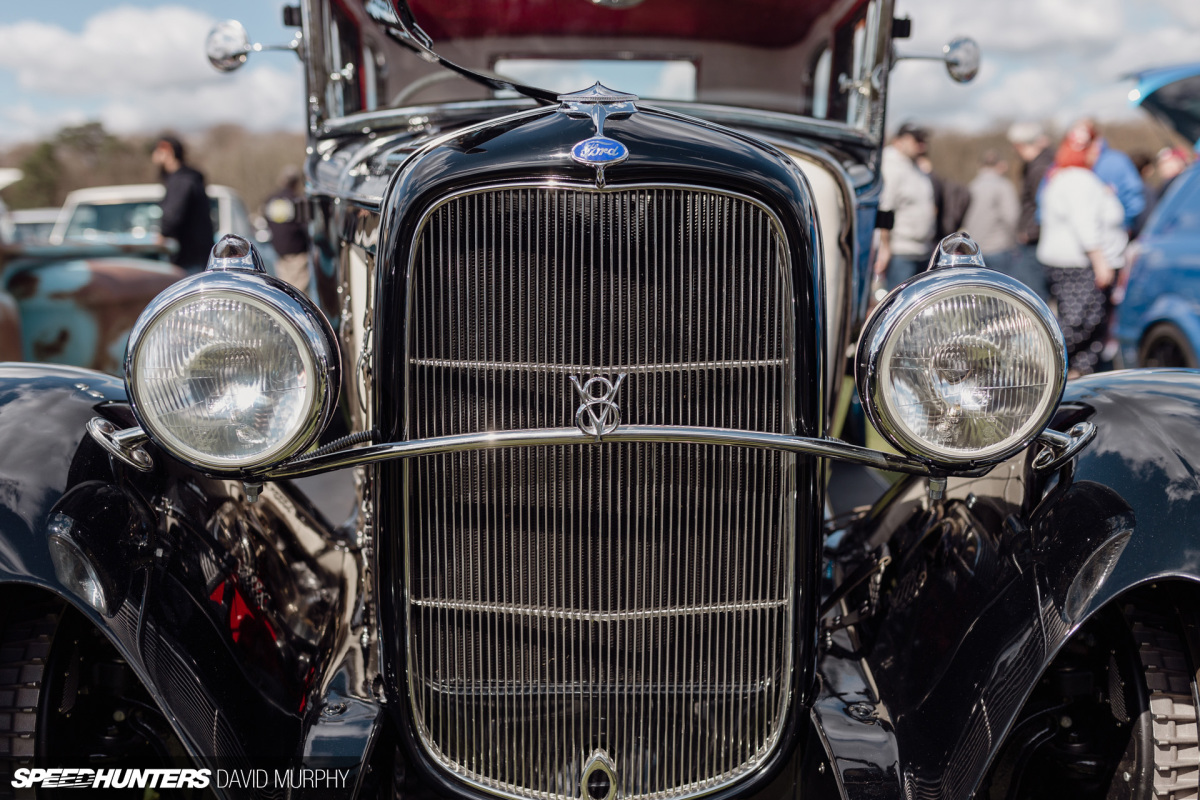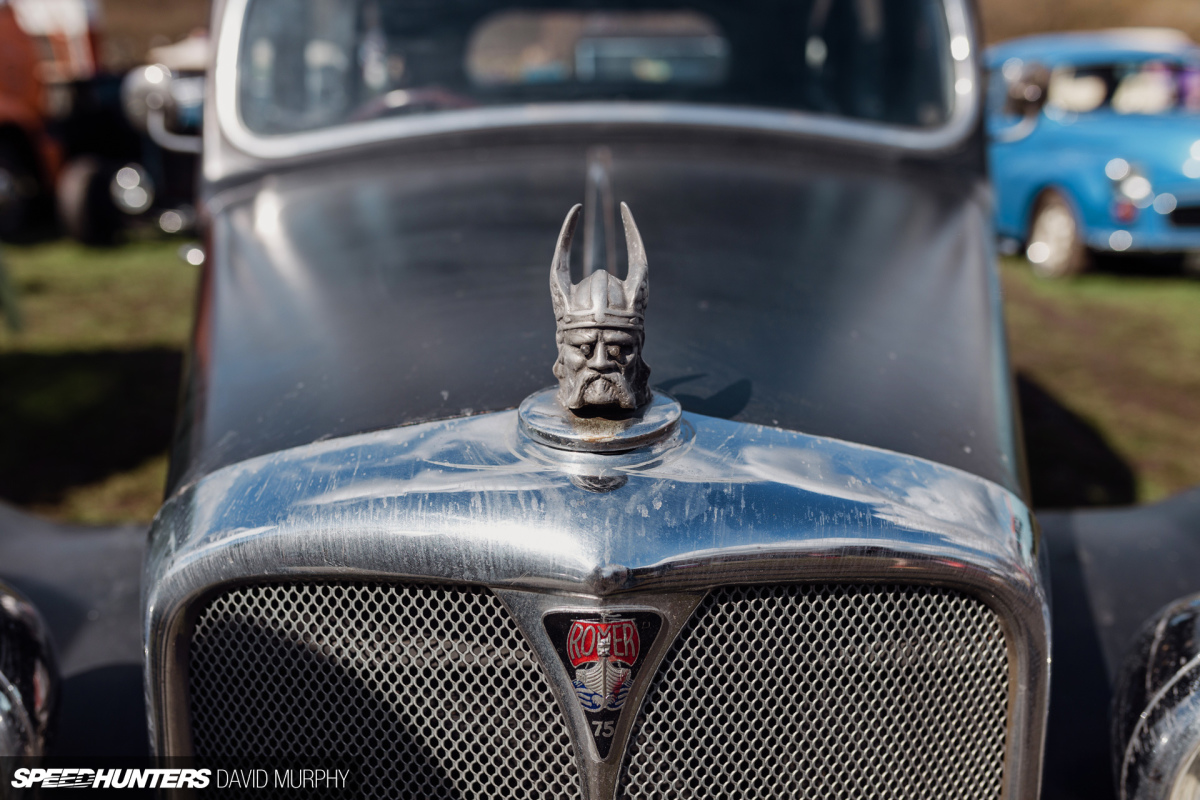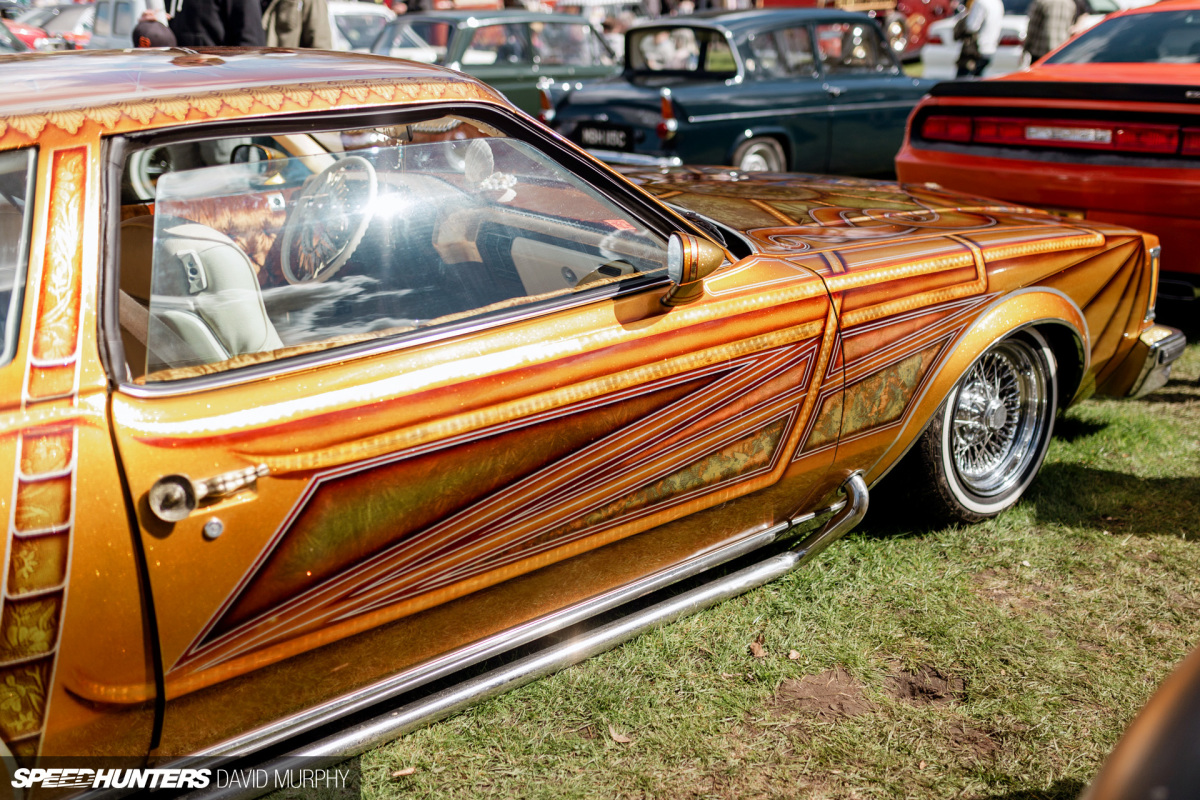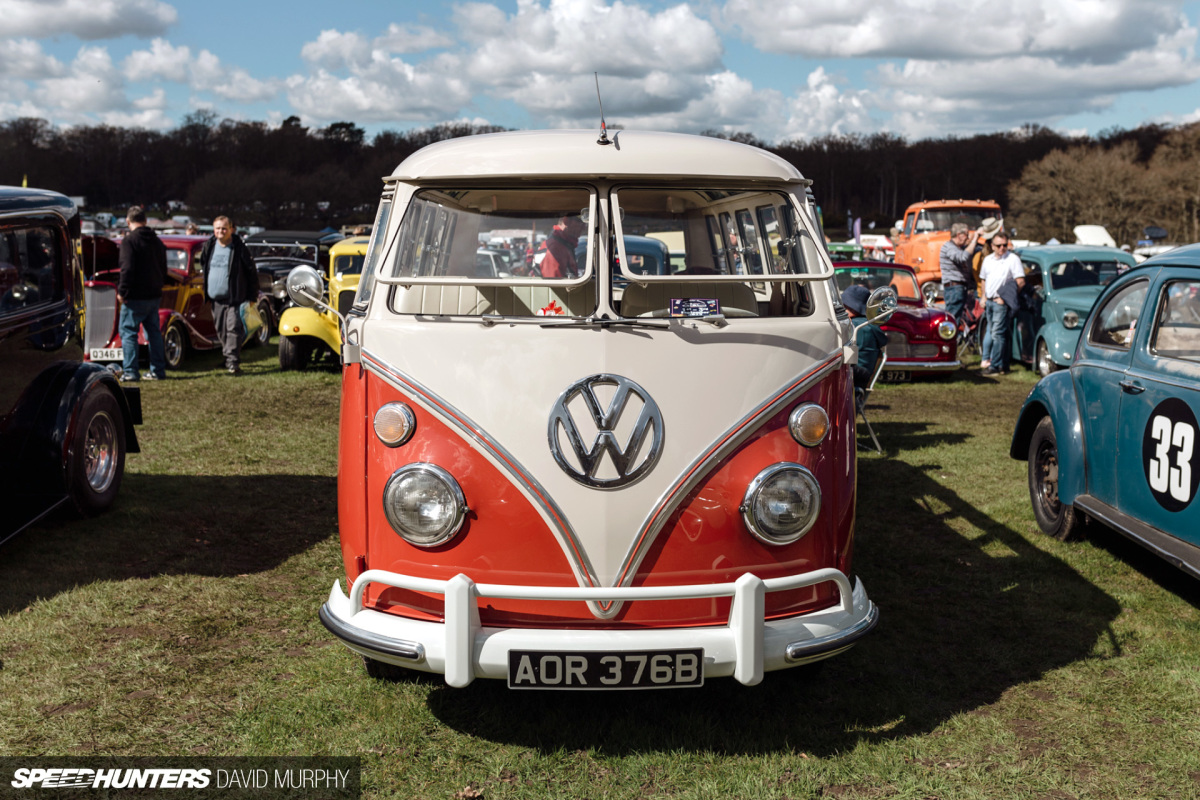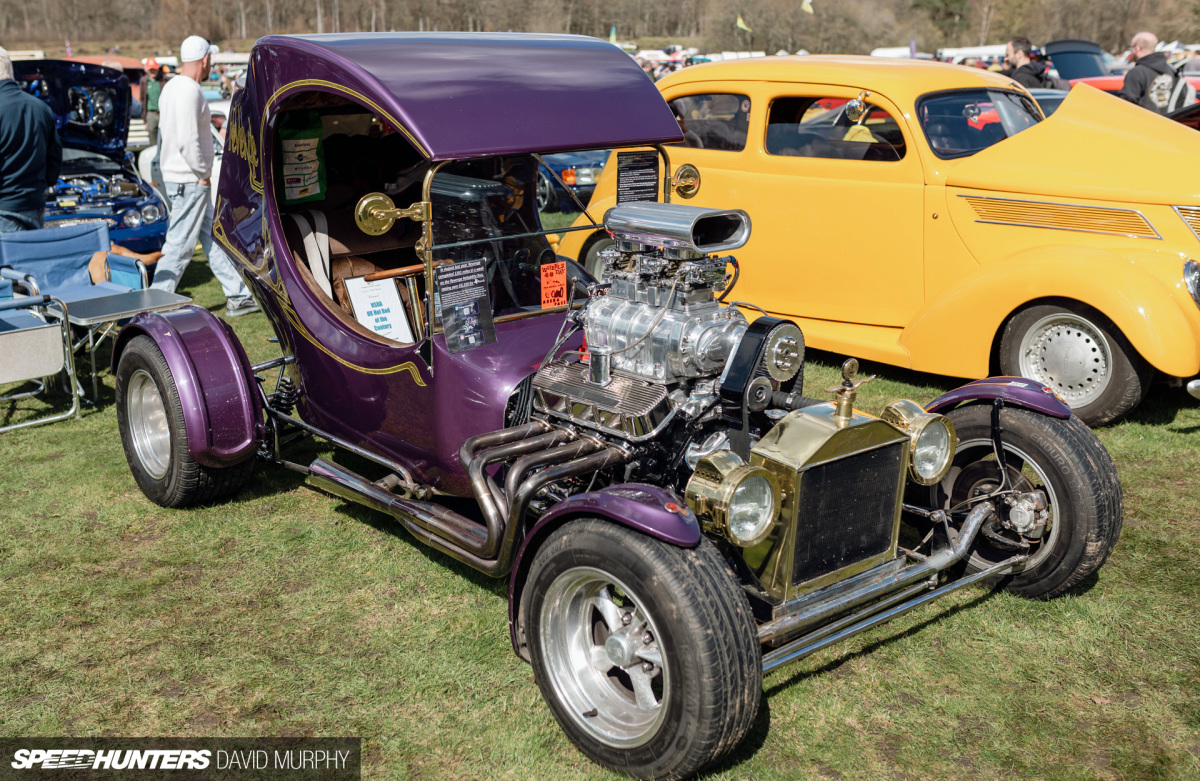On the 4th of June 1976, the Sex Pistols played at the Lesser Free Trade Hall in Manchester, UK. Within the audience were people that would go on to form Joy Division, The Smiths, The Fall, The Buzzcocks, Simply Red, Magazine, and found Factory Records. Those people turned up at the gig, saw what was possible, then went away inspired, attempting to rebottle that magic. In the process they put their own spin on it and created a whole new thing.
That isn’t how influence works in the age of the internet, with the ubiquity of hashtaggable photos and videos. Multiple people would have videoed the gig in some wonky portrait mode, the audio all blown out. Everyone could have relived it, probably within an hour of the event. They could have got the sound perfect, the moves the same, the clothes spot on, the attitude packaged and provided by the algorithm. They would have been perfect copies. The world a worse place for it.
Such is the way with the car scene.
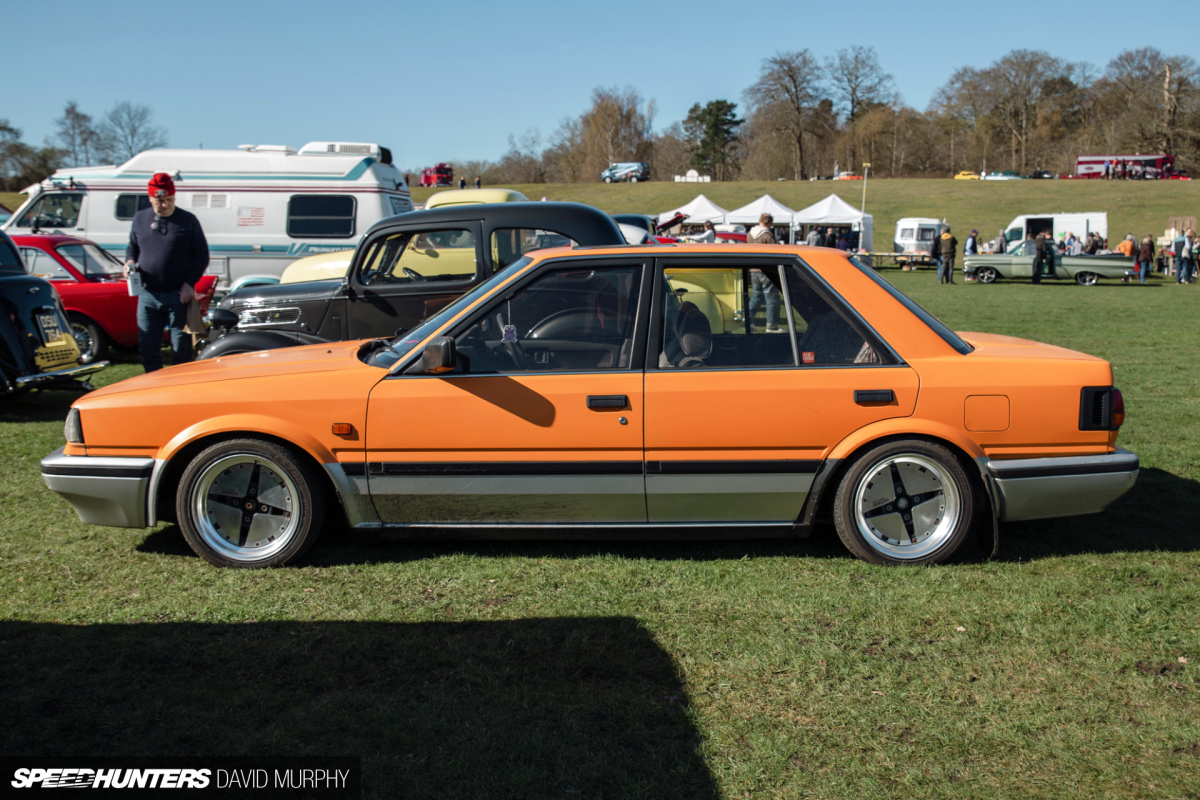
Seeing photos of a car and having to check the background for reference points to work out if it is in Seattle, Osaka or Adelaide shows an amazing international appreciation and attention to detail for a style. It also shows the vanishing uniqueness of local car scenes. There are very few scenes that haven’t really been emulated elsewhere, or so it feels.
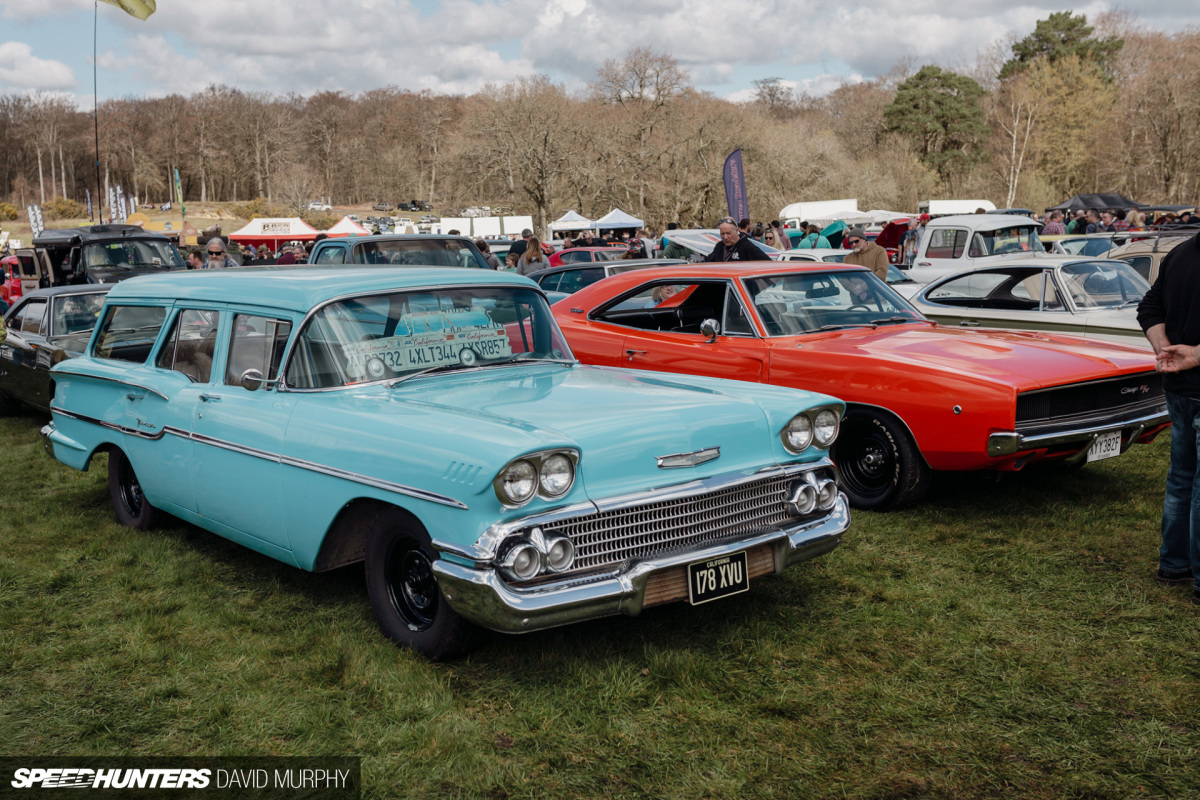
Maybe the madness of Brazillian Rebaxidos, or that large-wheeled look the Australians go for on their old school rotary Mazdas has escaped, but for the rest, from the wildness of Gatebil cars, Berg Cup, VIP, hot rods, trad rods, shakotan, cleaned, stance, German look, all of it is well represented and well reproduced across the globe. Hell, the Japanese brought back the slightly ‘wrong’ attempts at JDM-style modifications in the US and embraced them as mind-warping USDM.
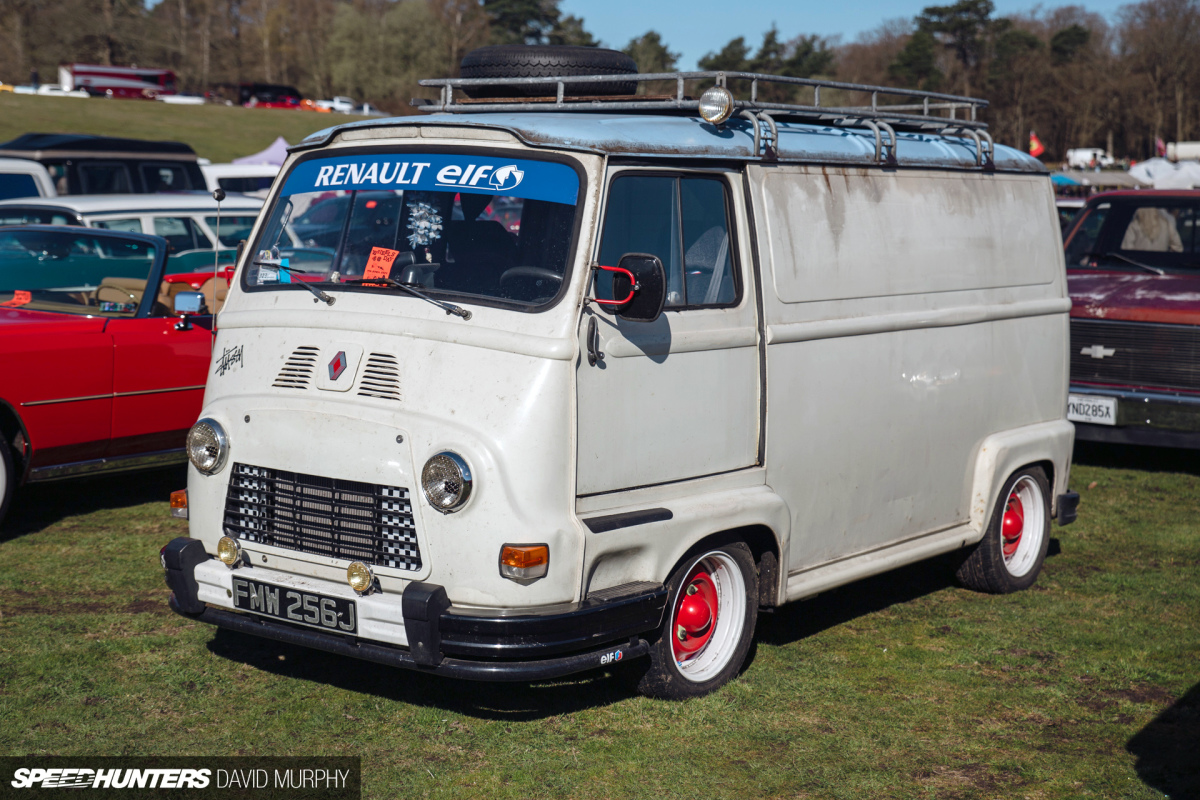
It isn’t an objectively bad thing to have these styles spread so well and have such enthusiasm for them. Not at all.
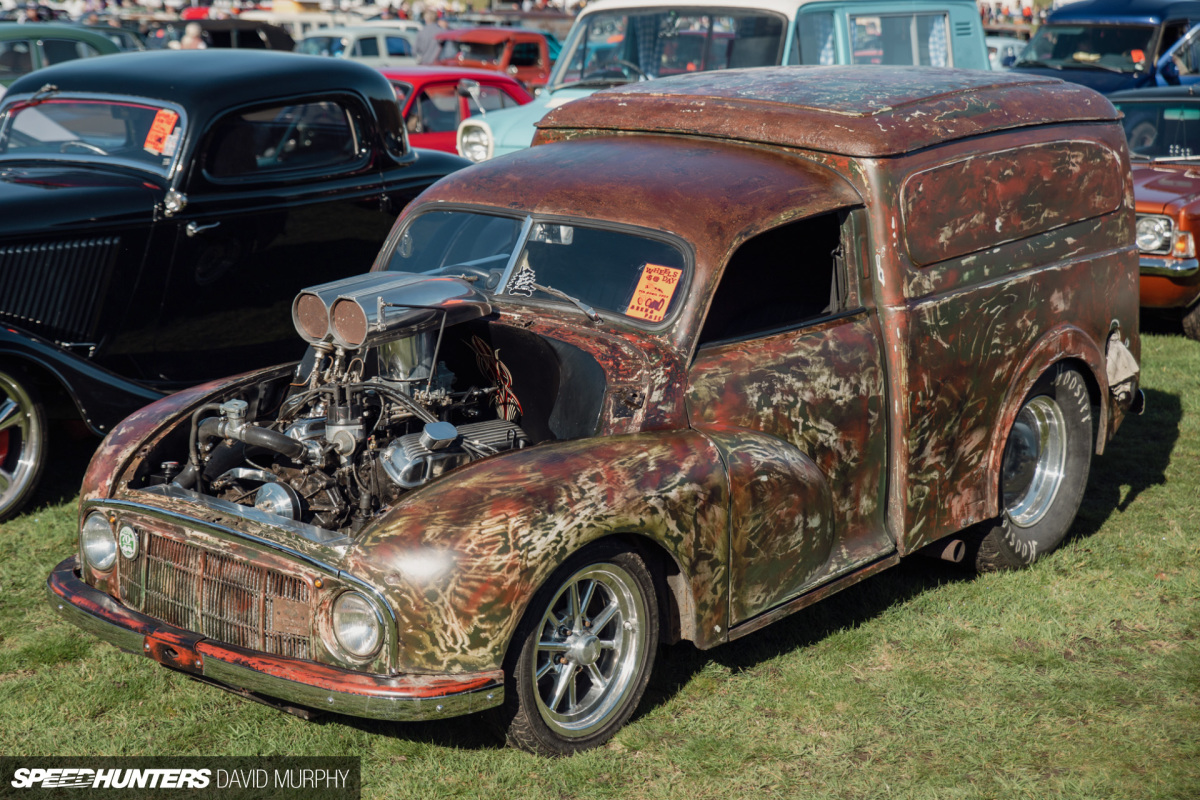
For me though, and I say this as someone who owns a spot on shark-nose kaido racer that was built in New Zealand and then imported to the UK, the real exciting part of various car scenes are the local attempts at an international style, or a completely localised scene that really only exists in a country, or a city, perhaps even between a handful of friends. That is where you see stuff you’ve never seen before – the next inspiration.
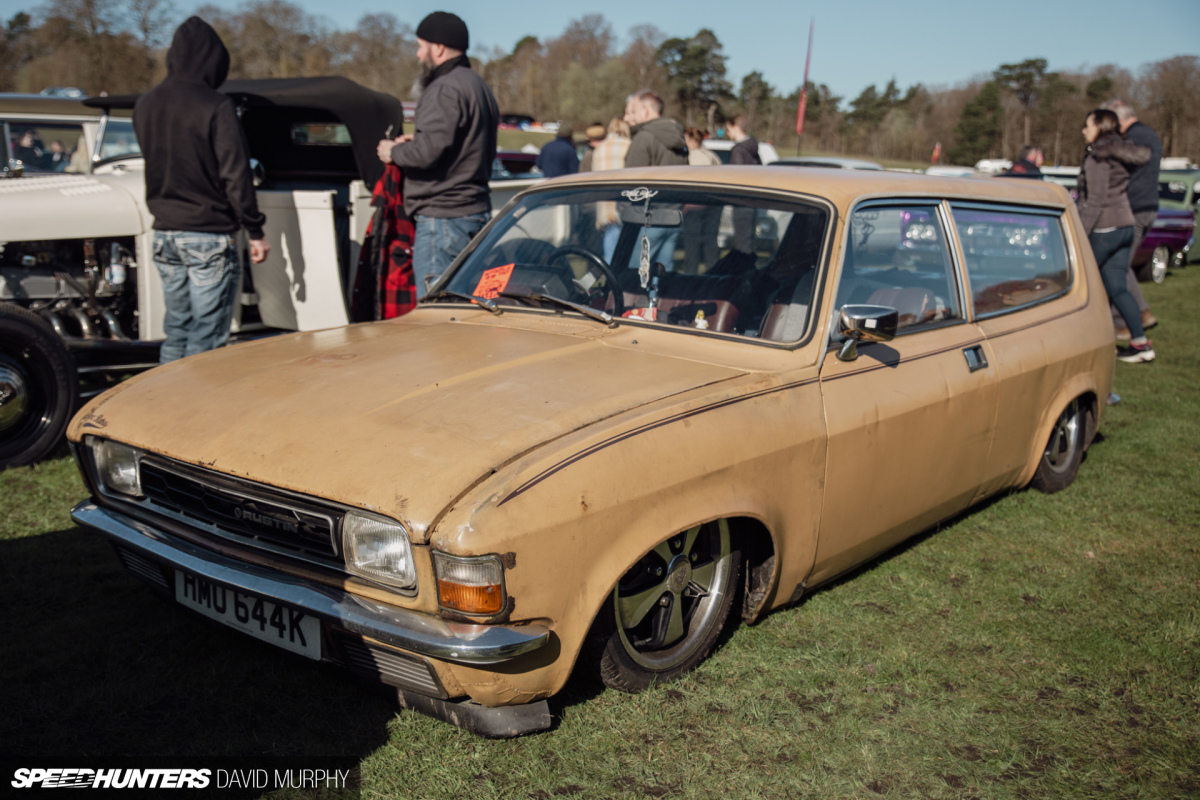
With this in mind, I recently headed to Wheels Day at Rushmore Arena in Aldershot. Here’s a UK show that has been going for the best part of 50 years on Good Friday of every Easter weekend.
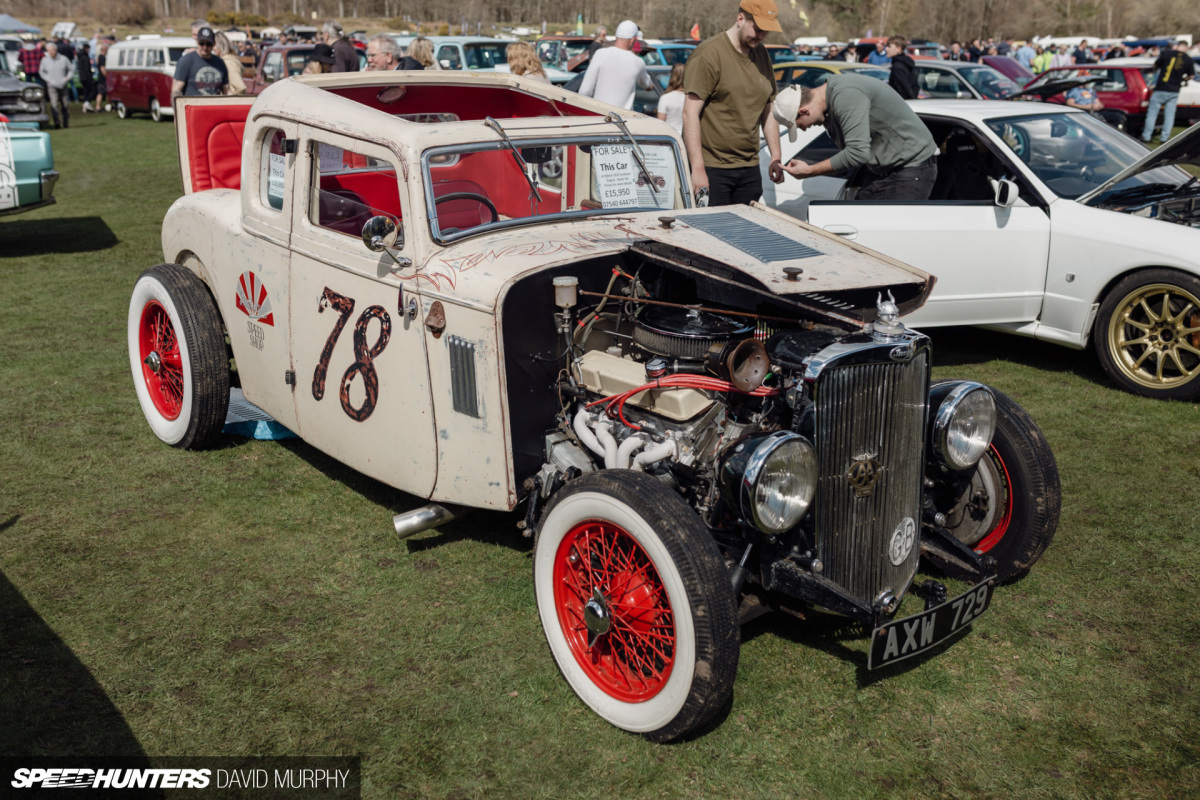
Organised by the Surrey Street Rodders, Wheels Day has a focus on rods and customs, but is a broad event that embraces classics, retro and even some modern stuff.
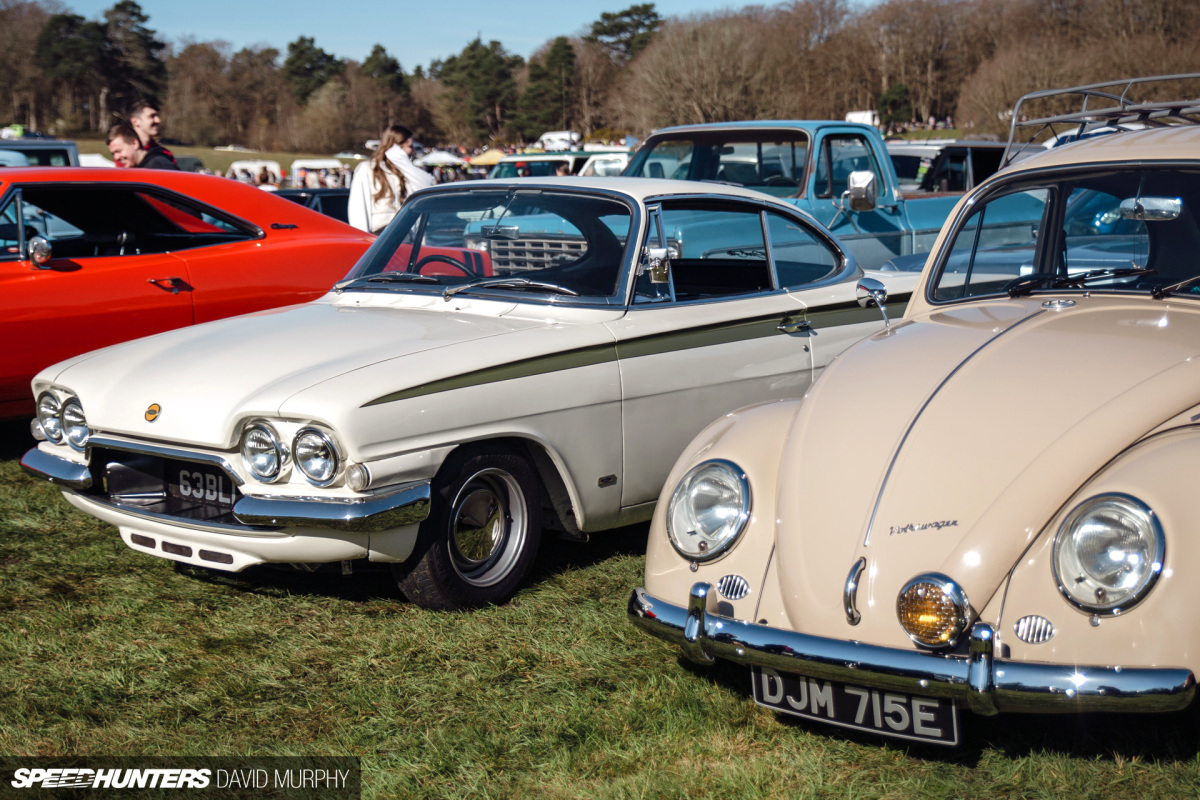
What am I looking for here? Really the key for me is something that I definitely couldn’t see elsewhere in the world. I’m not going to open up a browser and find someone in Belgium or Boliva with a car the looks the same. Wheels Day is good Speedhunting ground; the British custom scene has always had a free-minded and ‘make do with what’s available’ attitude, sometimes to its detriment perhaps, but it is always pretty interesting. Due to Wheels Day’s long-running nature, you can find cars in the field that were around during the show’s formative years.
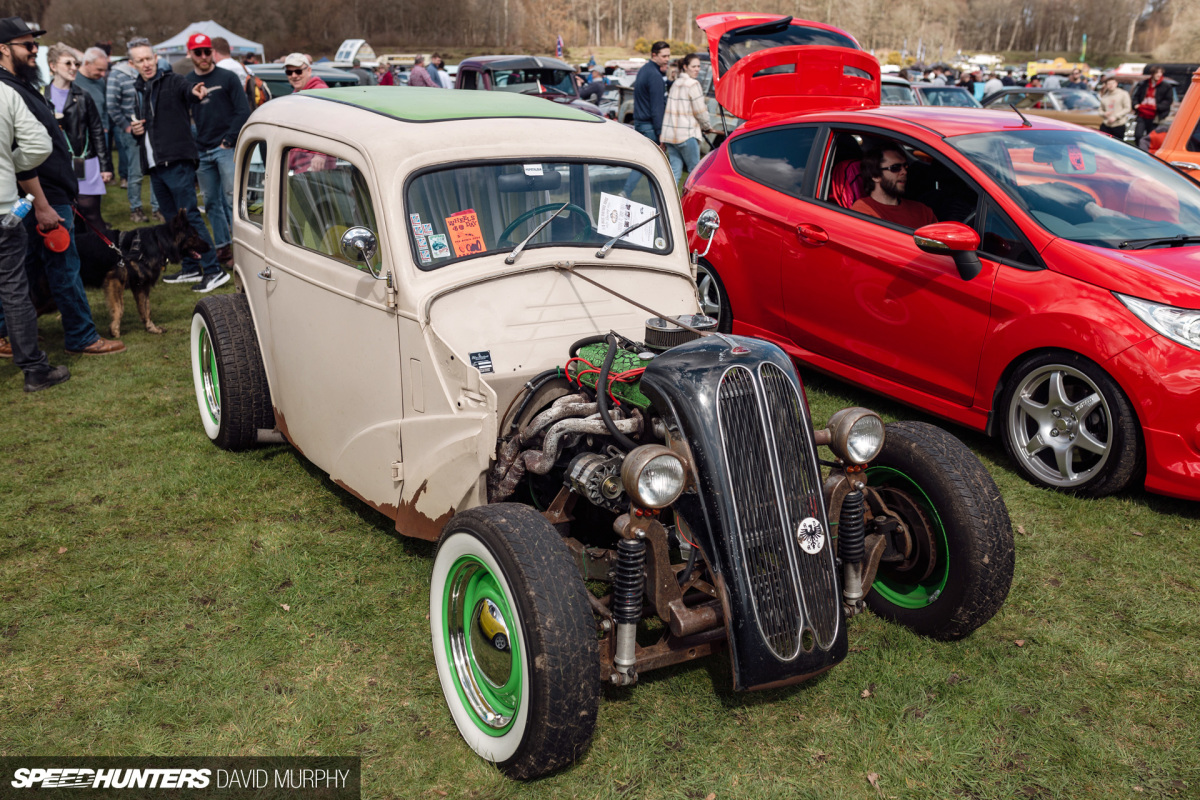
A good starting point for the hunt were very British cars, stuff that would have been modified in lieu of being able to get the more ‘proper’ vehicles over from the United States. For the UK in the ’70s, that meant the Ford Popular 103E.
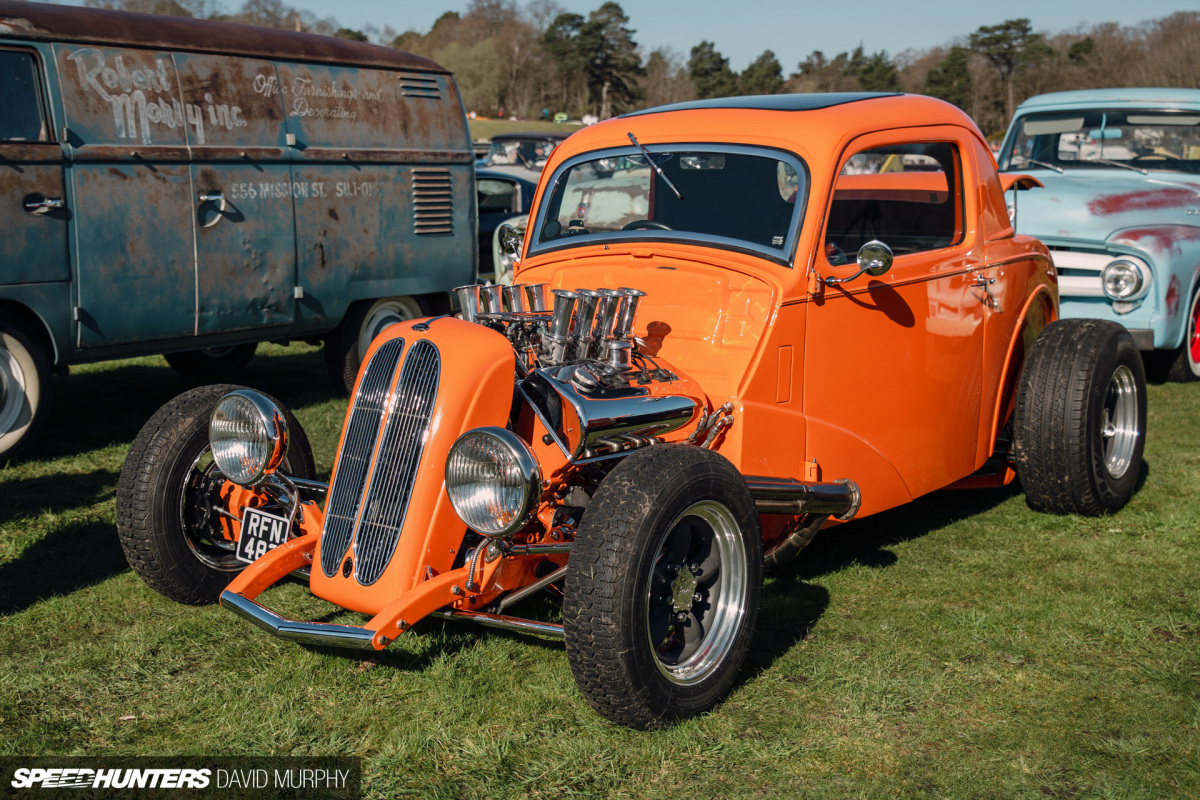
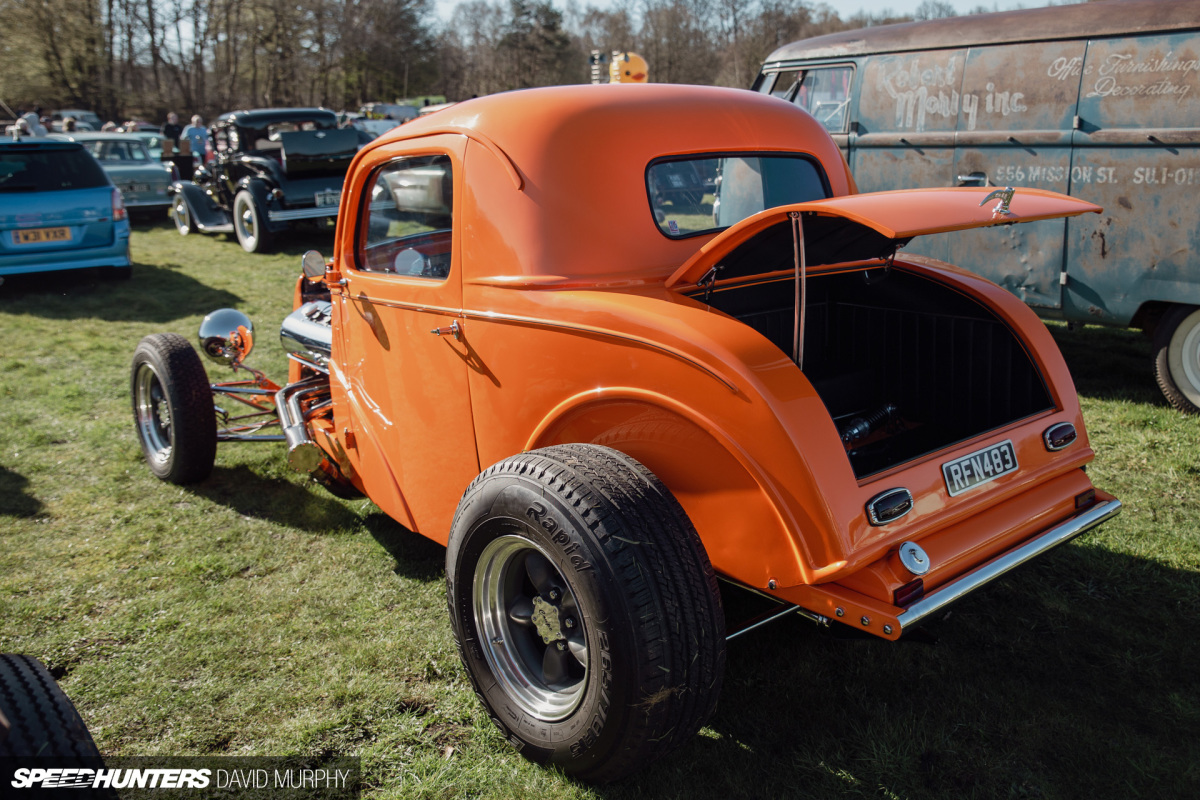
This is our ’32 Ford, a ubiquitous everyman car that came with a little 1.0-litre, four cylinder side-valve engine. In true rodding style though, it often ended up with a V8, Rover predominantly, or a Ford V6. As styles and trends changed over the years the Ford Pop had the ’70s jacked-up rear on a Jag axle look, through murals, into ’80s pastels with graphics, on to modern street rodding and current styles applied to it.
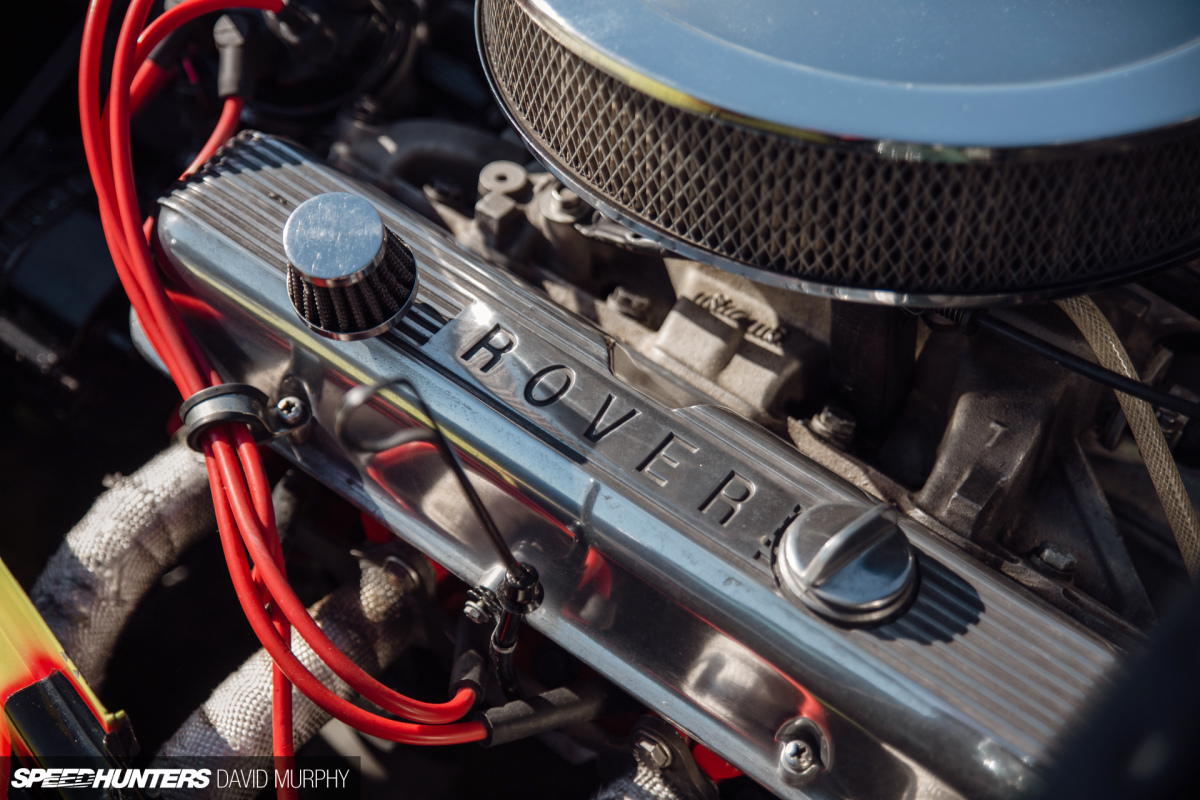
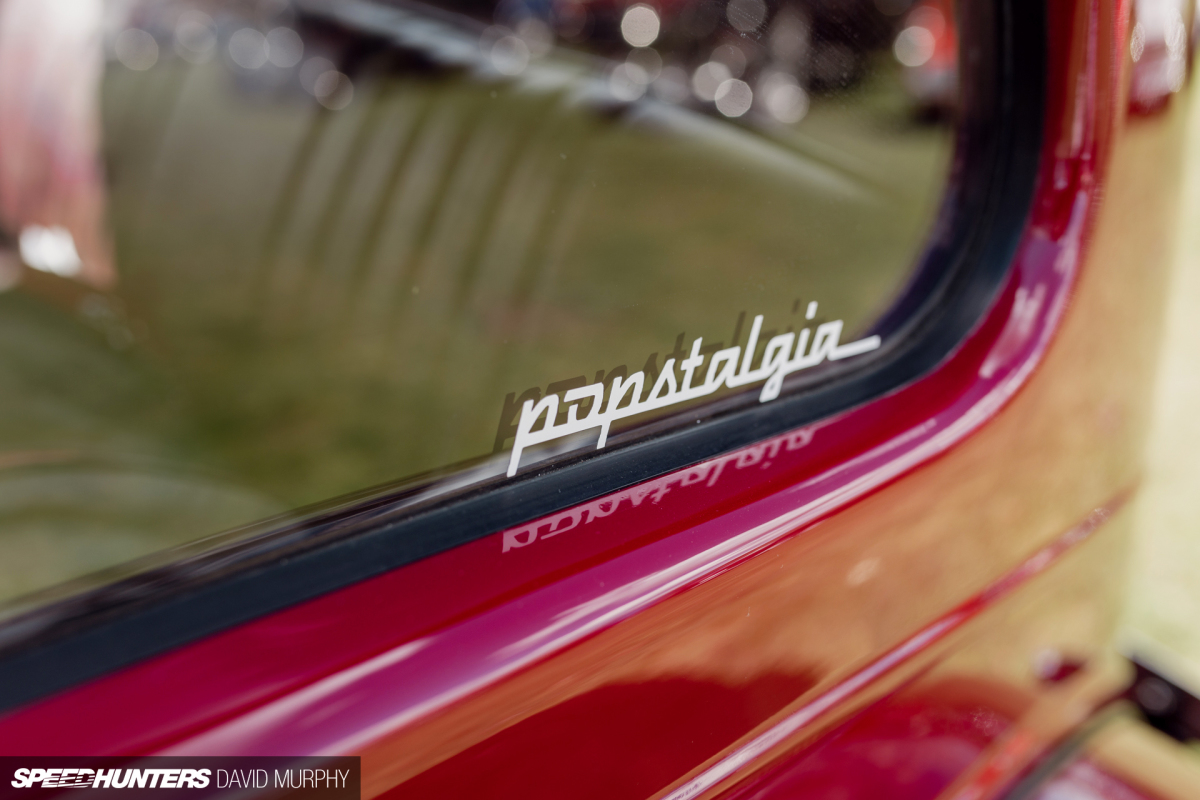
It is a scene within itself, having its own Popstalgia events, new builds coming through as well as survivors that have been around for decades. Whilst the odd car has escaped the British shores, with them ‘popping’ up occasionally as US drag racers, the 103E is still the quintessential British rod.
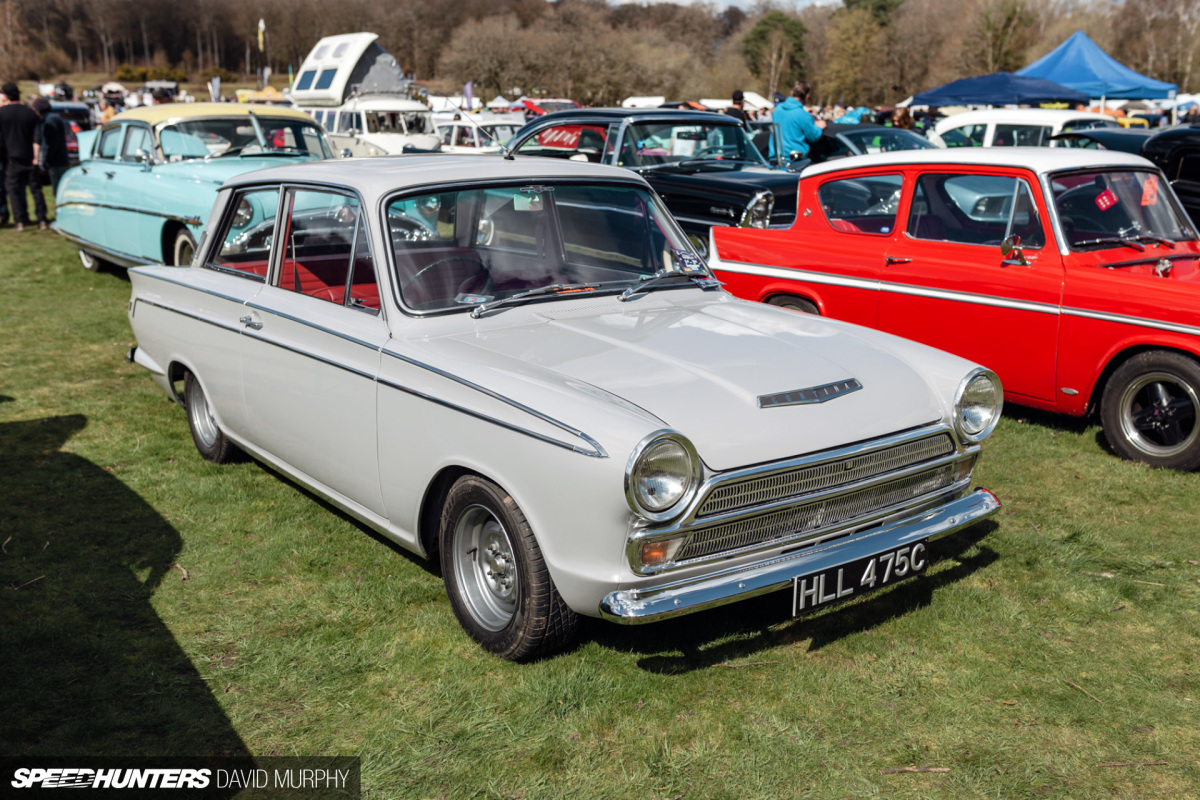
Continuing the Ford theme into the ’60s, ’70s and ’80s, you’ll find a whole array of vehicles that seem to dominate a certain sub section of the modified car scene. It’s a scene that as far as I can tell hasn’t found a place elsewhere in the world.
This scene is so strong in the UK that it supports an entire parts market, a number of print magazines and not a small amount of specialist services. If I were to give the formula it would sound familiar: take a saloon, lower it over some 13- or 14-inch wheels, add some performance mods. This is what has come to be known as the ‘South London Look’.
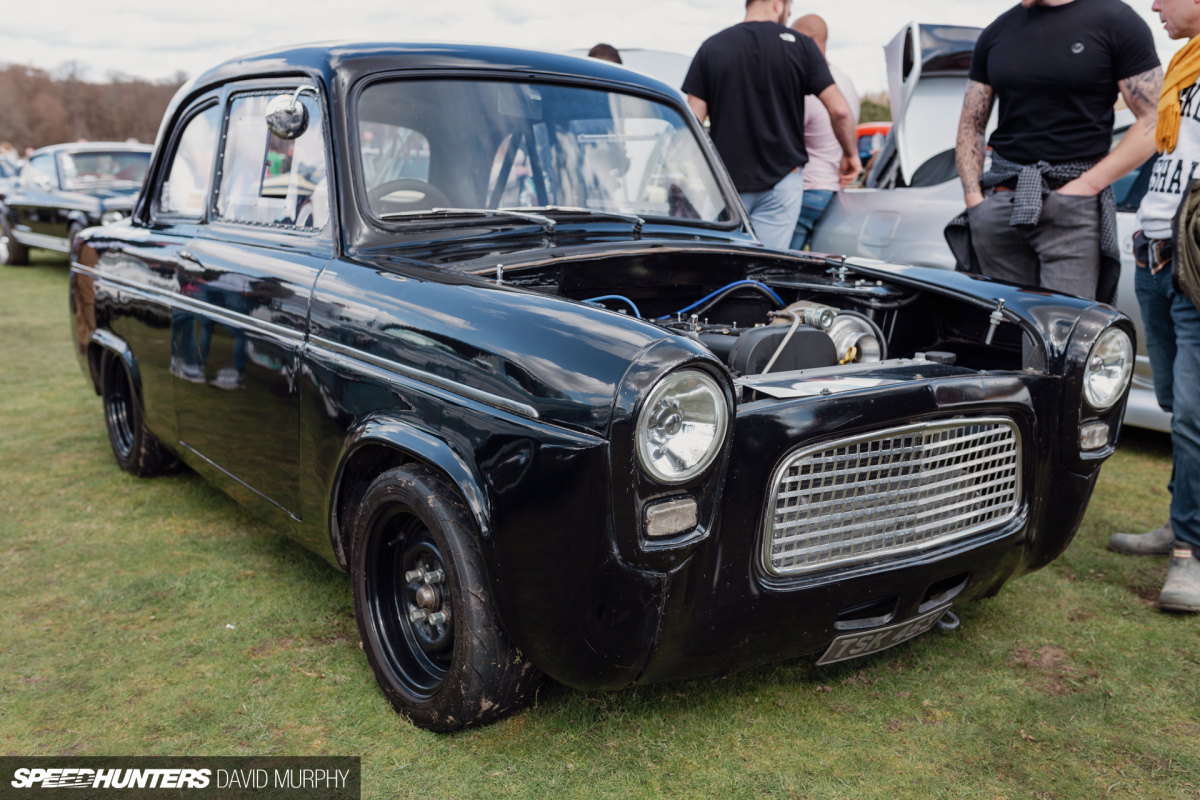
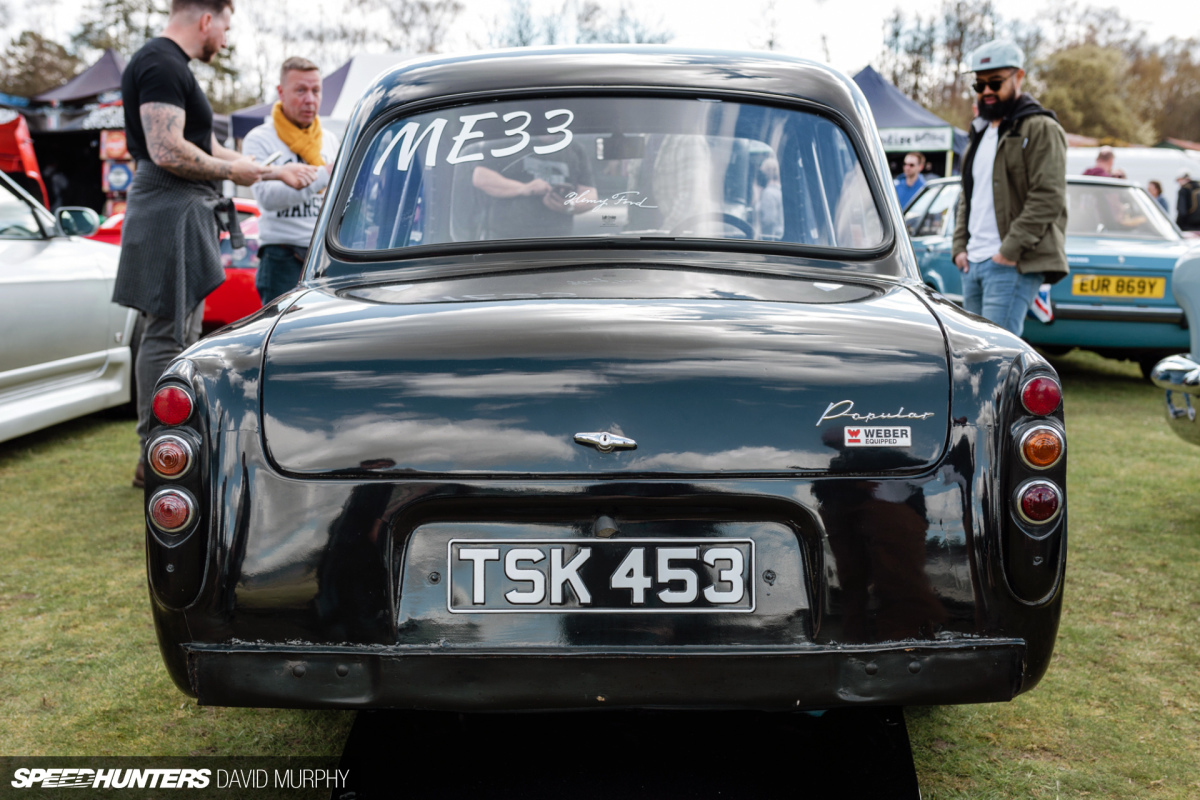
Where it diverges from from something like a shakotan car, which is built to a similar formula, is the purposeful nature of the cars. They are low, but they aren’t necessarily sill-scraping. The performance mods aren’t just for looks and noise; some of the engines are more than a little hot, often close to outright race spec.
However, these are street cars, for street activities, blasting around the A205 and showing a clean pair of heels to everyone else.
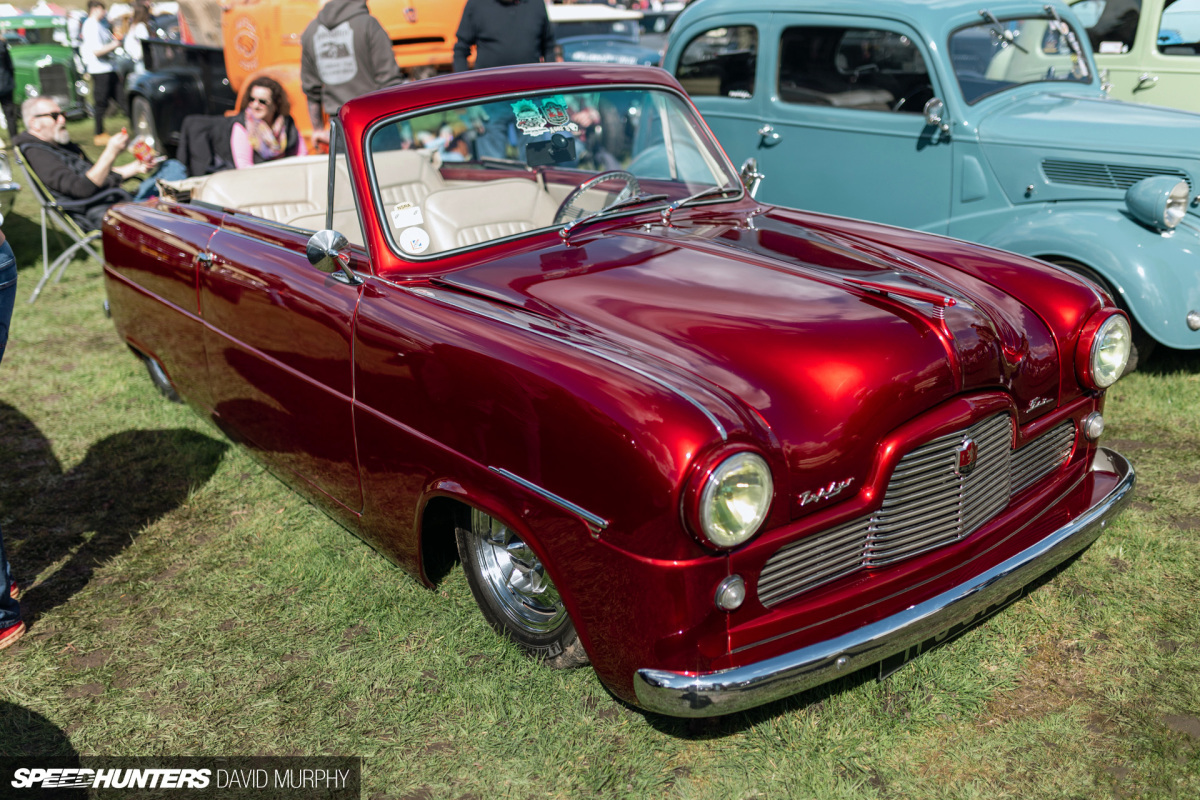
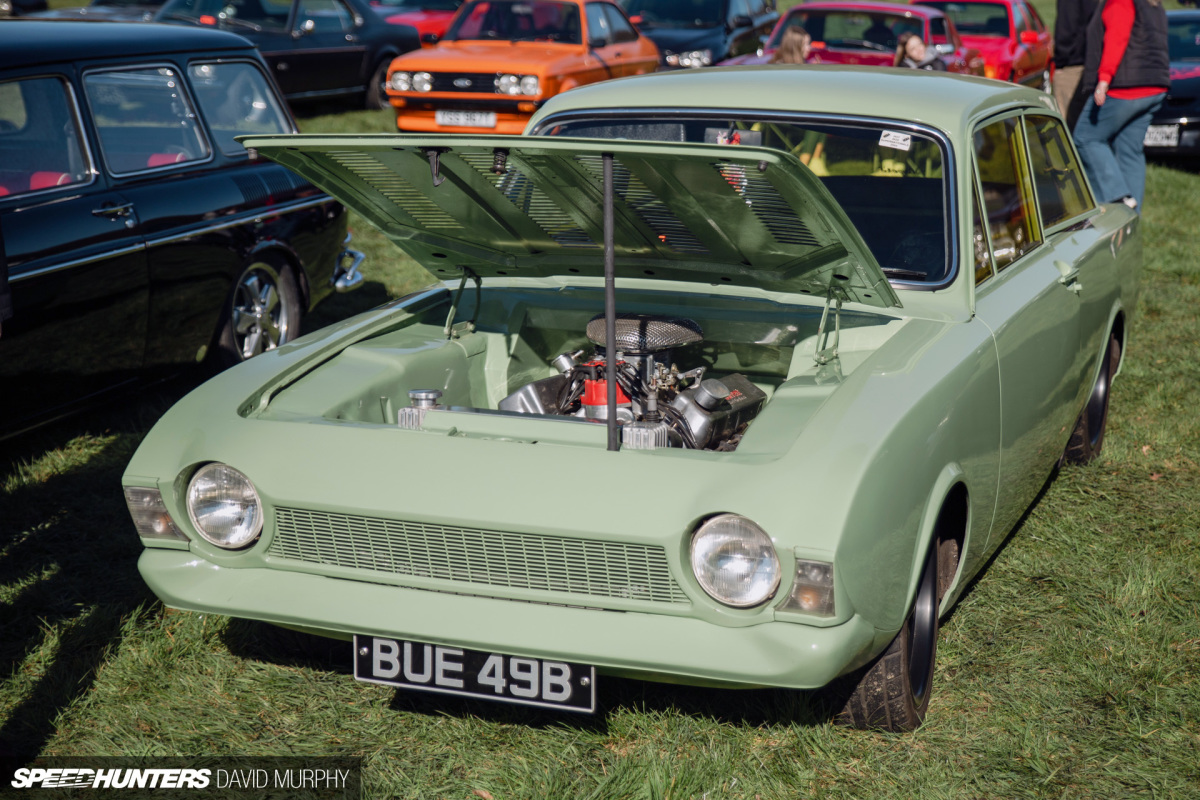
Fords have also provided a great base for custom cars in place of a Mercury or Tri-Five Chevy too. You can find in this field full-house custom Zephyrs, Zodiacs and Consuls. They’re done with every bit as much detail work as high end sleds and customs in the US, but suitably smaller for our roads. These are an absolute testament to being able to take one style and apply it to another different car. Making the best of what is available locally rather simply importing the ‘right’ car.
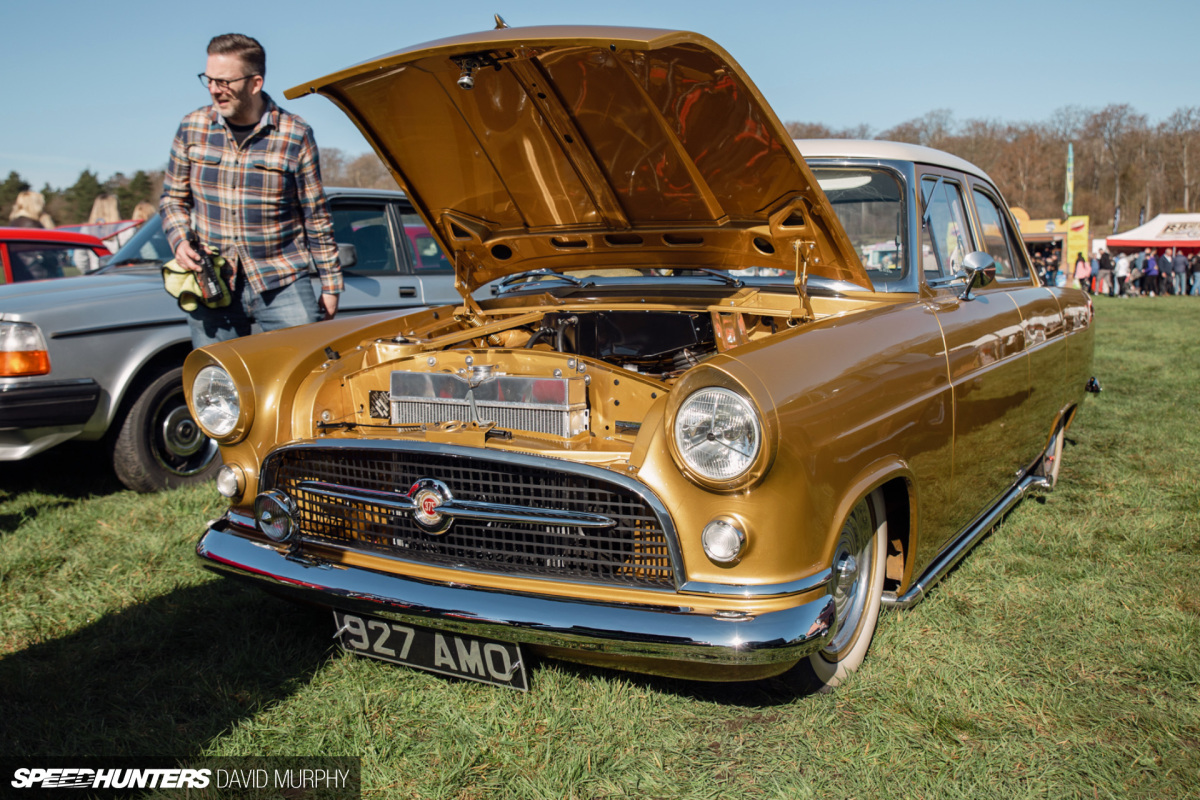

Obviously the UK is more than just fast Fords of various kinds. With a long and involved history of car manufacturing there is a huge variety of base vehicles to choose from, many of which never made it out of the UK, or did in only limited numbers. From Rovers, through to various Vauxhalls, MGs and other smaller manufacturers, it’s a country ripe for finding a suitably shaped car, then throwing a look on to it. Maybe I can’t afford a four-door C10 Hakosuka now days, but a Triumph 2000 isn’t anywhere near as expensive and the mods will work the same. Or perhaps that Vauxhall Magnum or Firenza coupe really does look like a KPGC10, if you squint a little. Apply the formula and create something new.
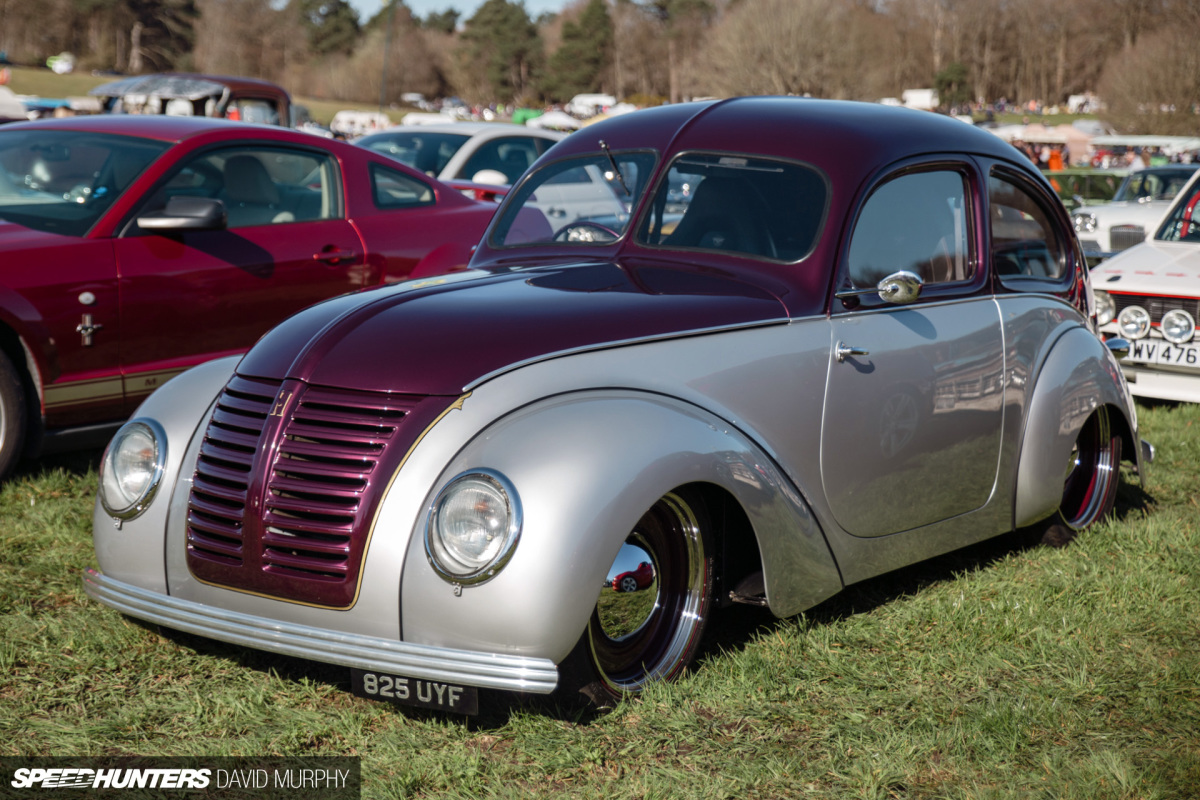
All countries have their local heroes and some names are large enough to be recognised elsewhere. I’d be interested to know how many people outside of the UK custom car scene have heard of Dave Rothwell? He has been turning out incredible builds in the UK for years, each unique and often on very unusual base cars. It was a treat to see the ’39 Hanomag he built.
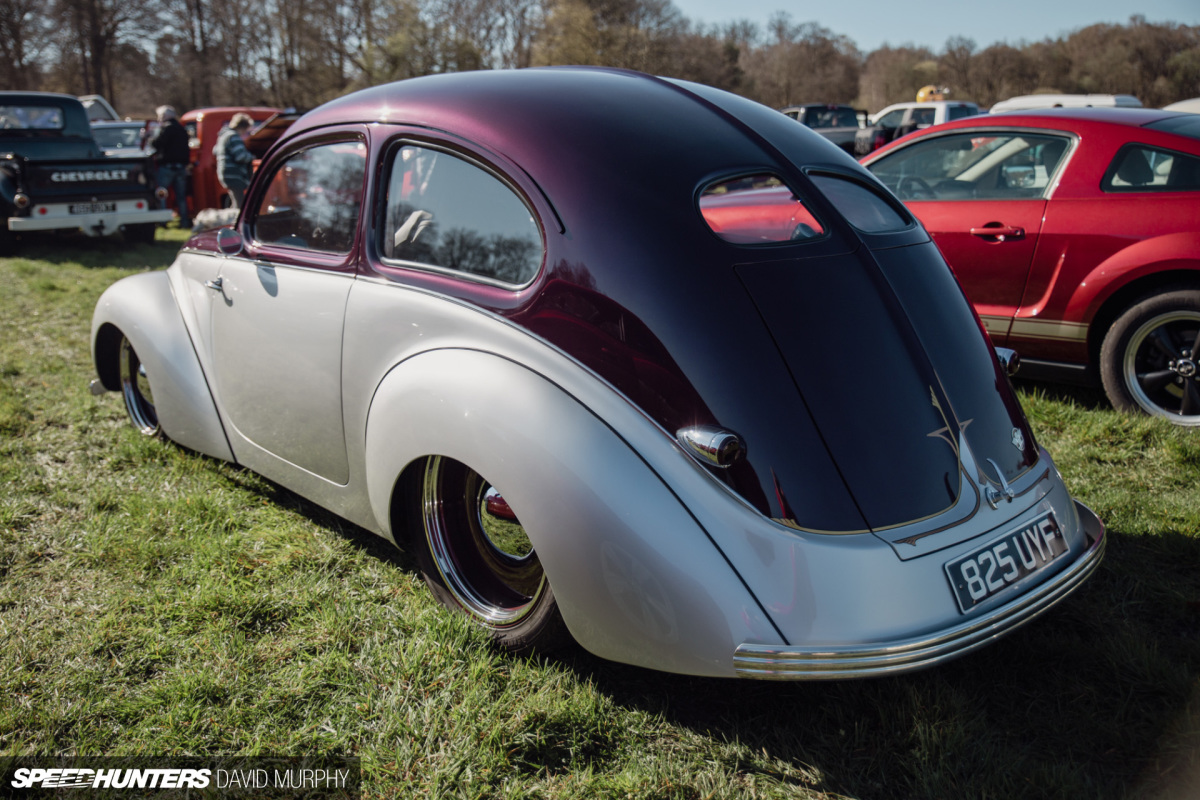
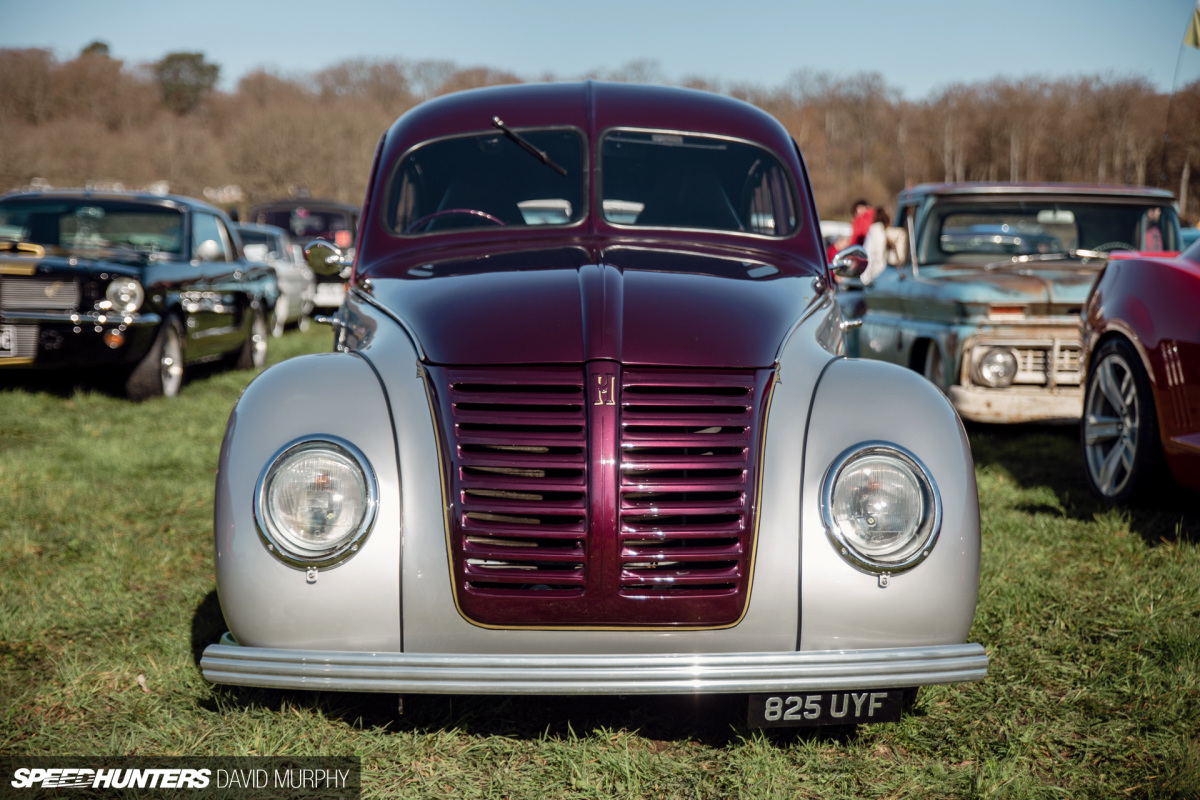
Powered by a BMW engine, this car is a total work of art. After Dave sold it the next owner added some more work including changing the paint. The current owner is very much enjoying the car, and the unusual nature of the base vehicle means not everyone knows what it started out as.
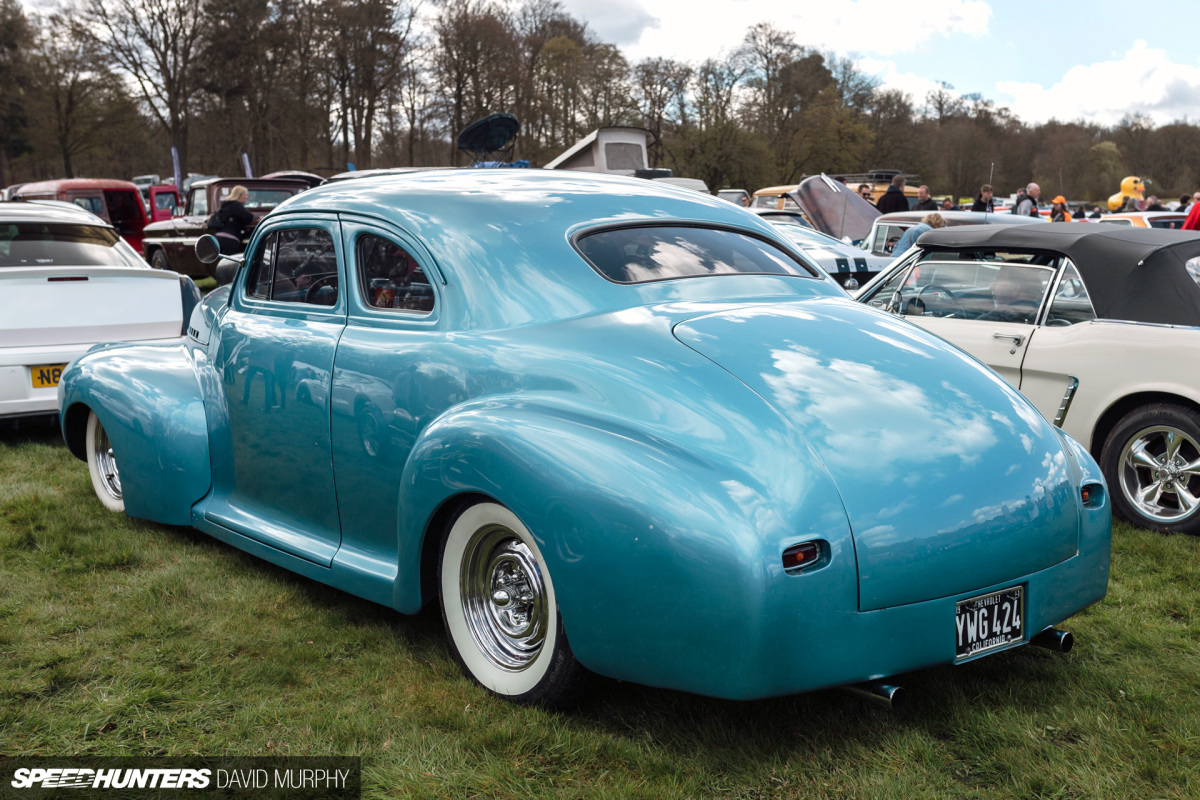
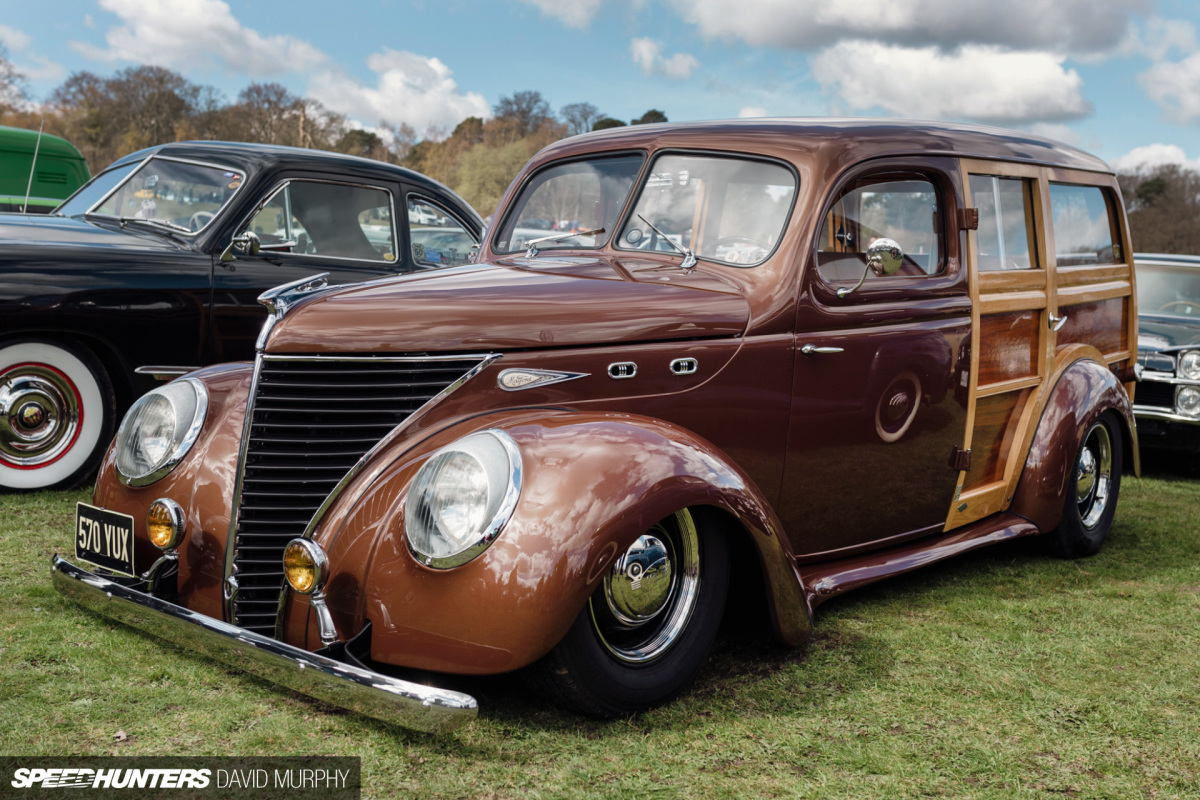
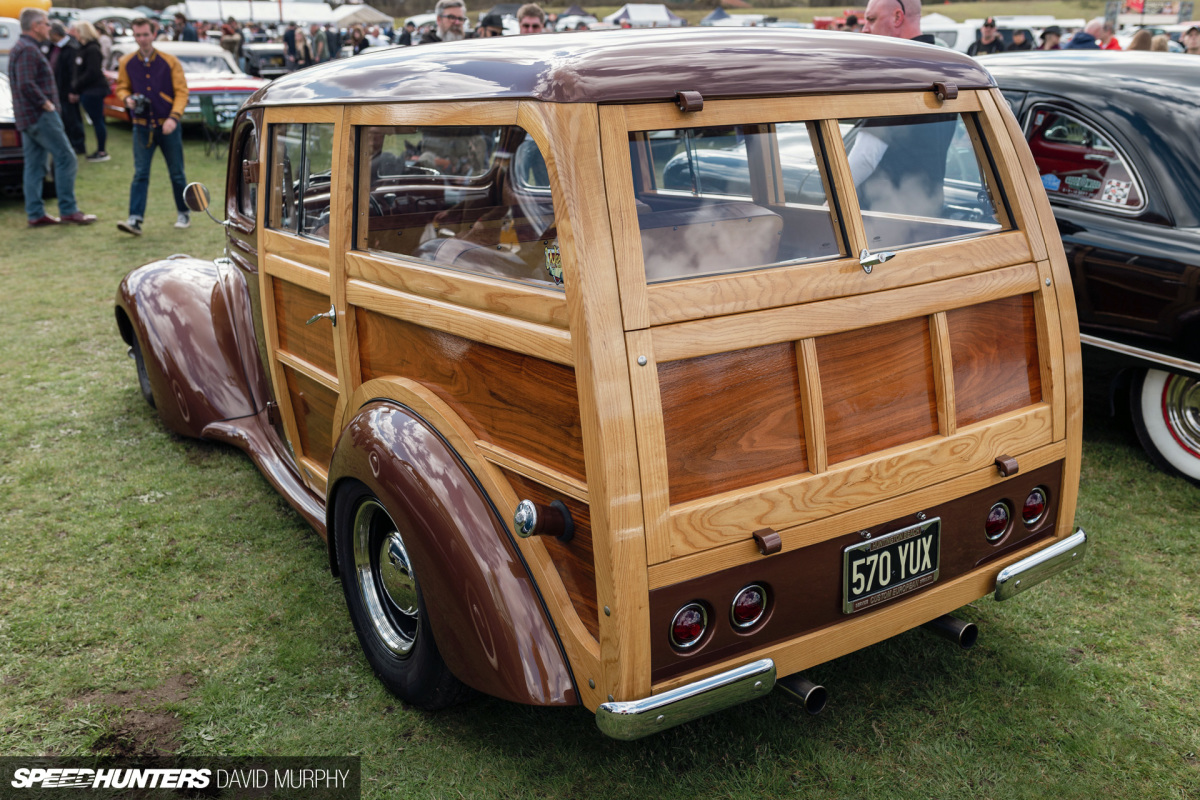
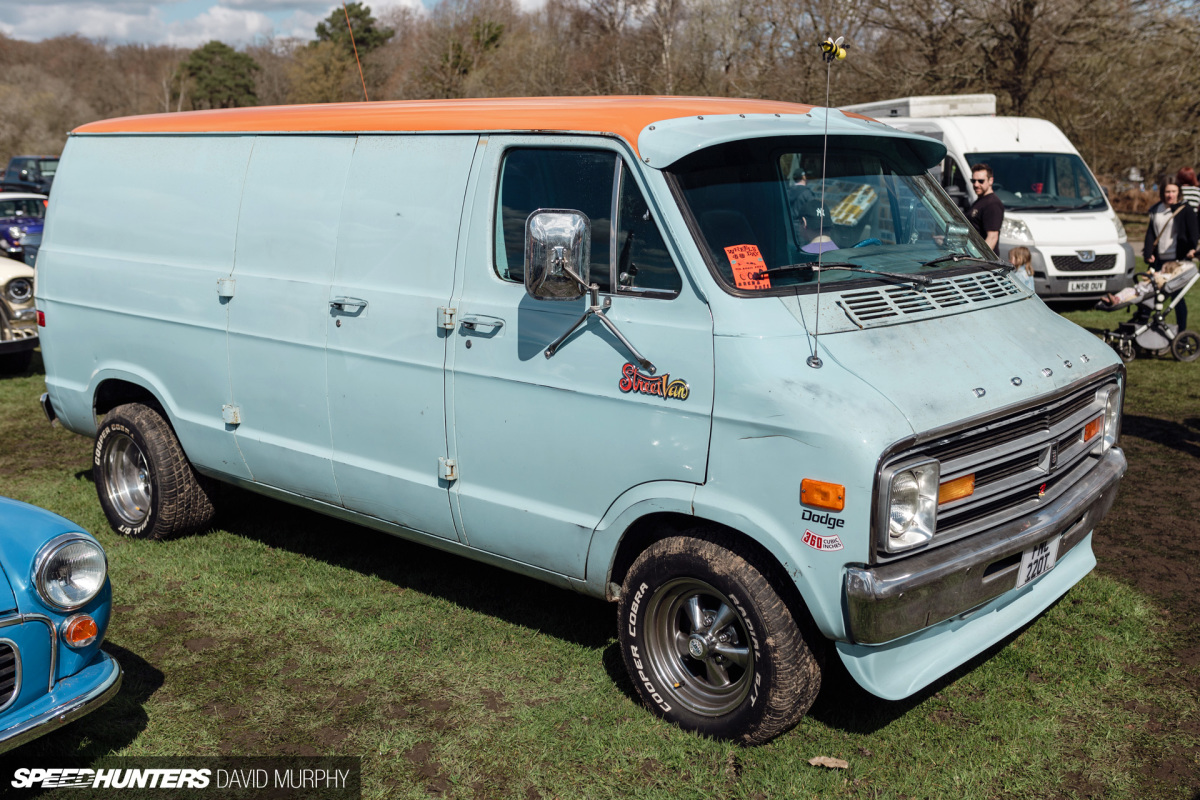
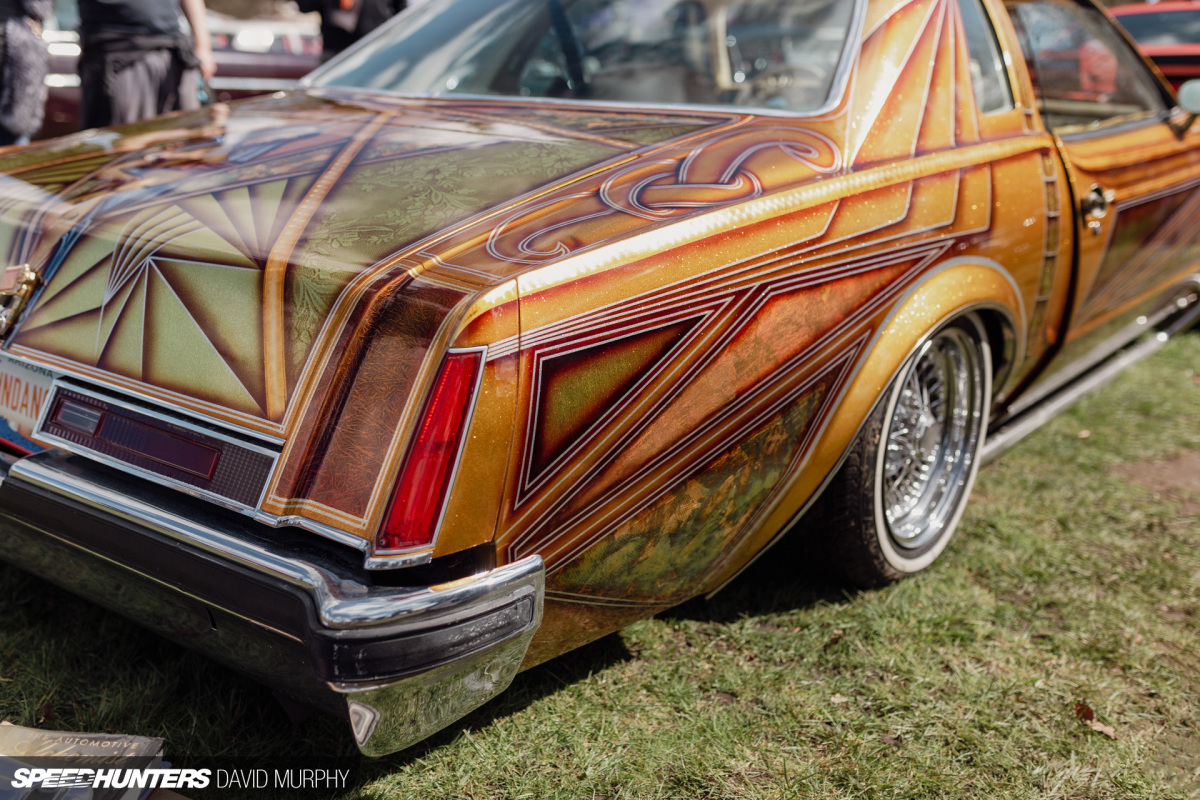
All of this isn’t to say that Wheels Day was devoid of cars that look like they would be at home in California, or even Osaka. Plenty of the show field content is that melting pot of styles, particularly leaning to hot rods. There were some world-class traditional builds, as well as later street rods and customs. Some very unusual things were floating around too, including a gasser-style pickup, and American street vans, which seem to be picking up pace within the UK scene.
No scene truly thrives by being completely sealed off from outside influences. The greatest work happens by taking influence and pushing it through a different filter. Looking globally and thinking locally or vice versa really feels like the path to glory.
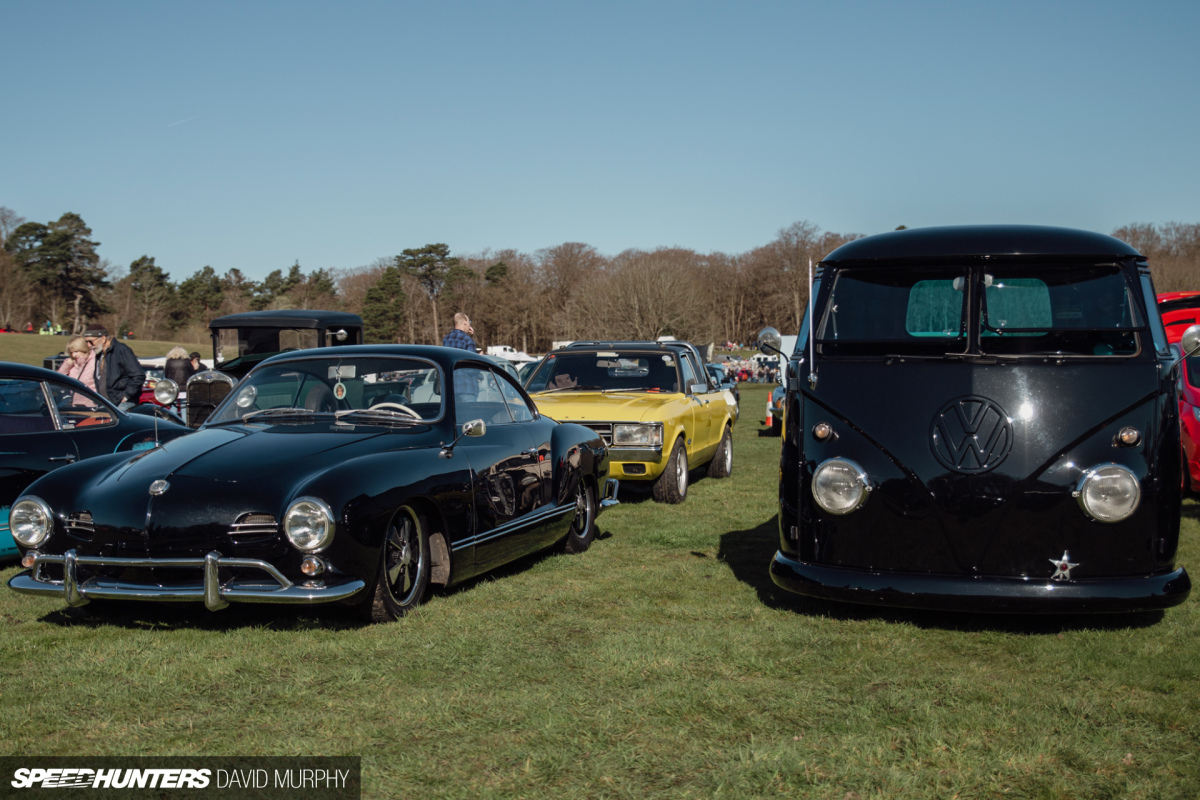
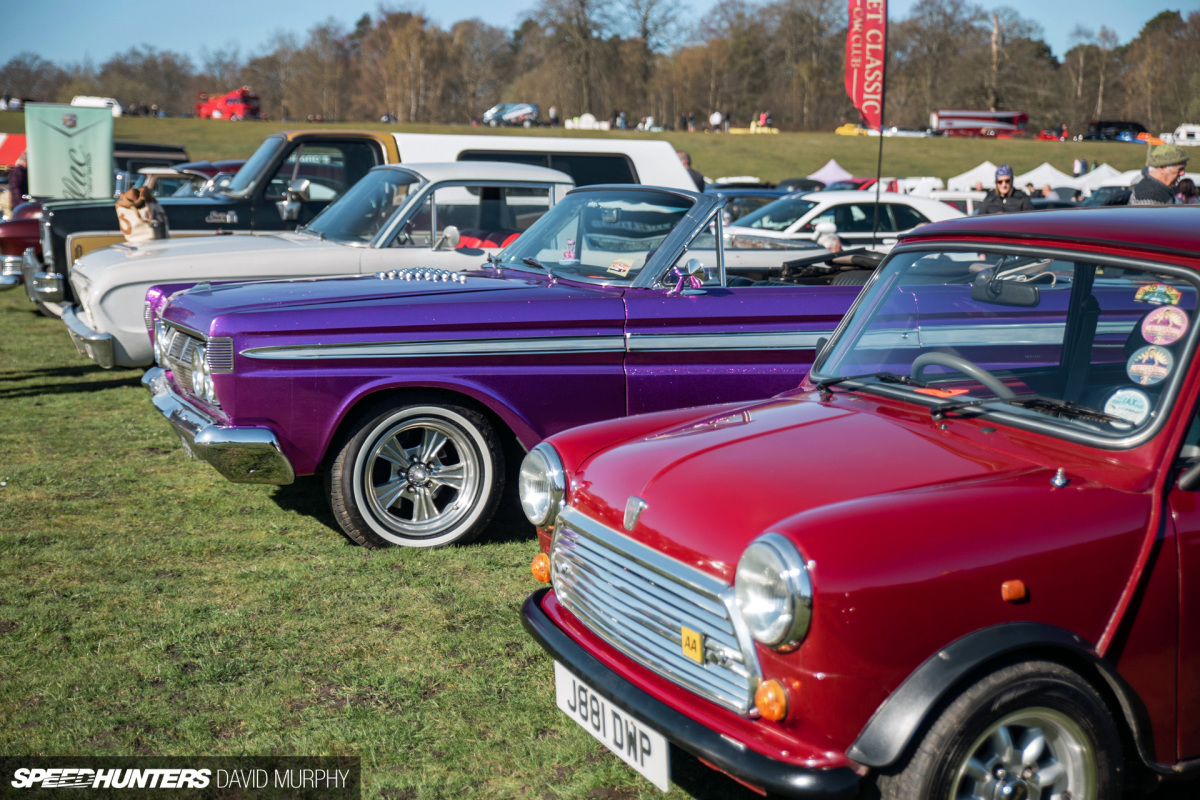
So maybe that Cal-Look Beetle could be a Renault Dauphine or a 4CV? Maybe that Datsun 510 could be a BMW 2002? Maybe that ’32 Ford could be a Humber? There are no actual rules.
David Murphy
Instagram: retroridesofficial
retro-rides.org
